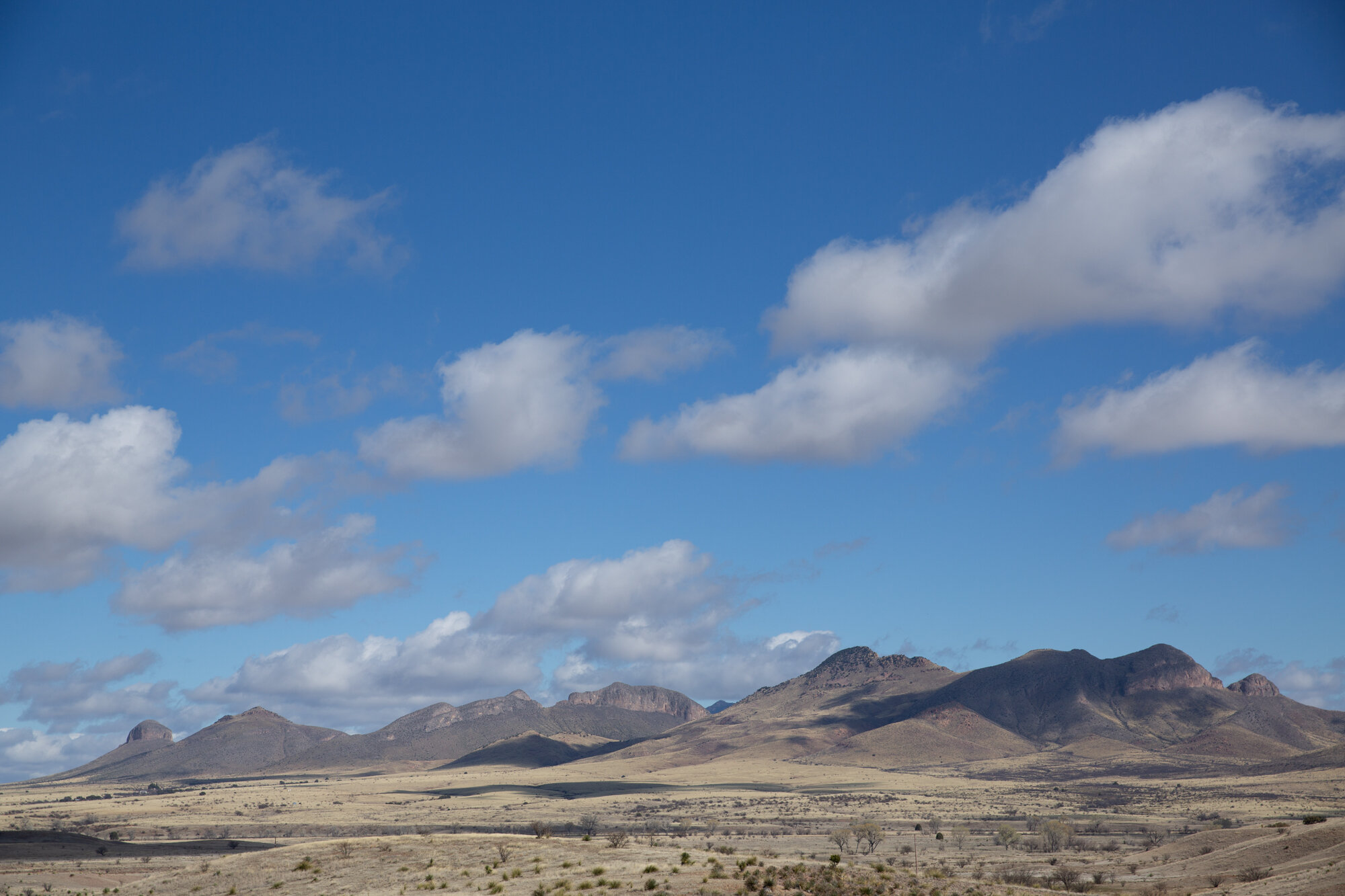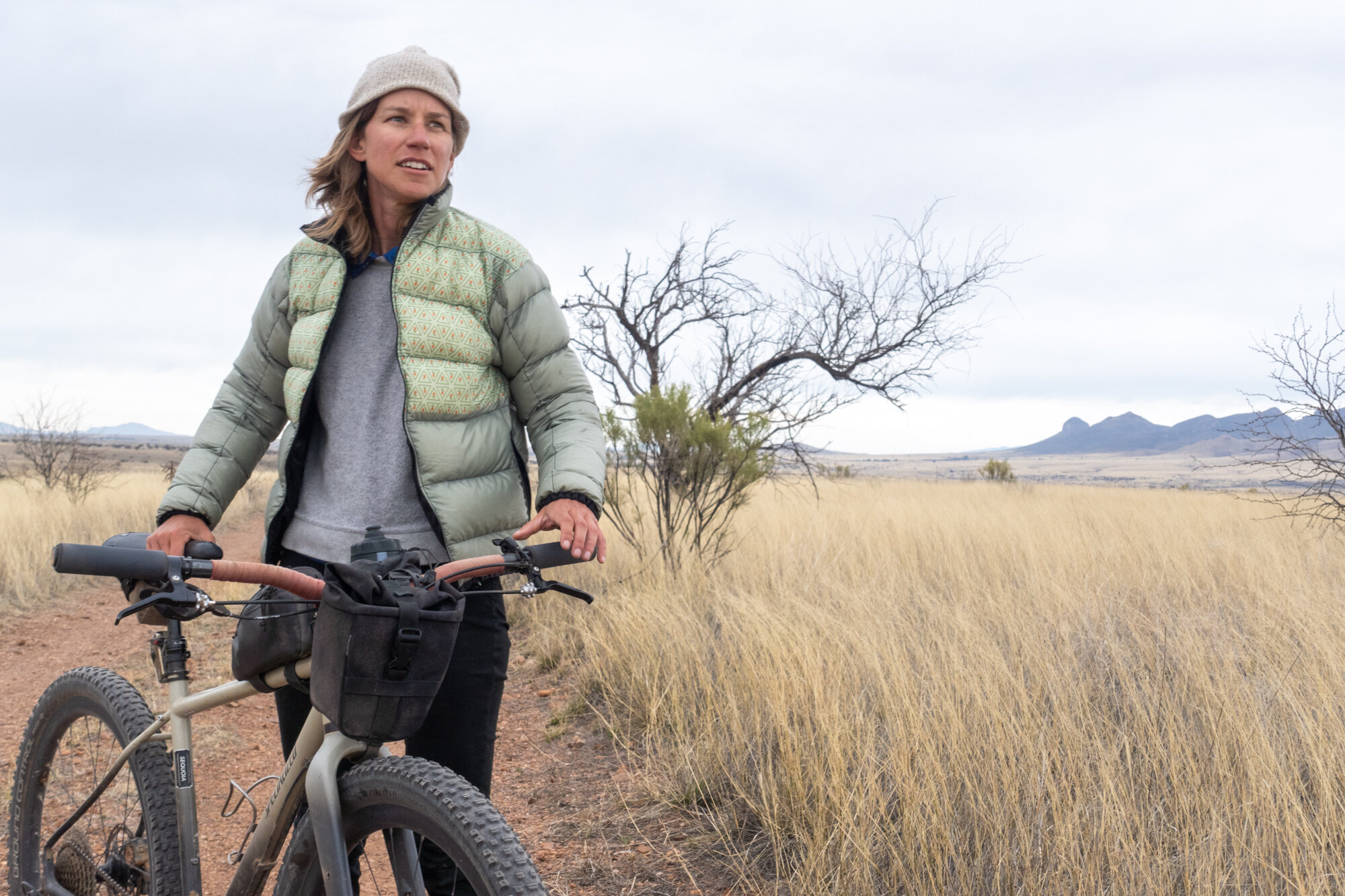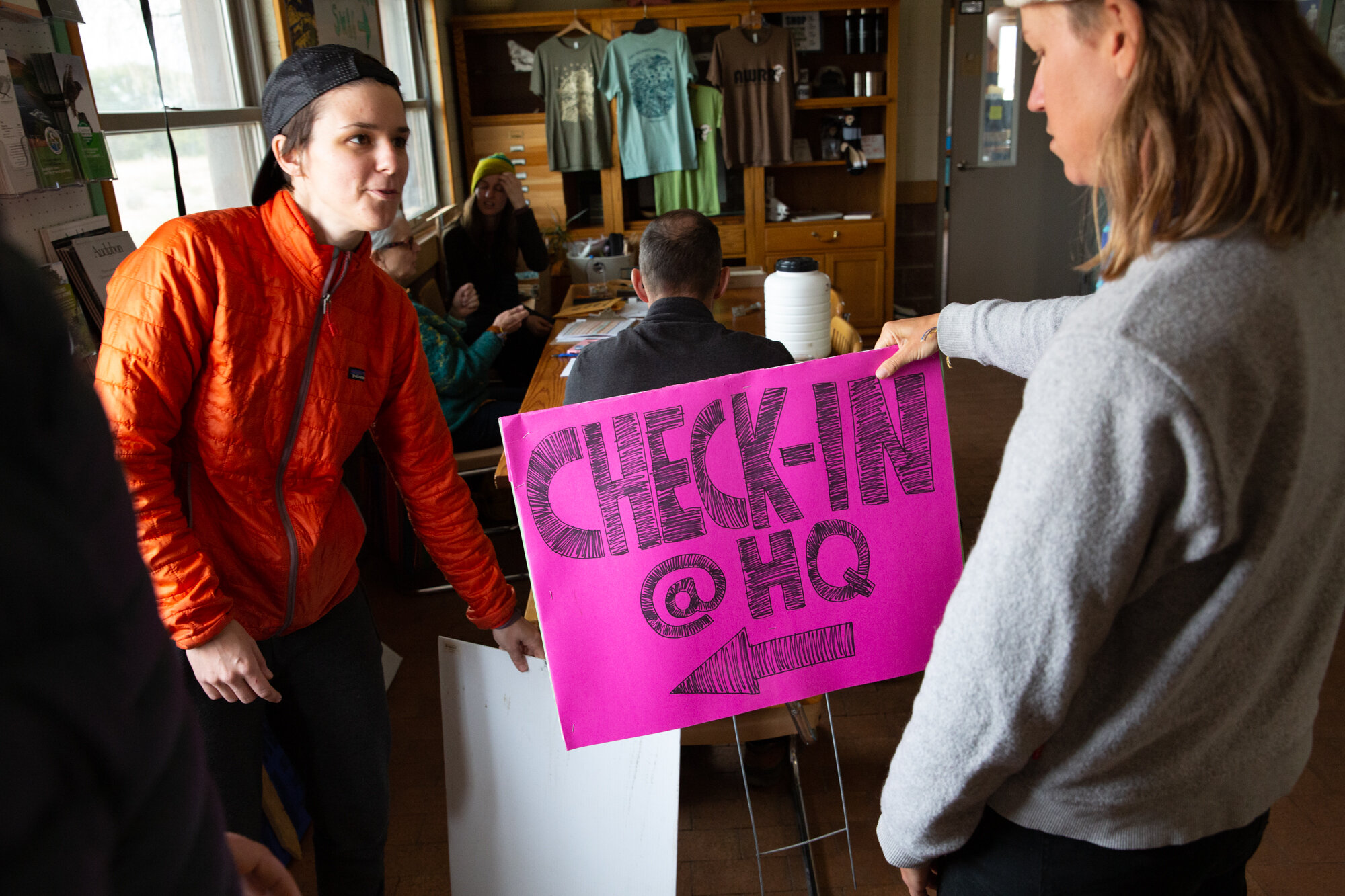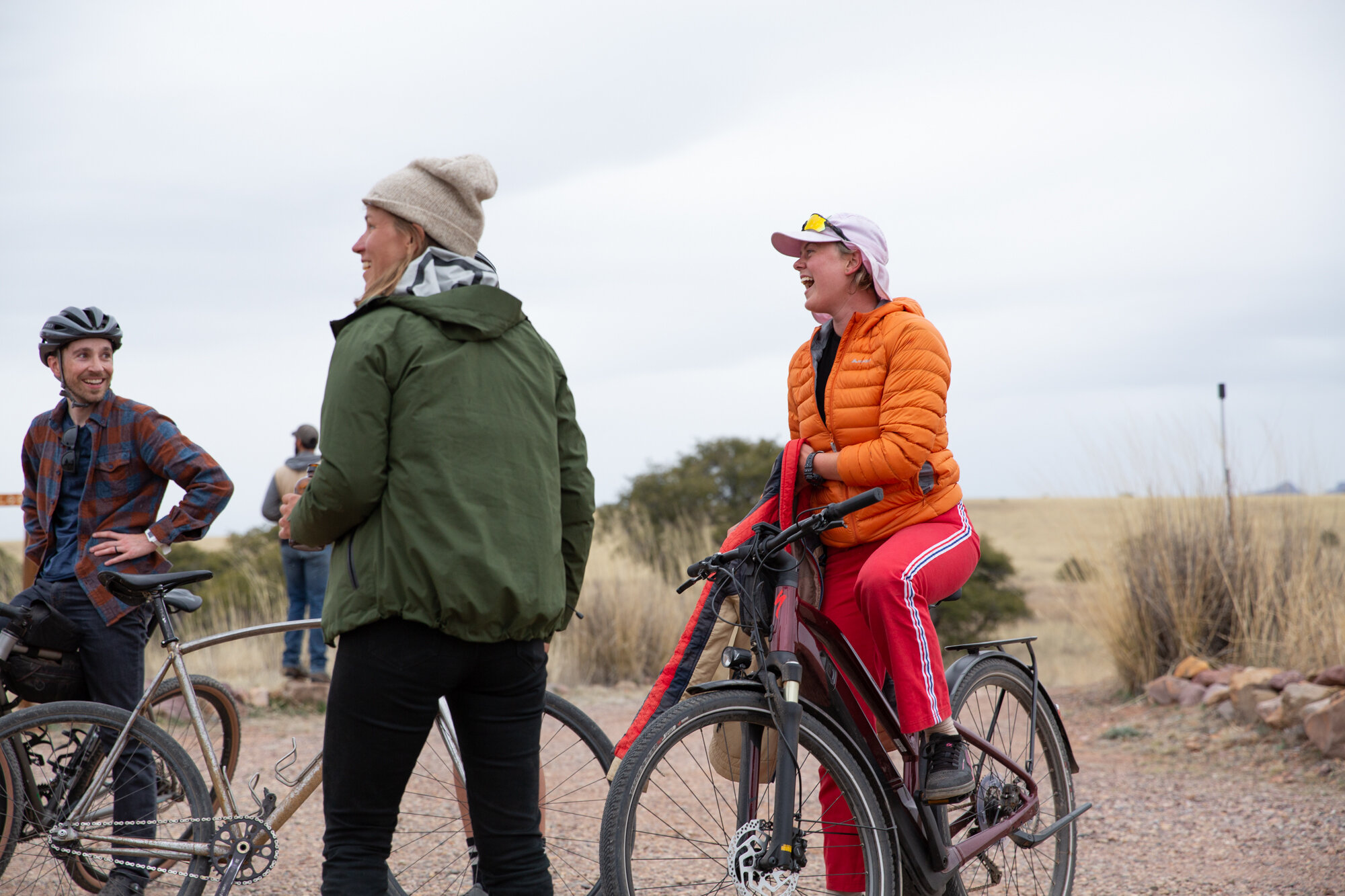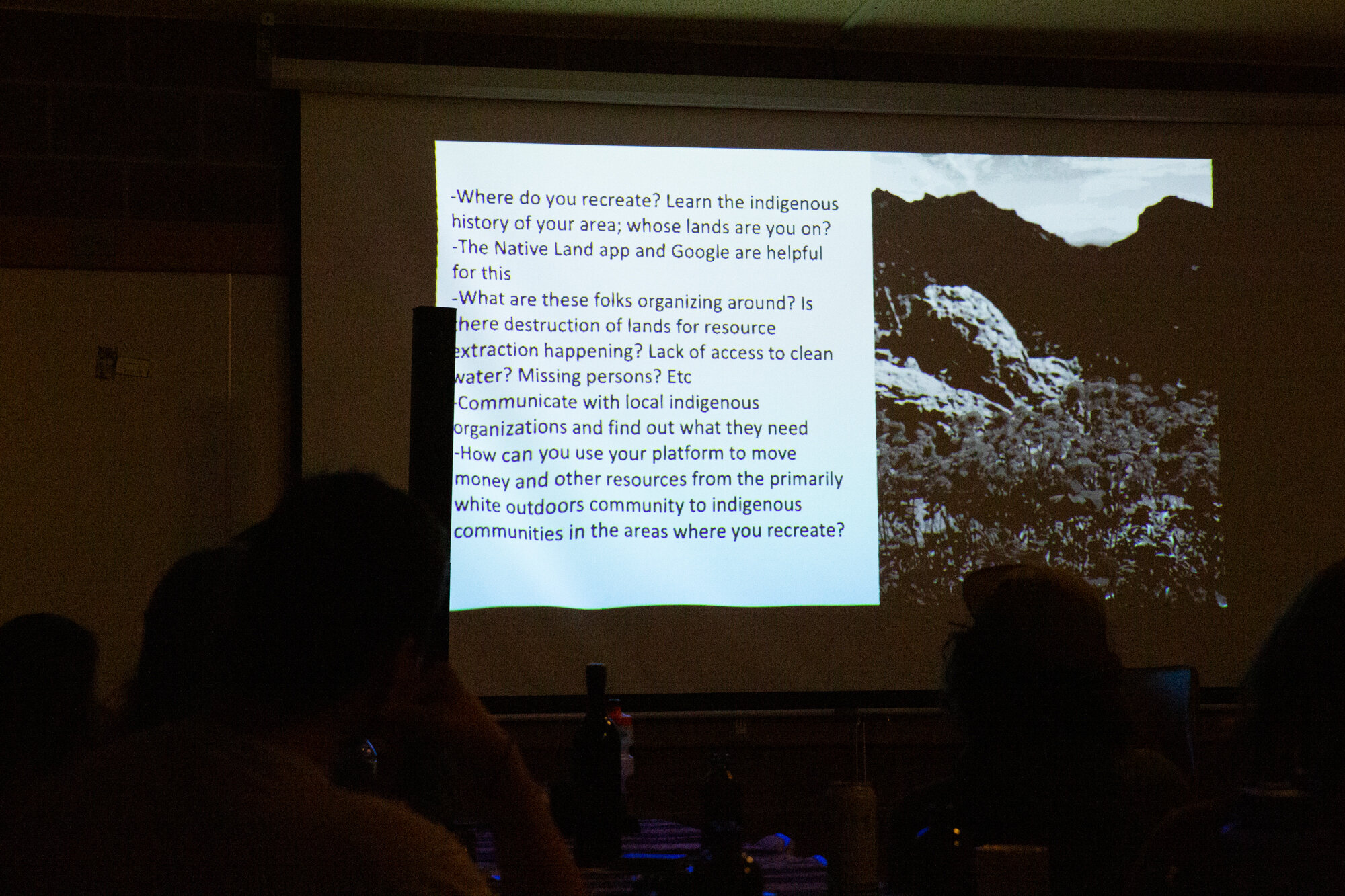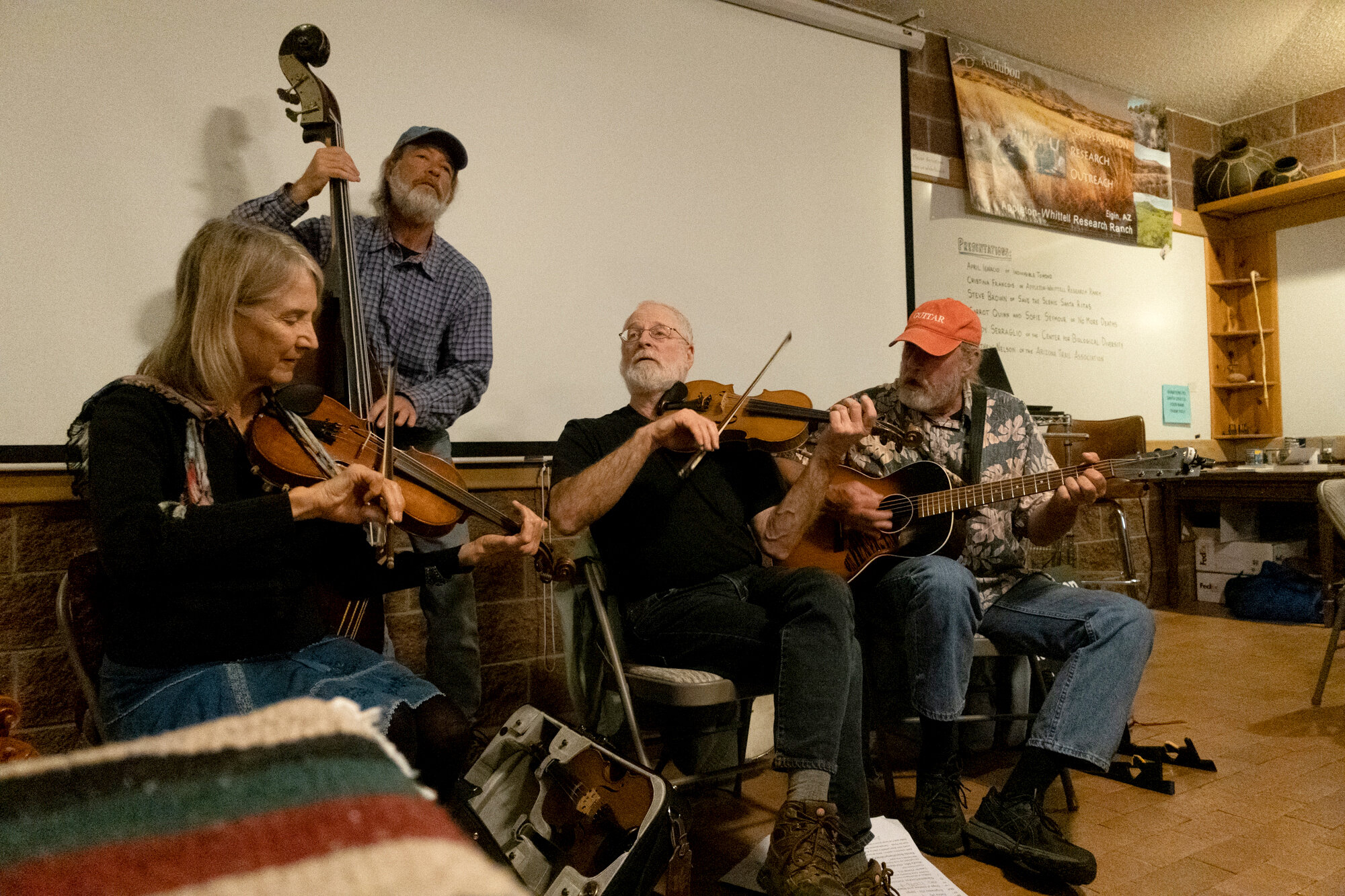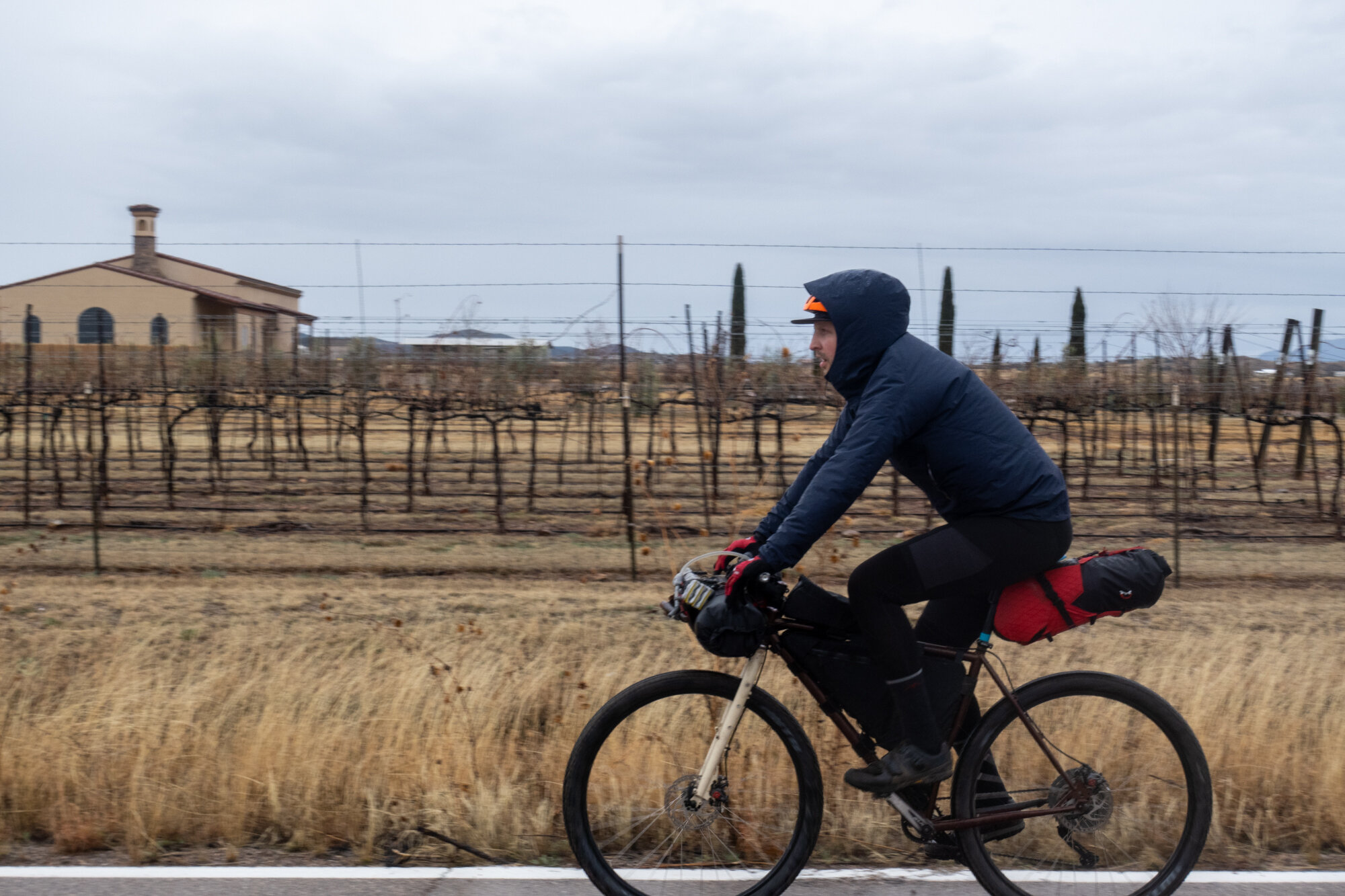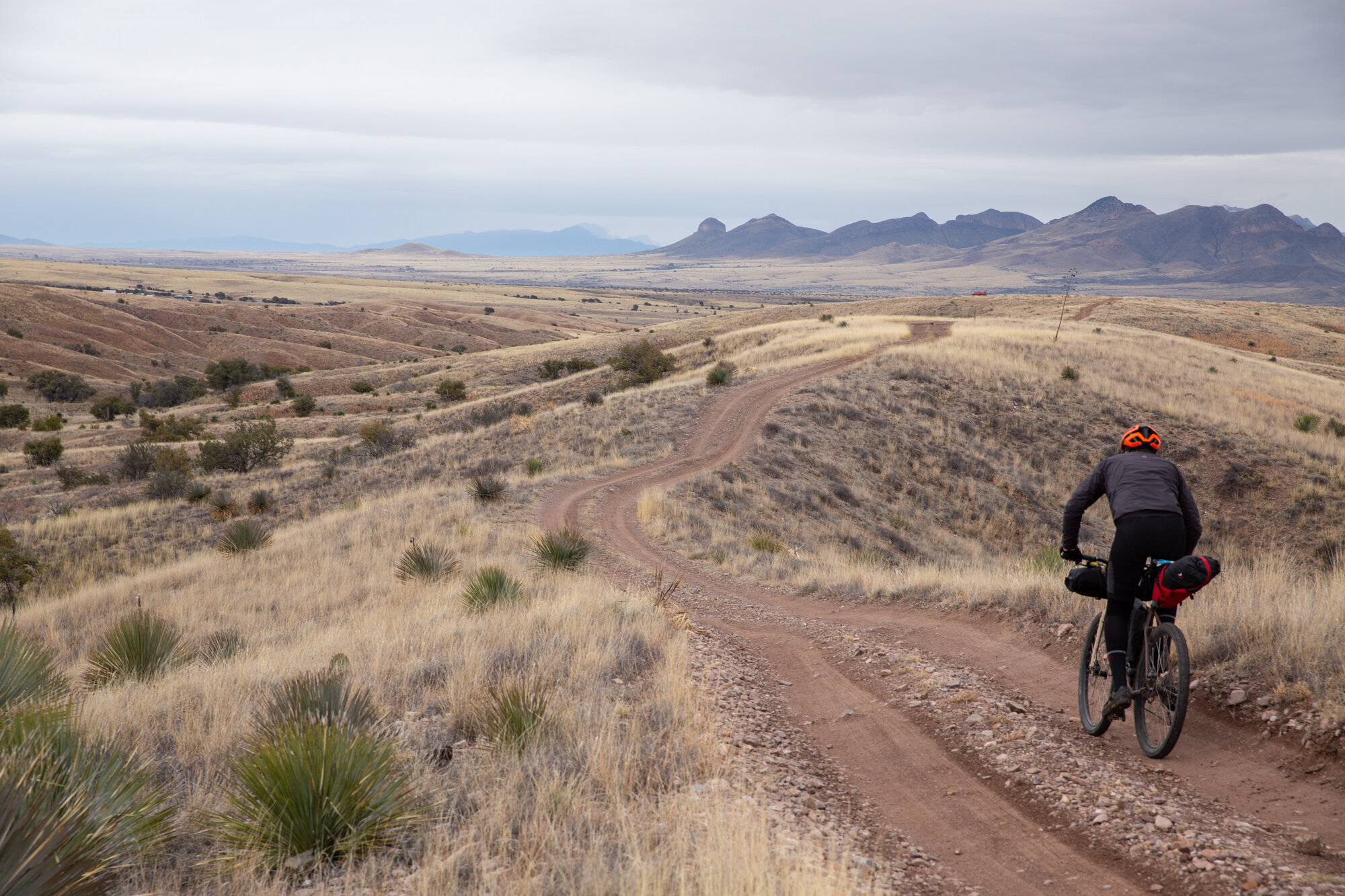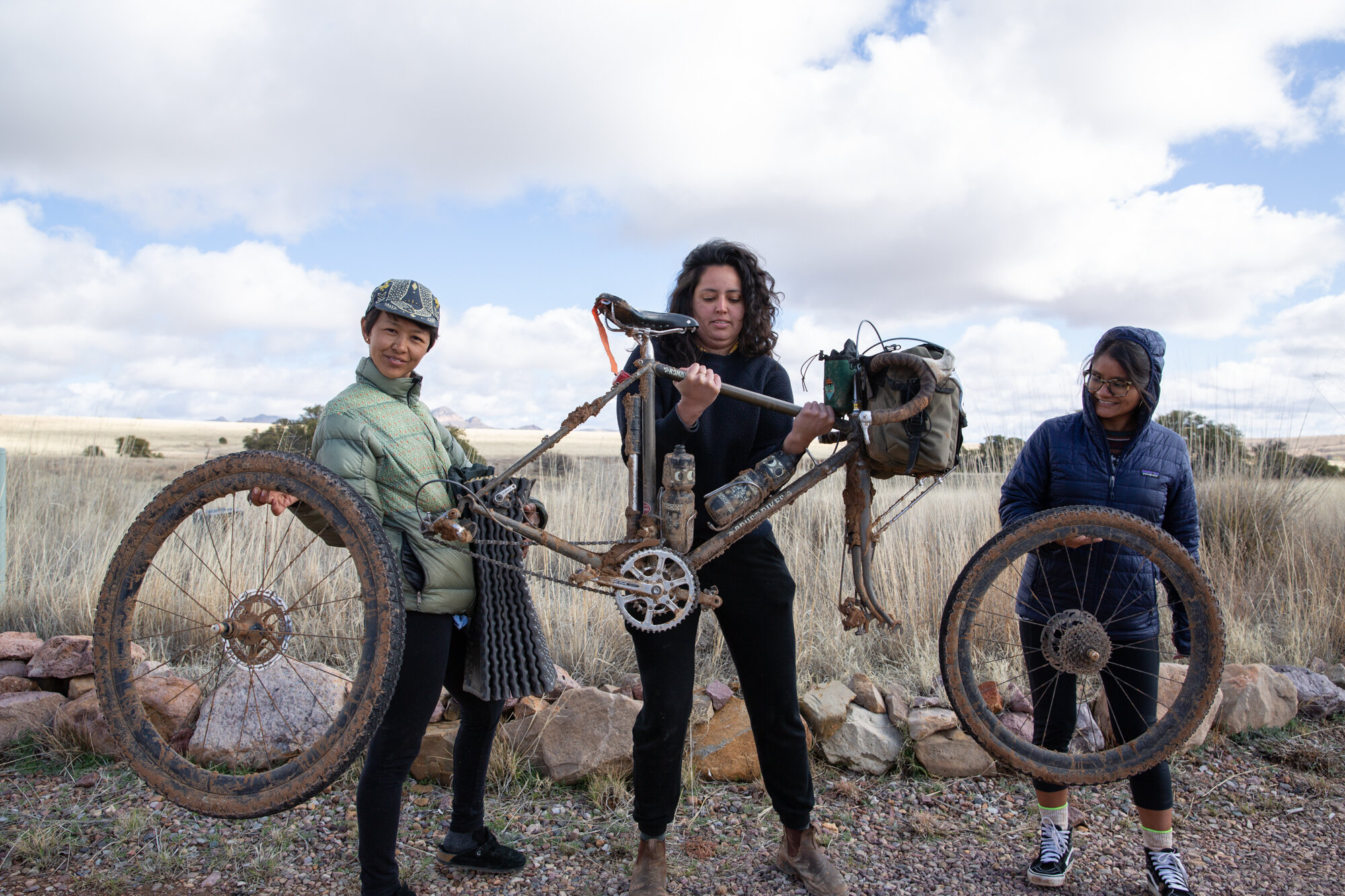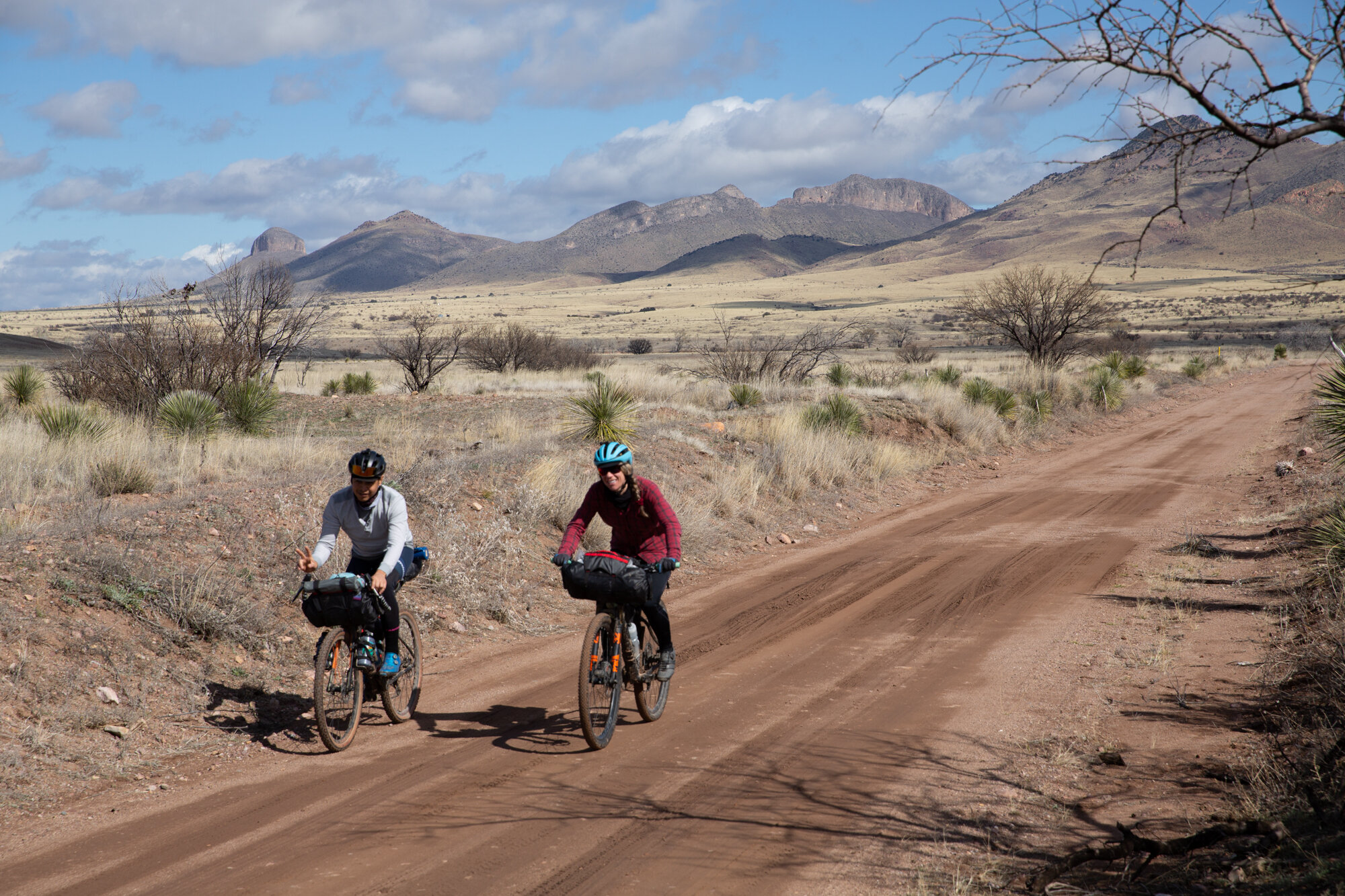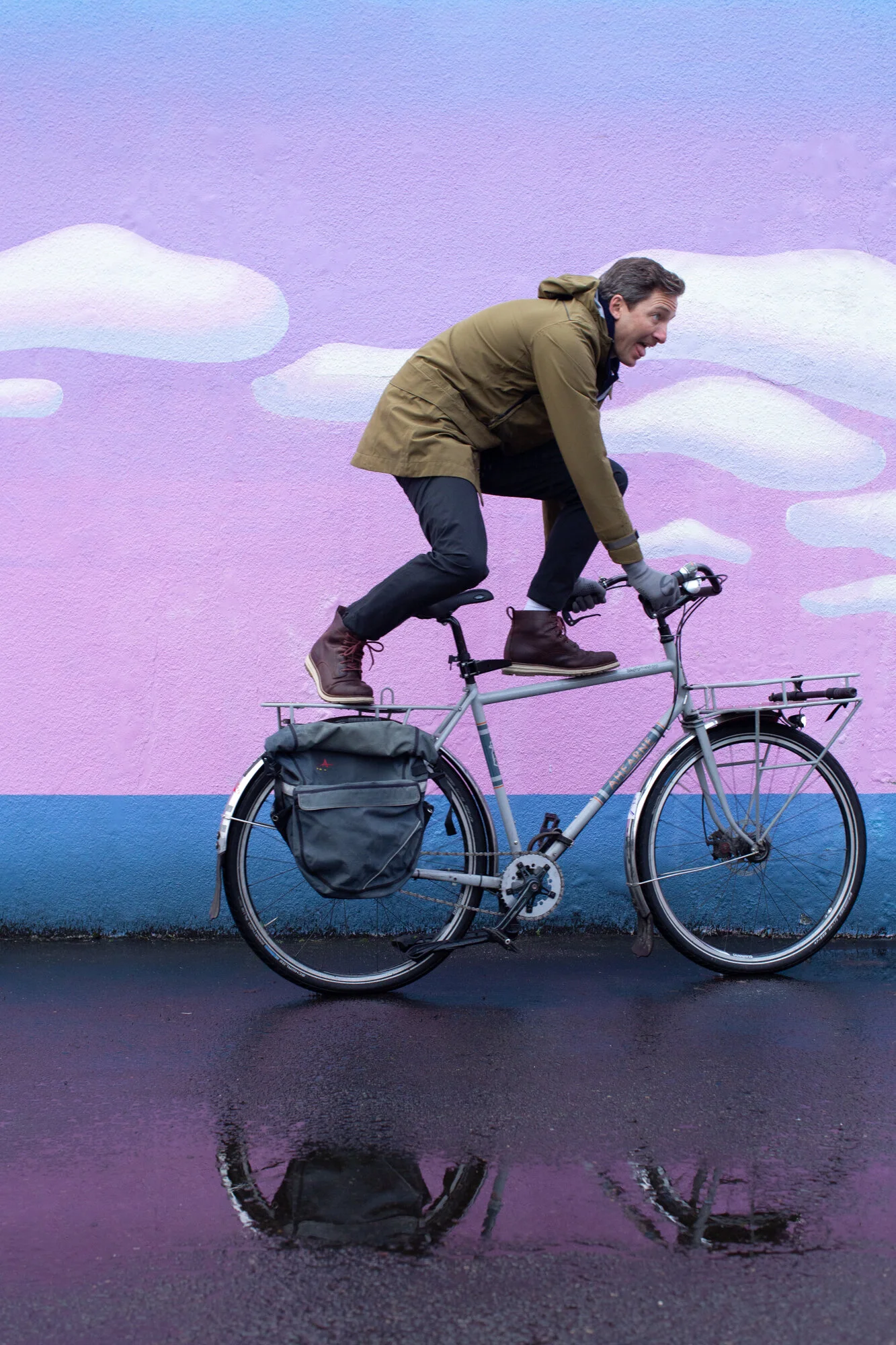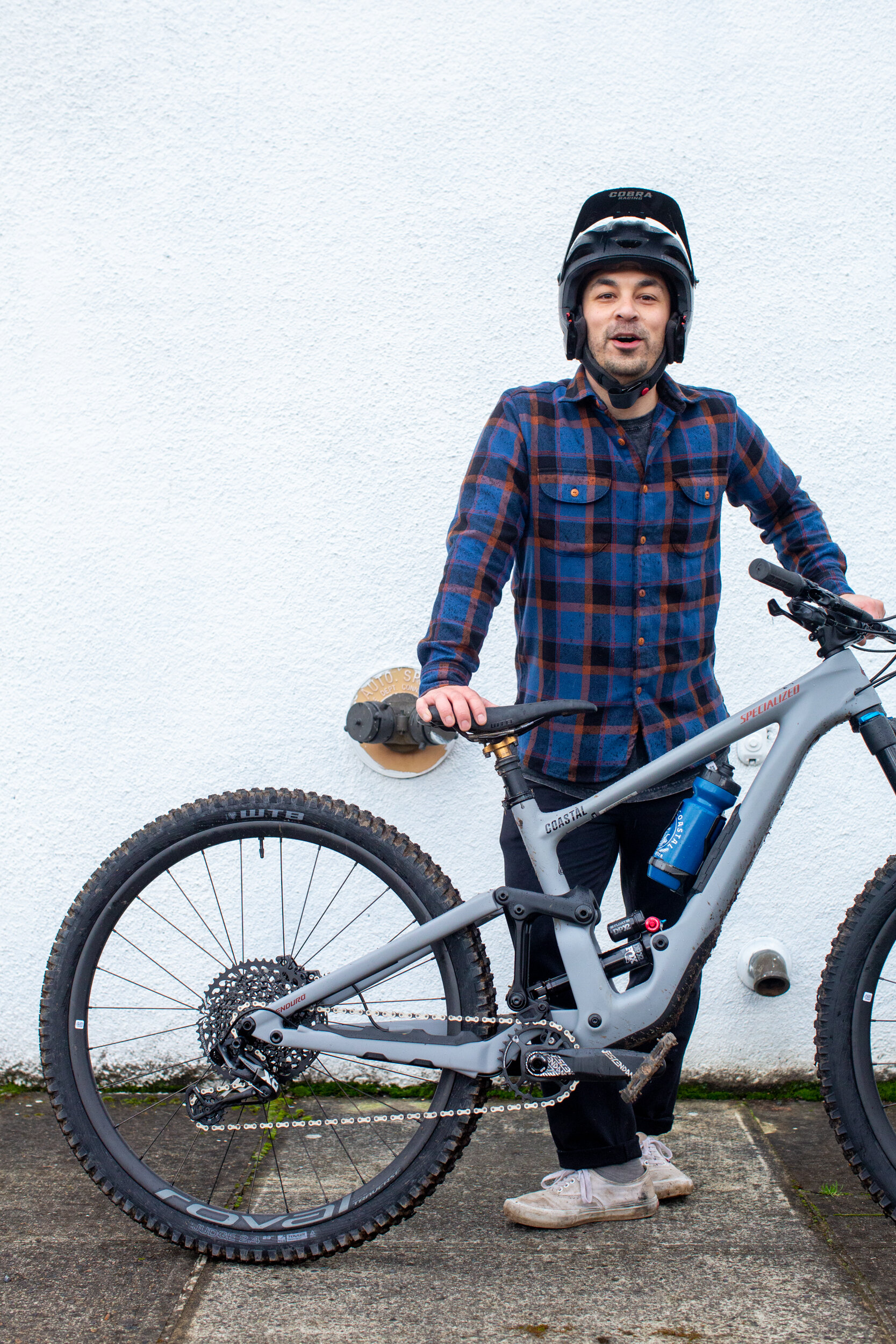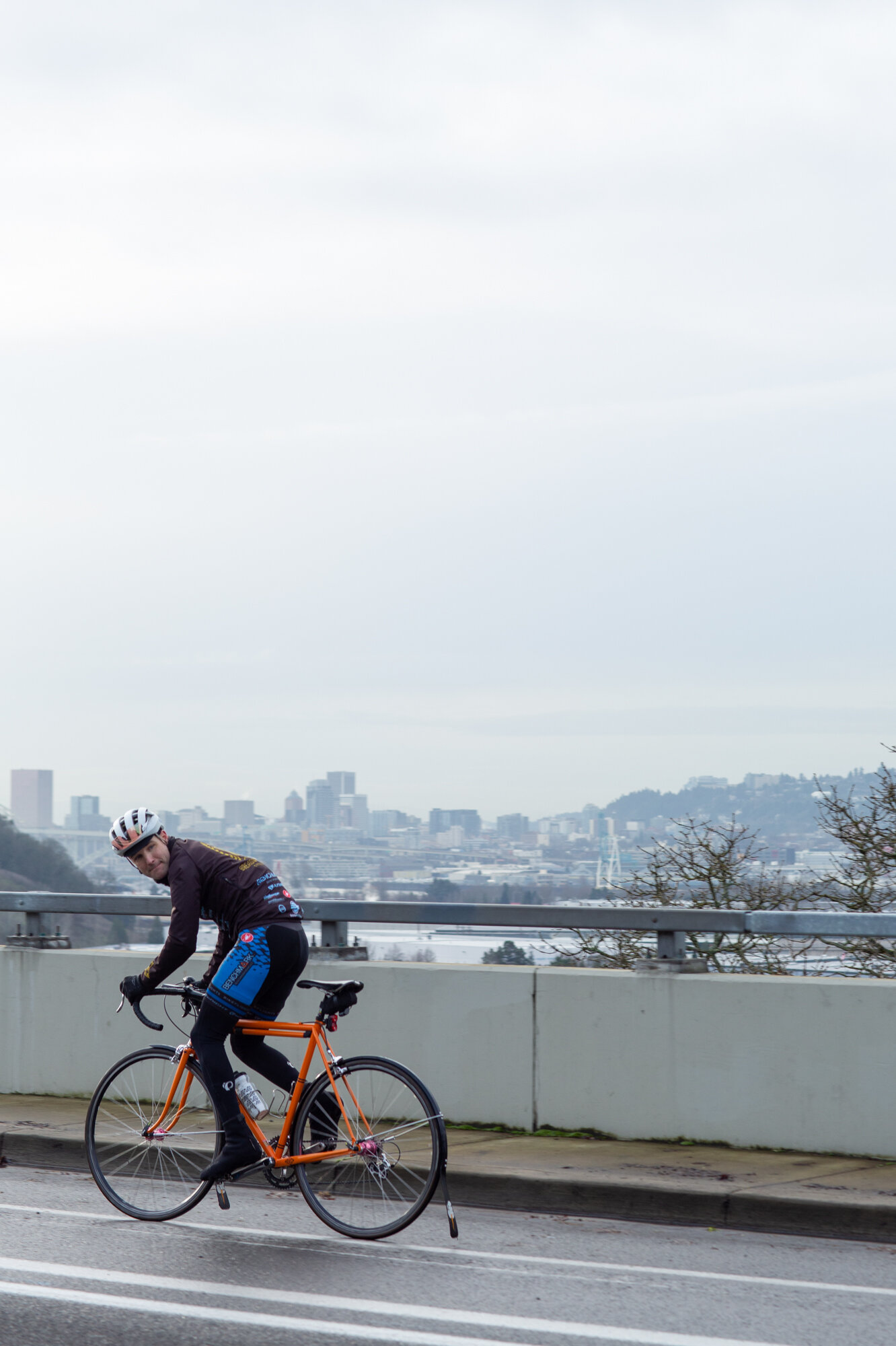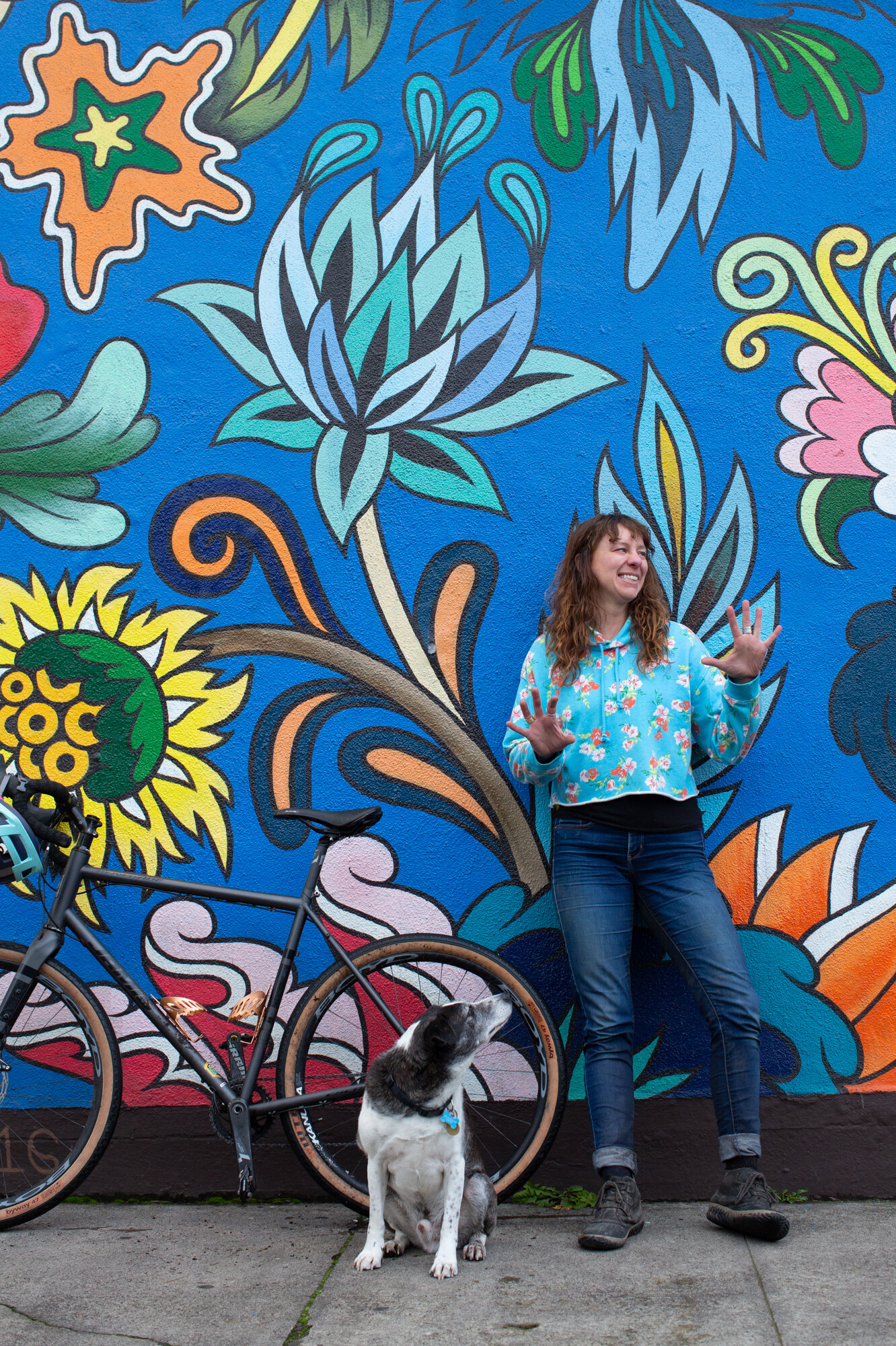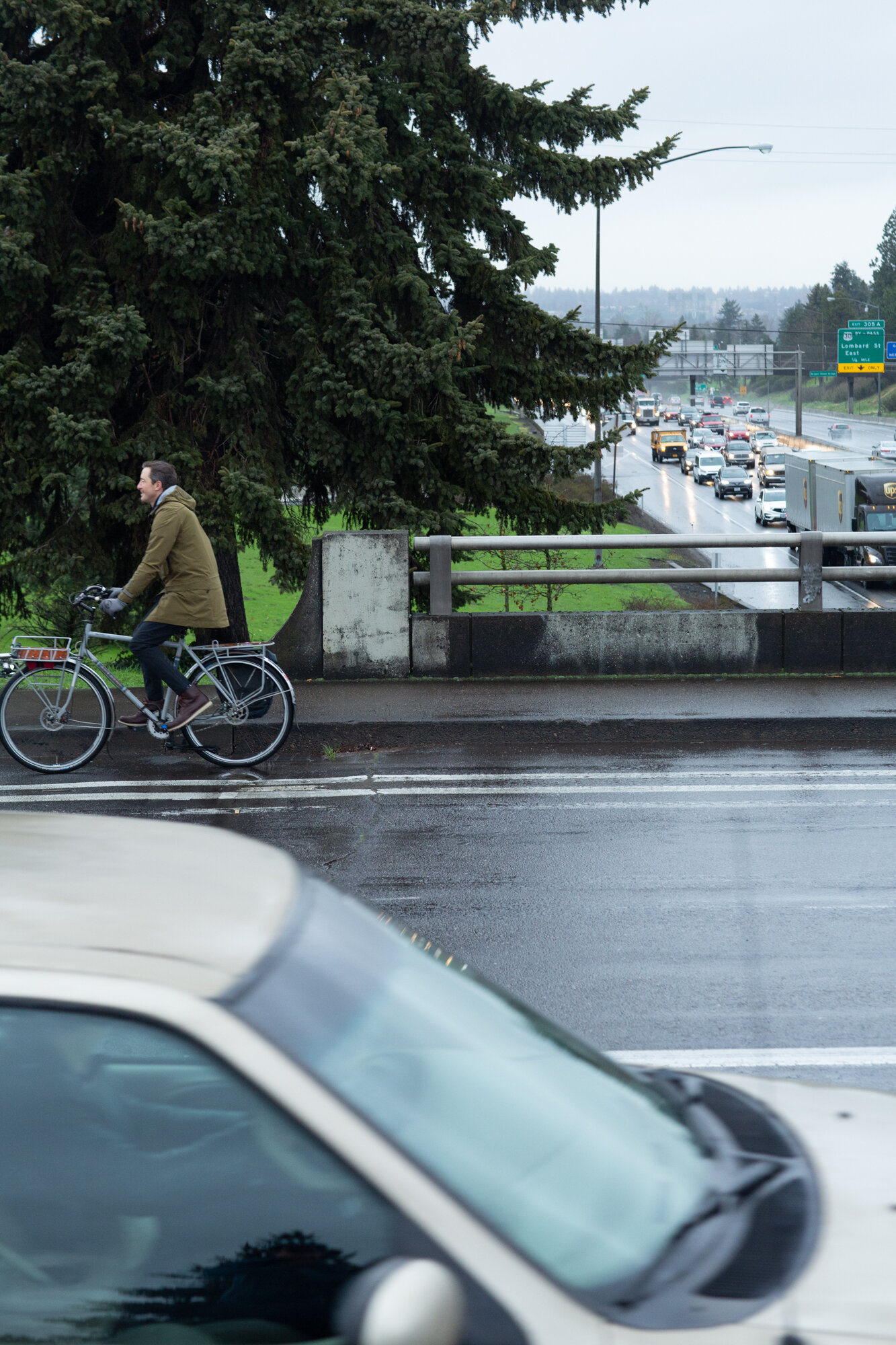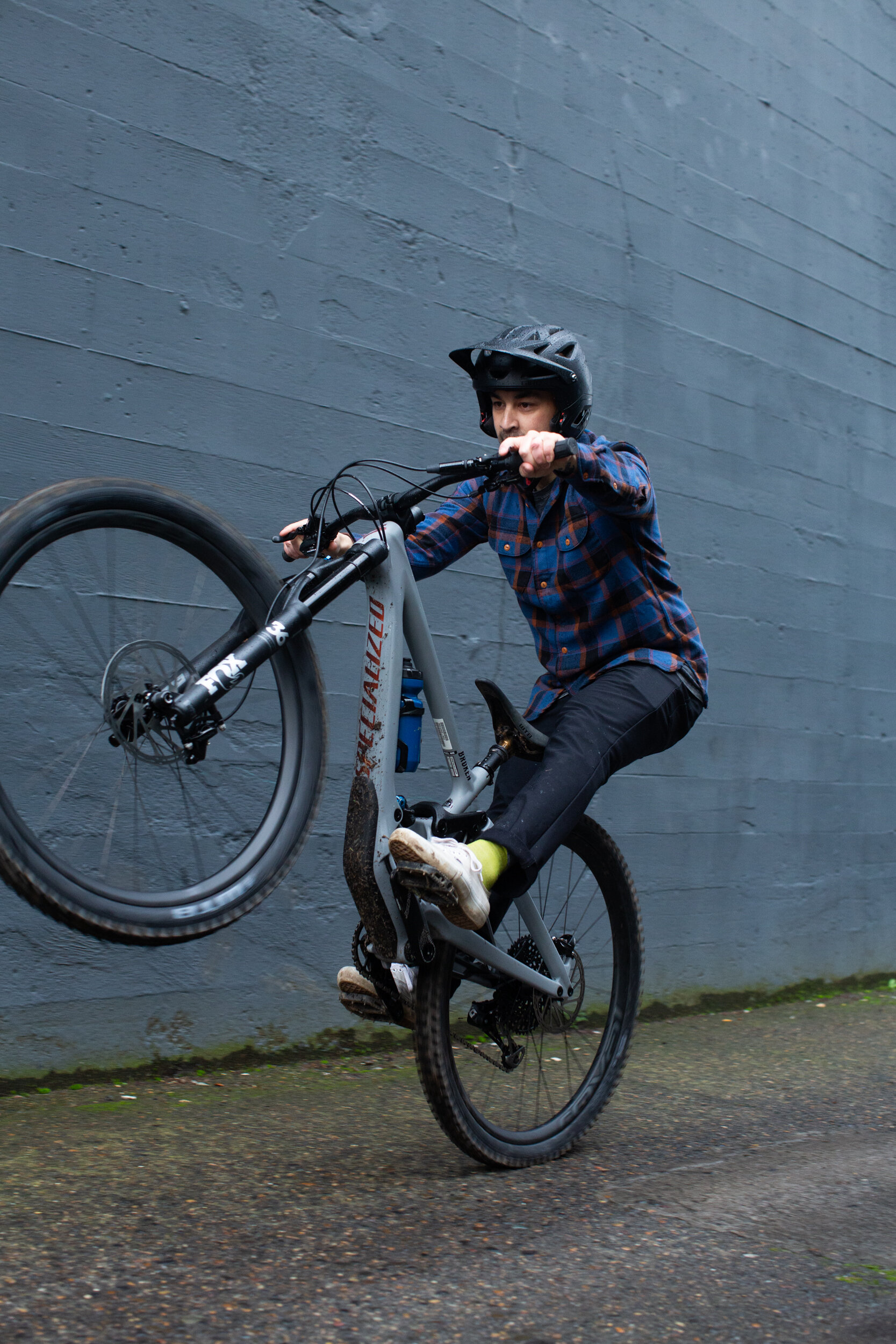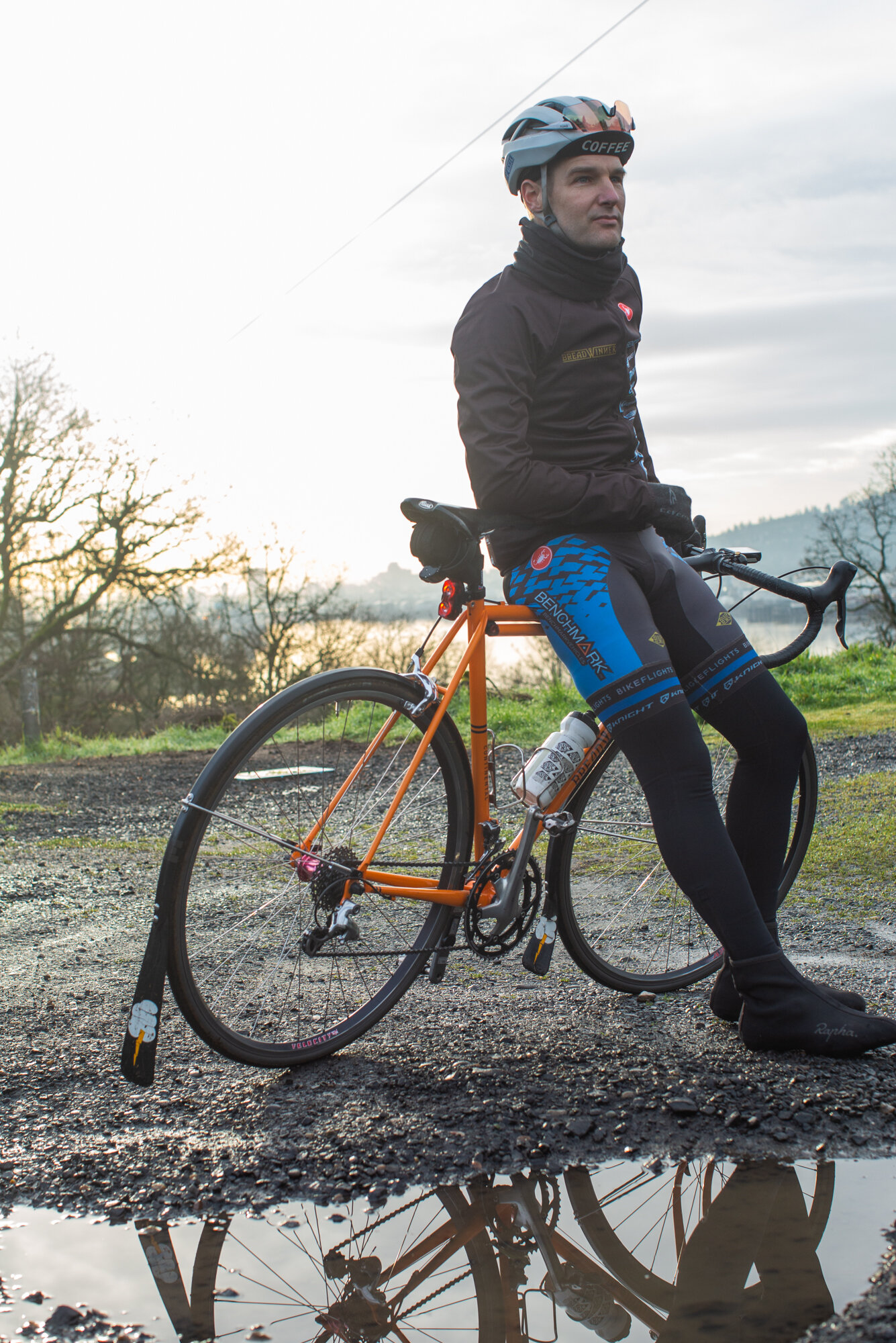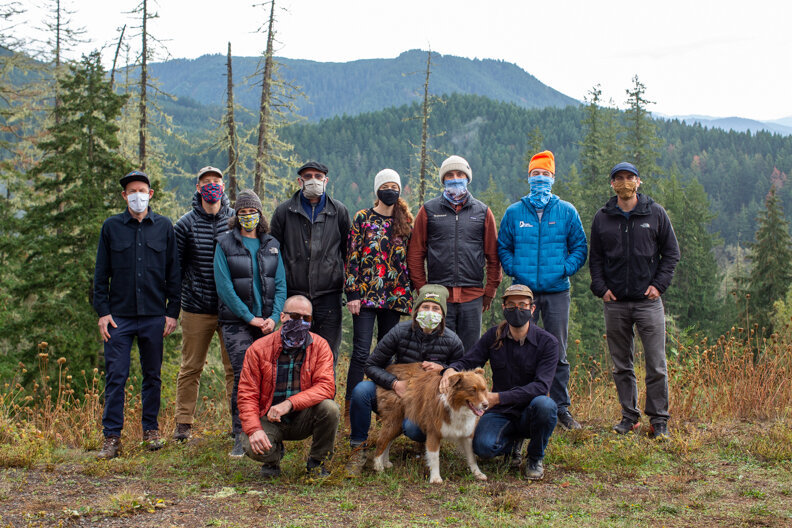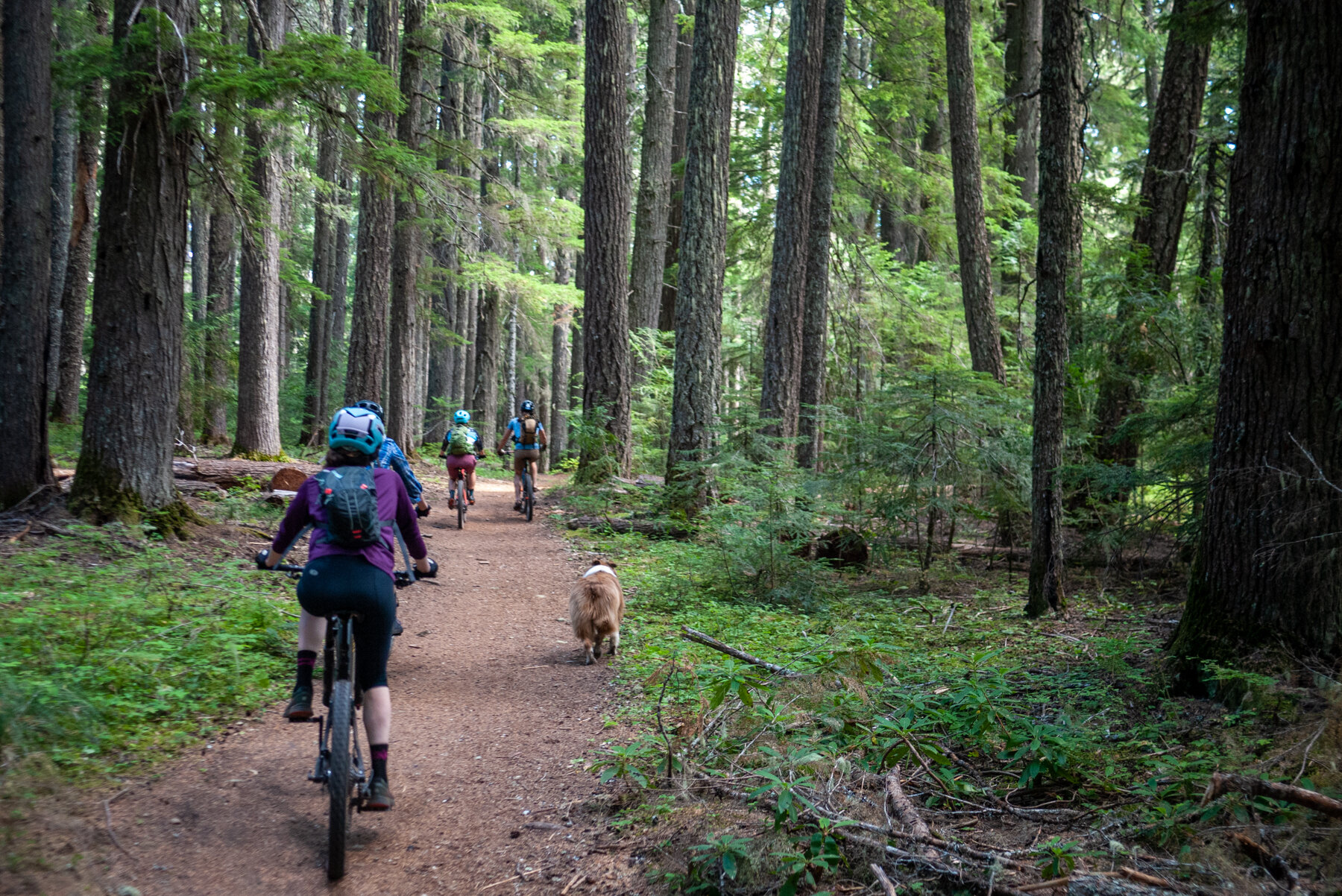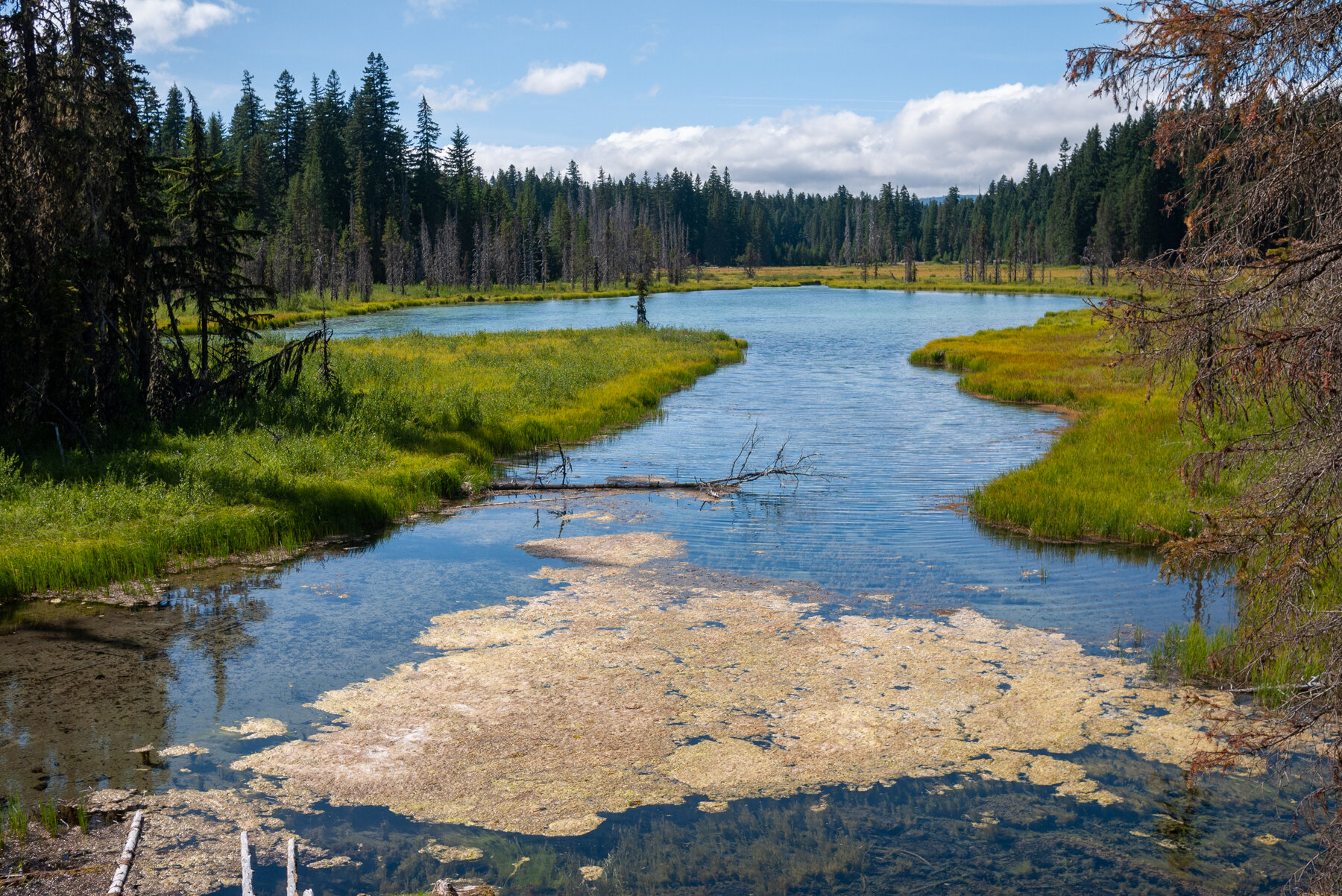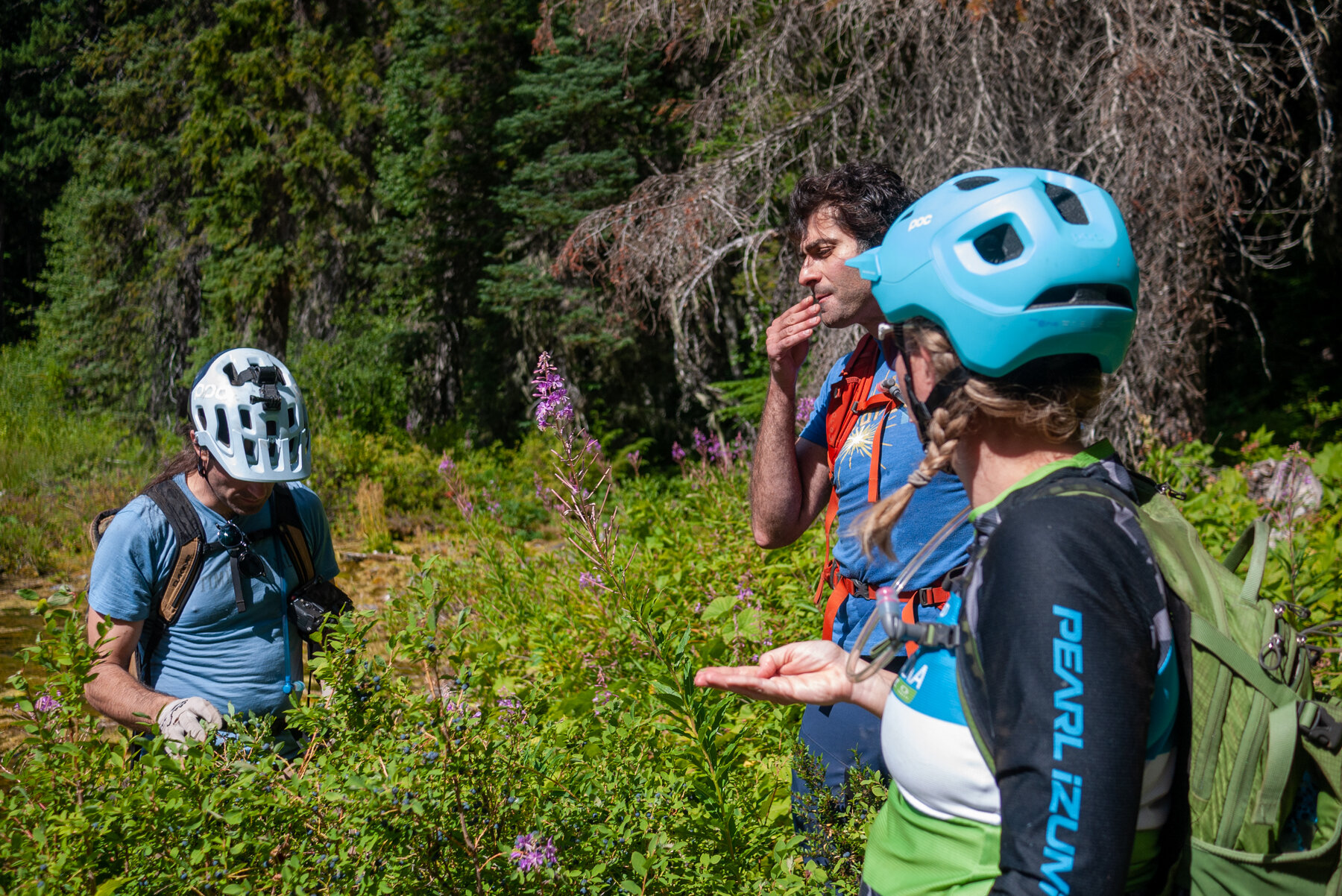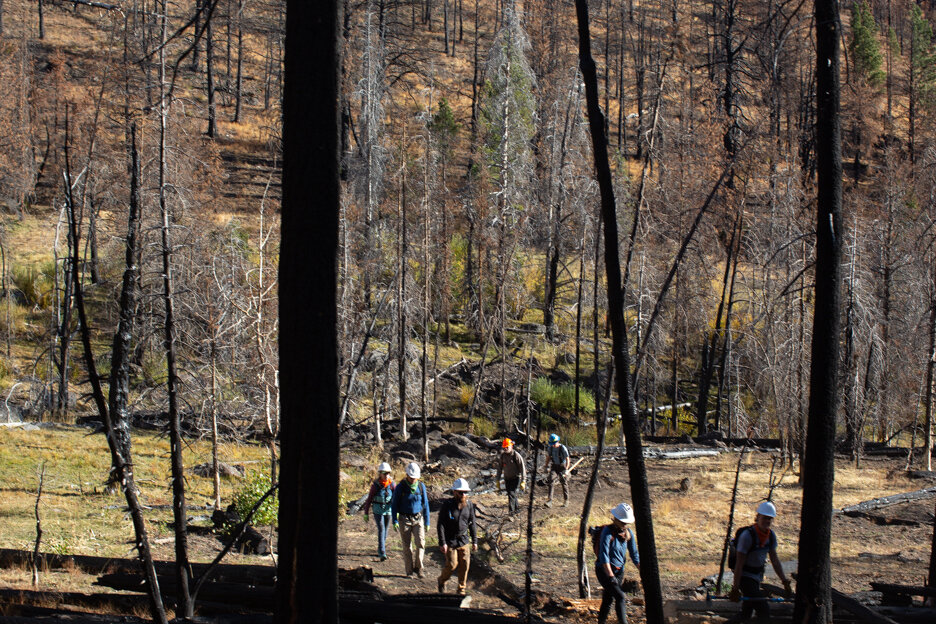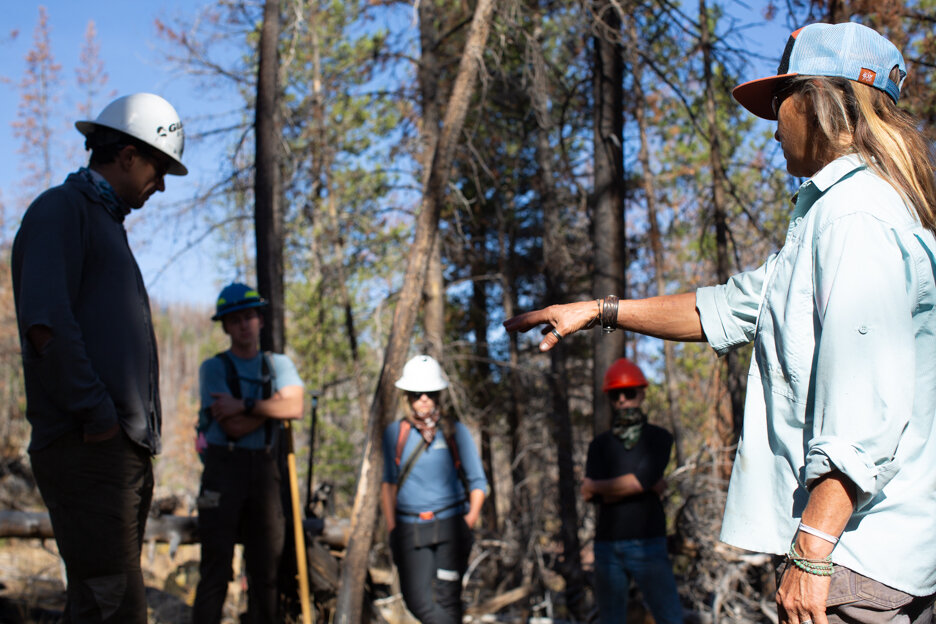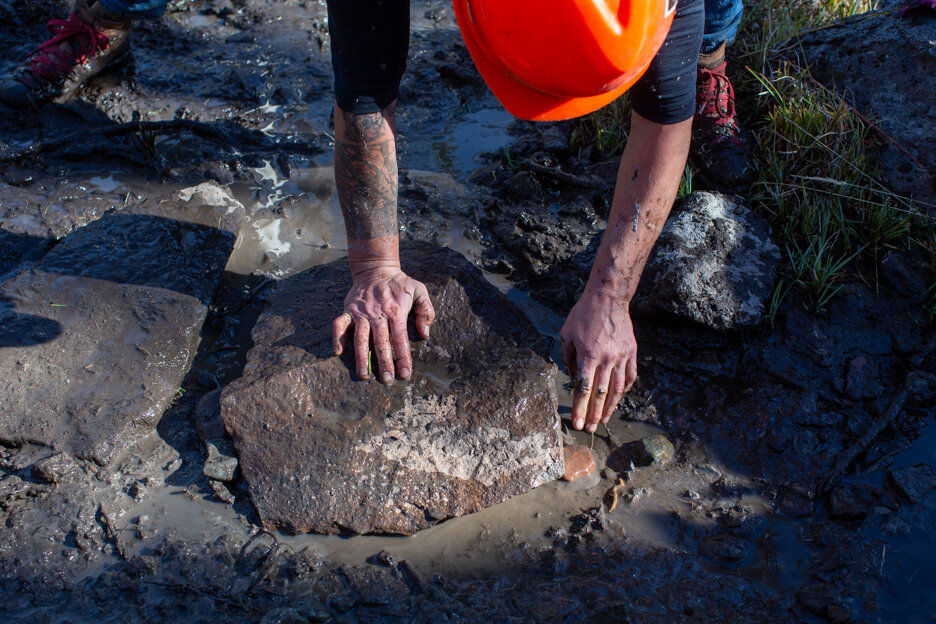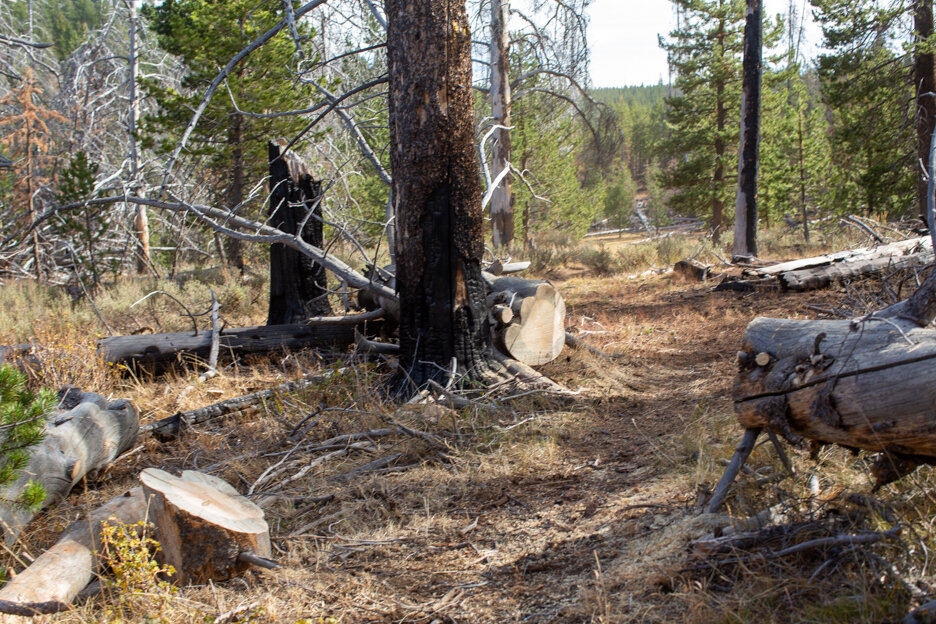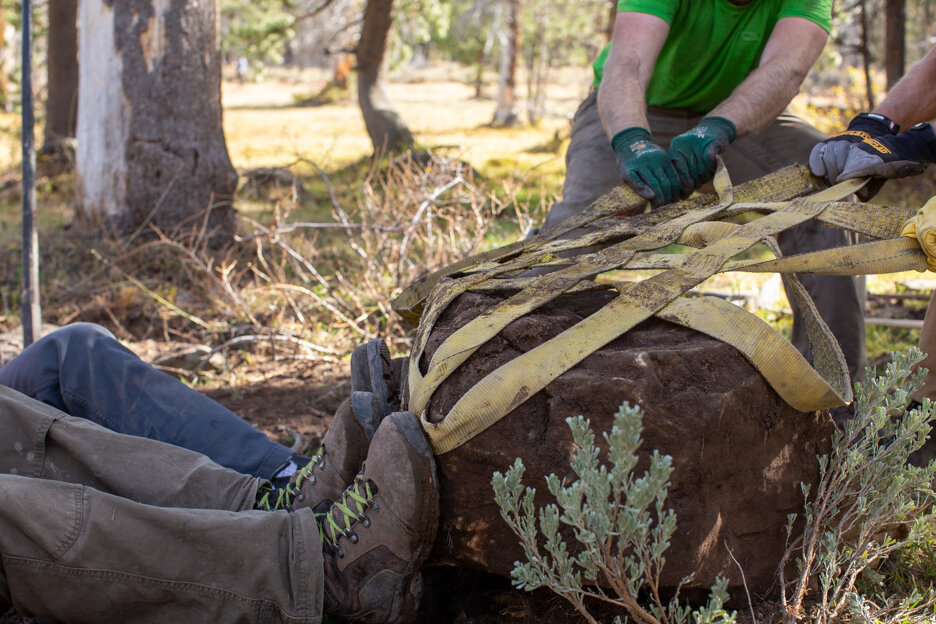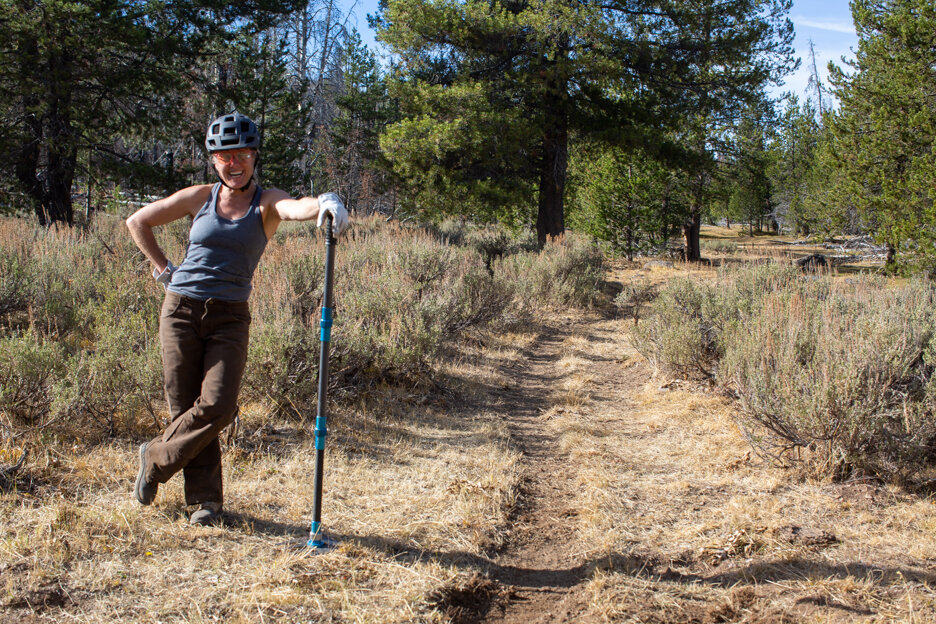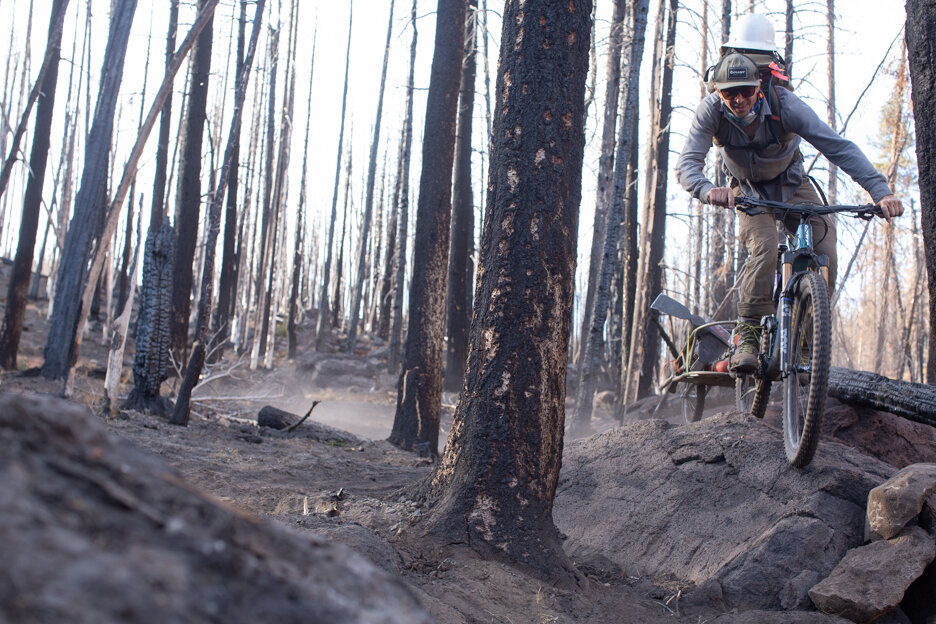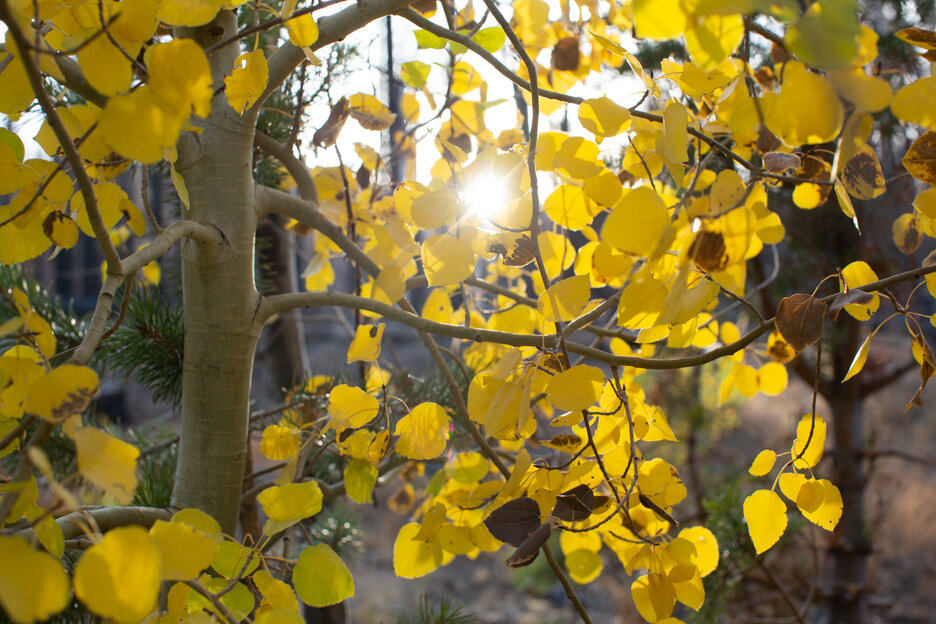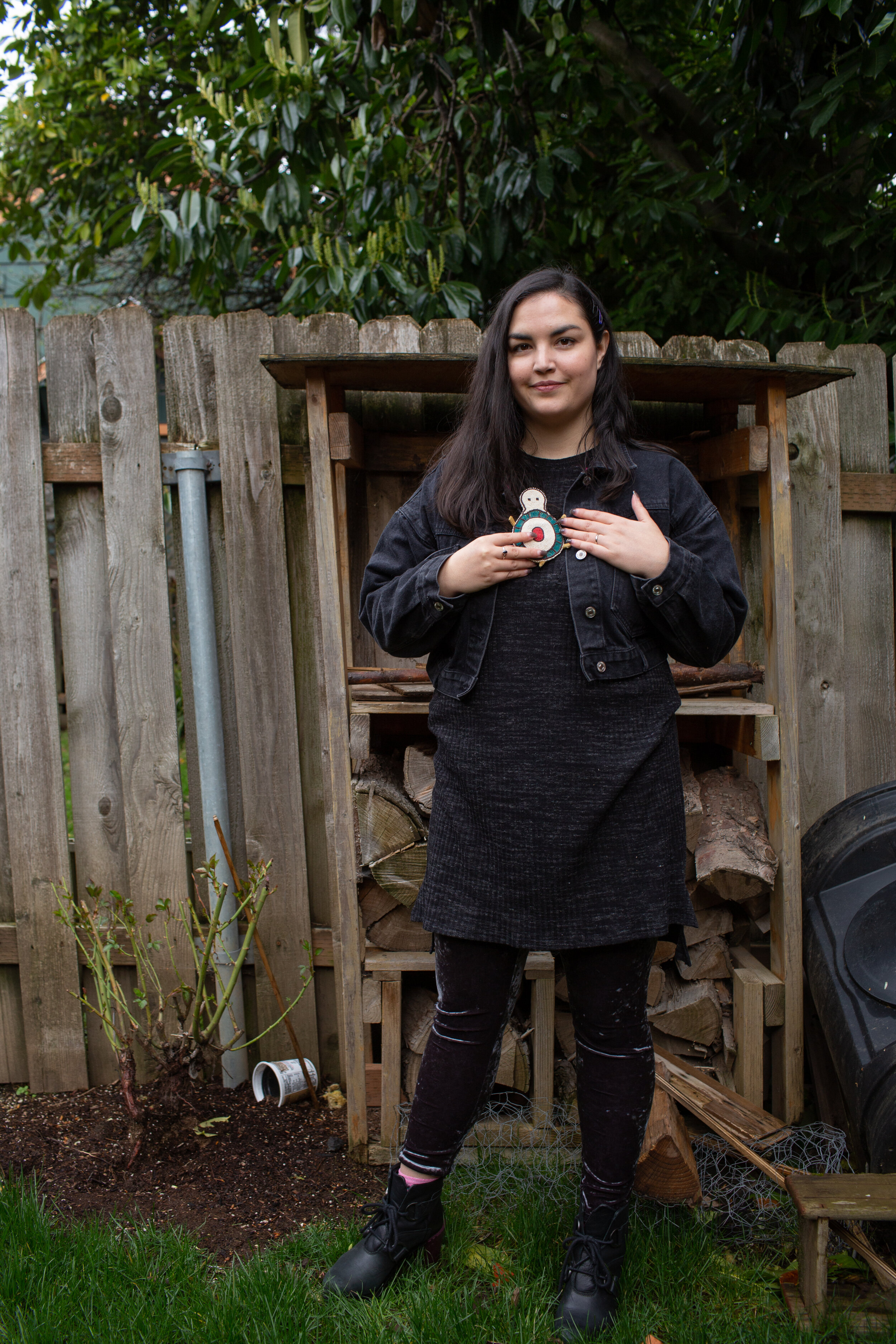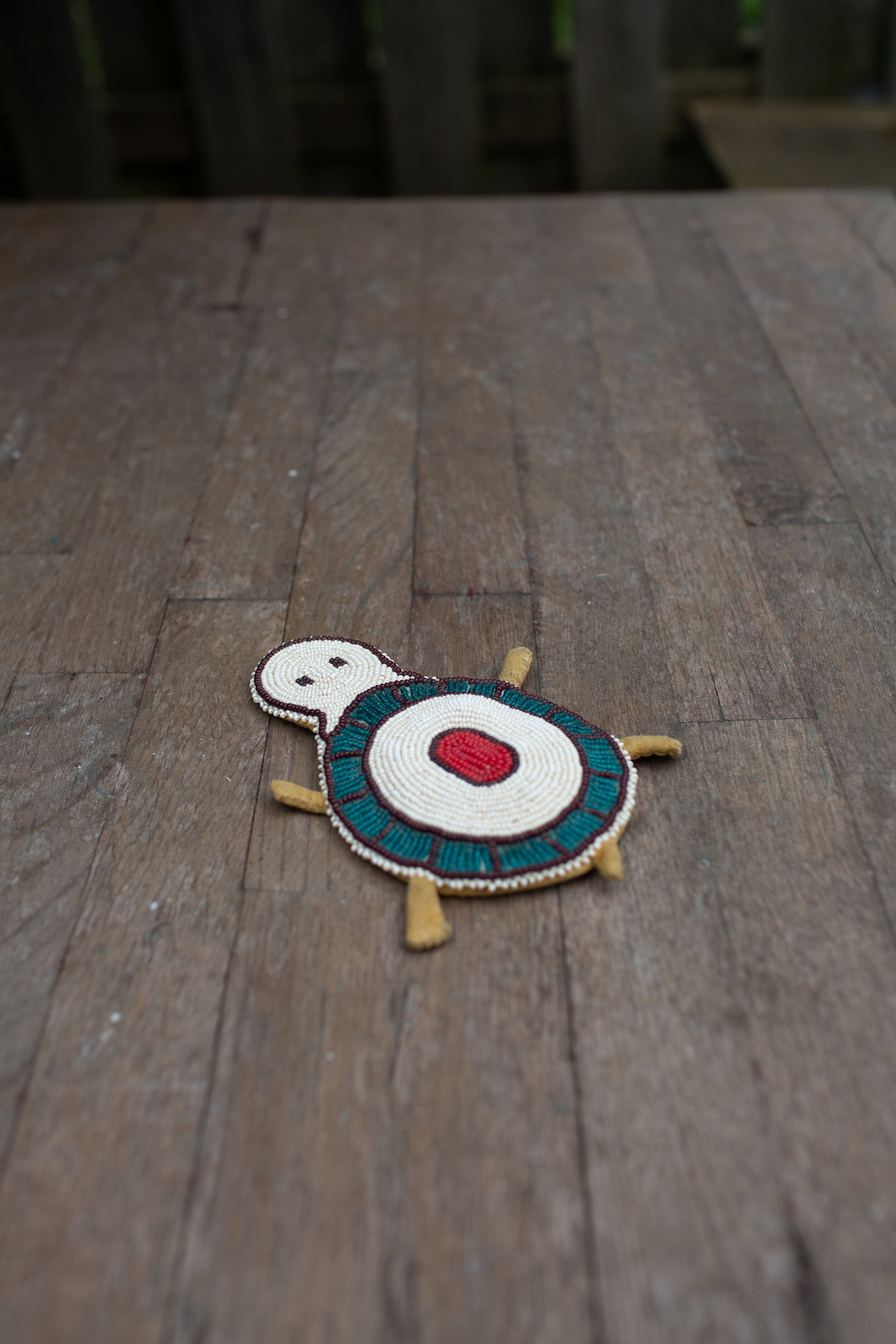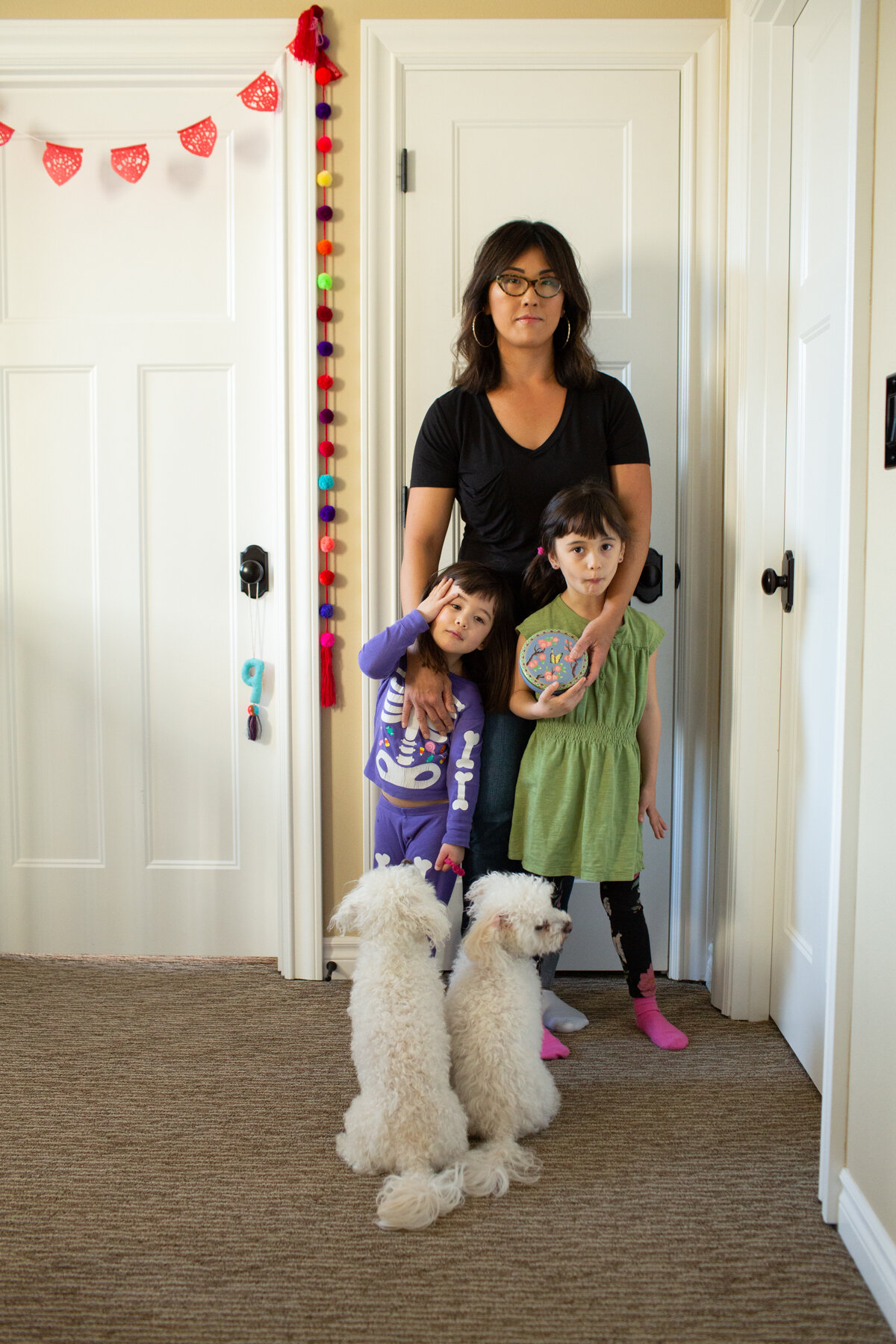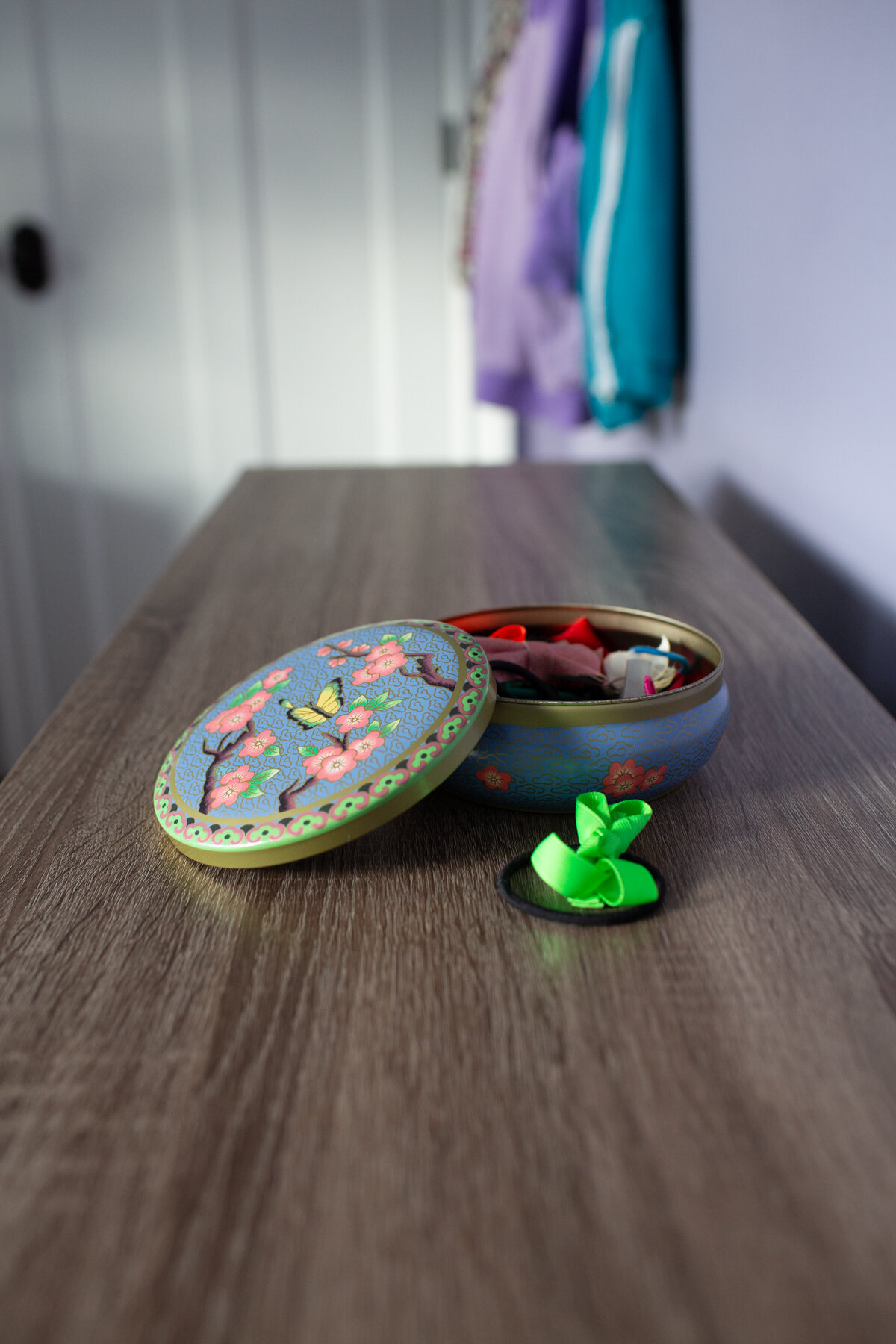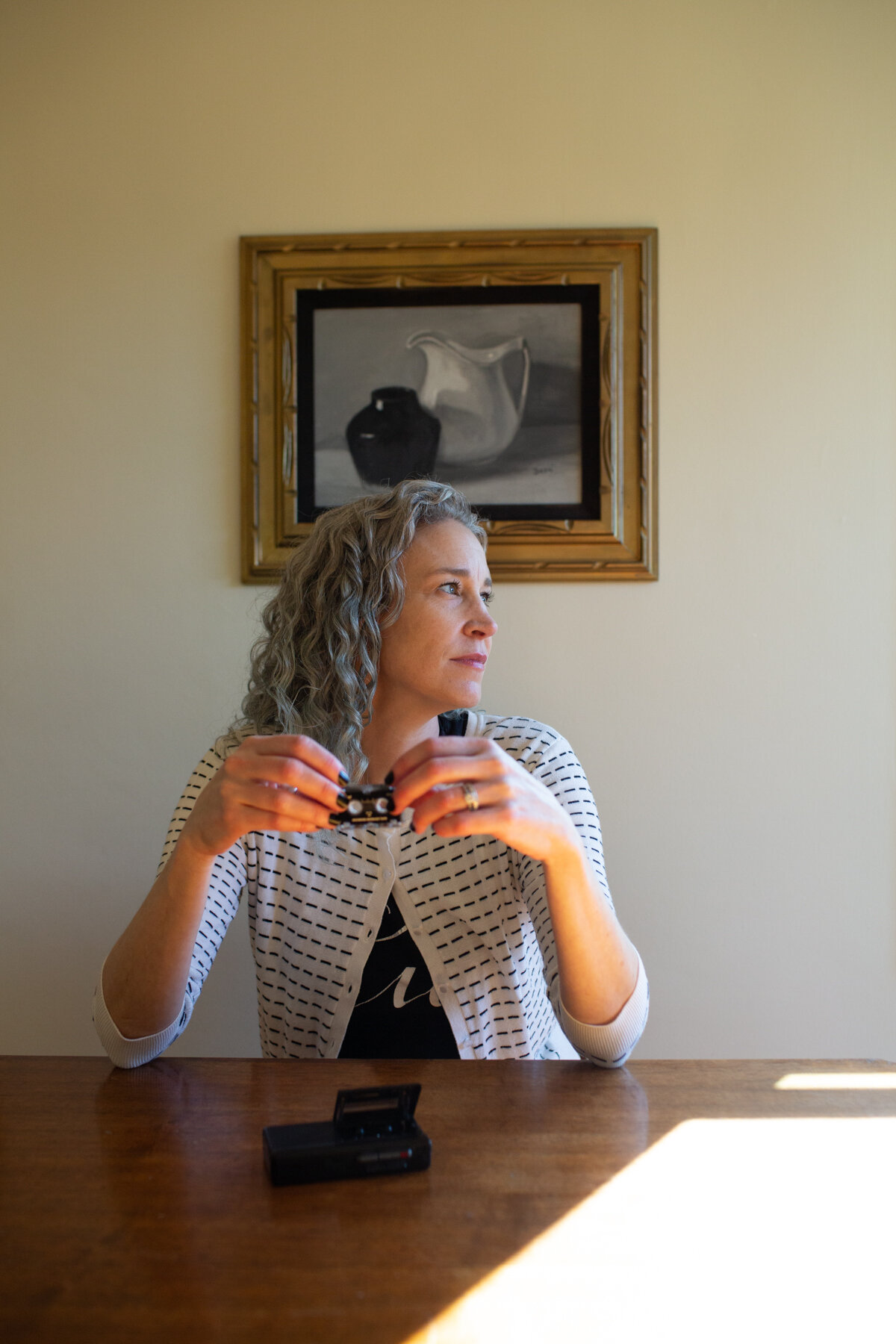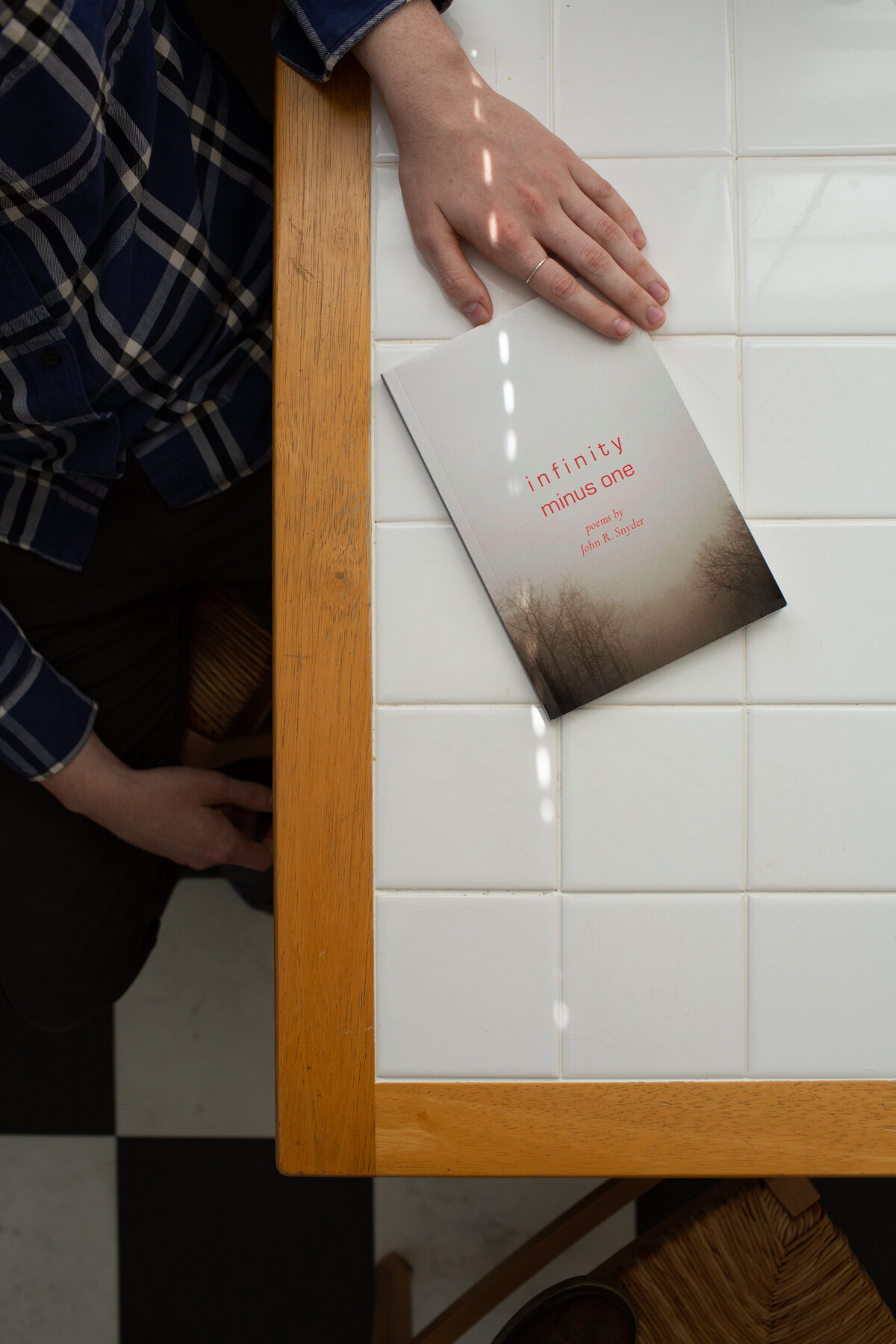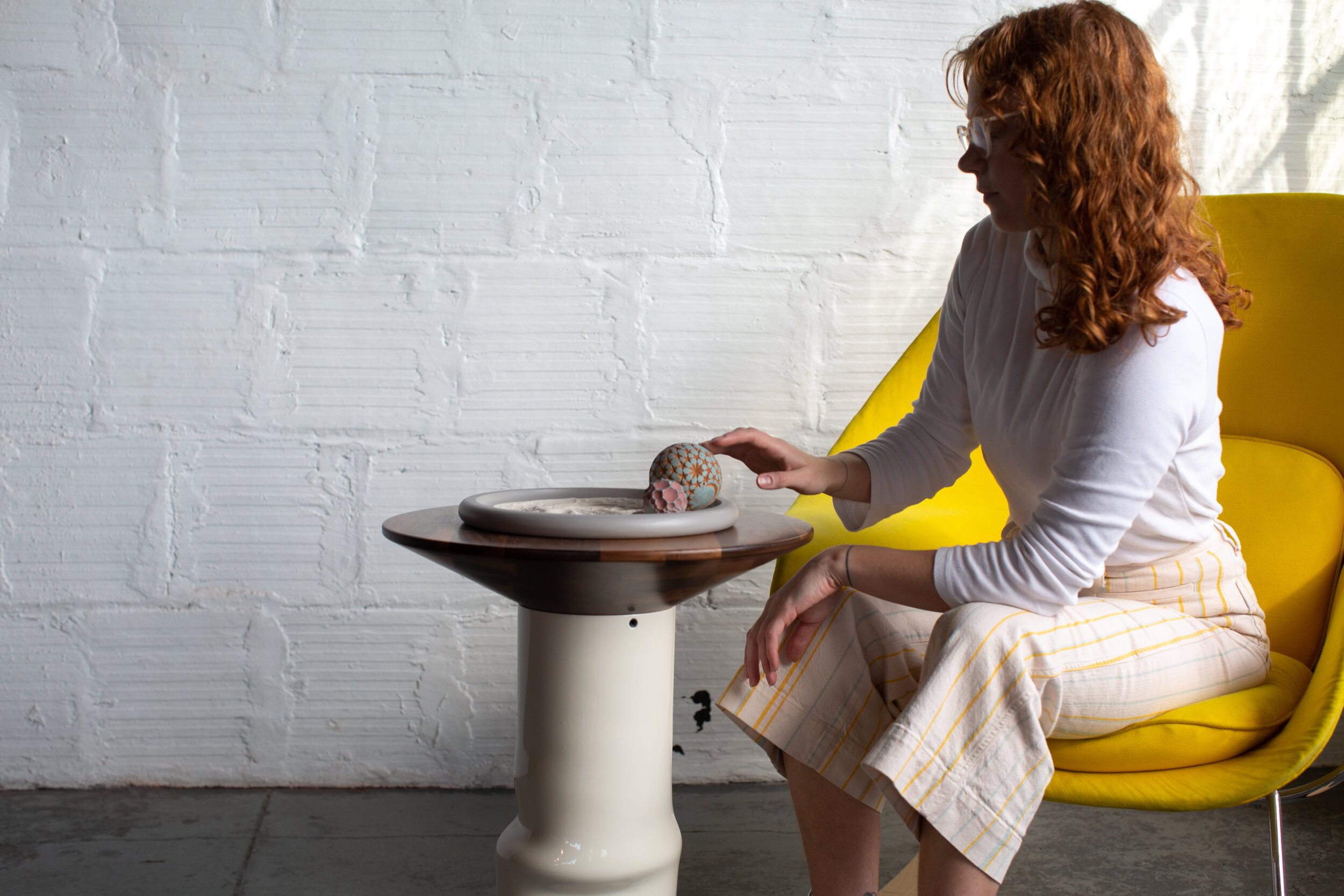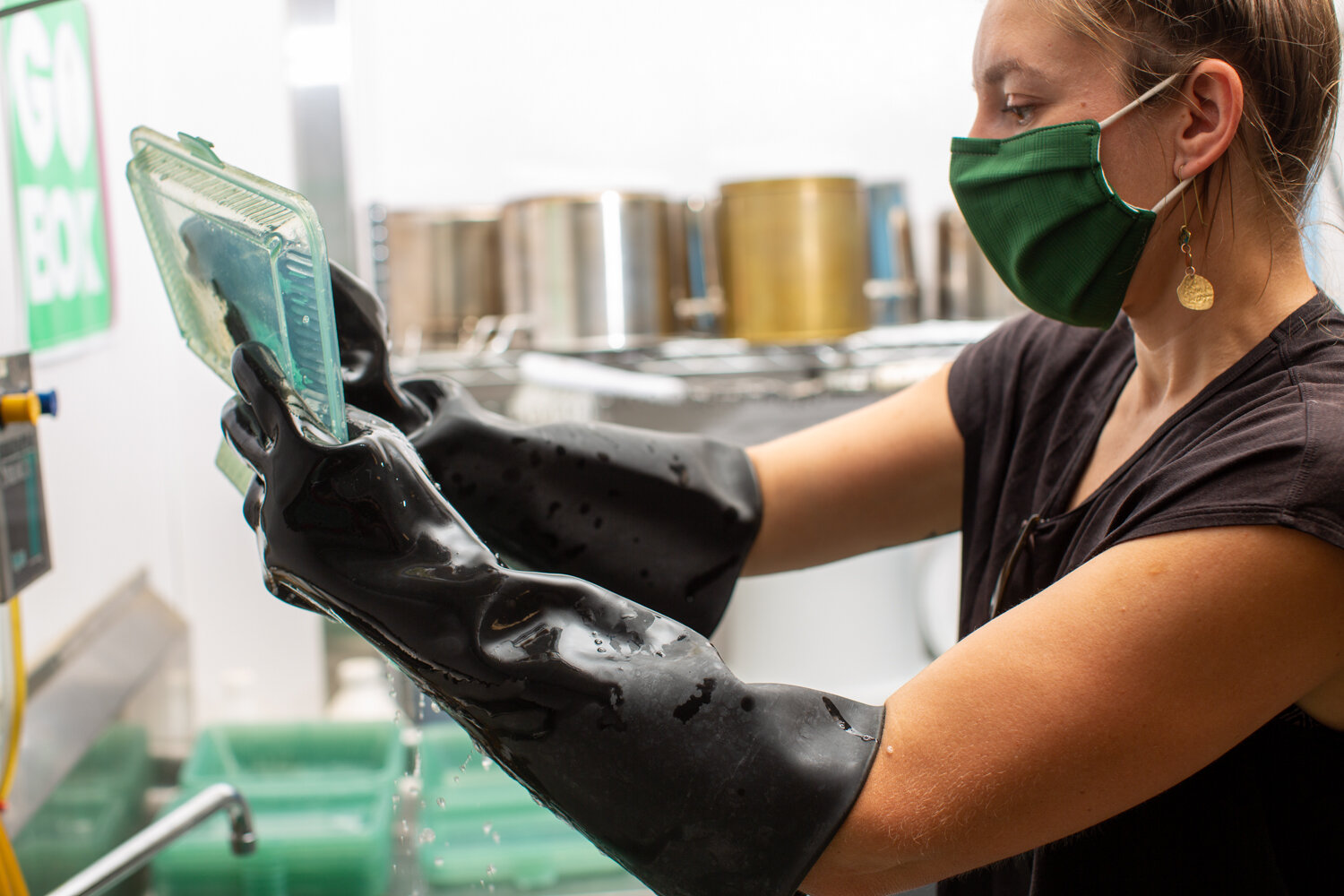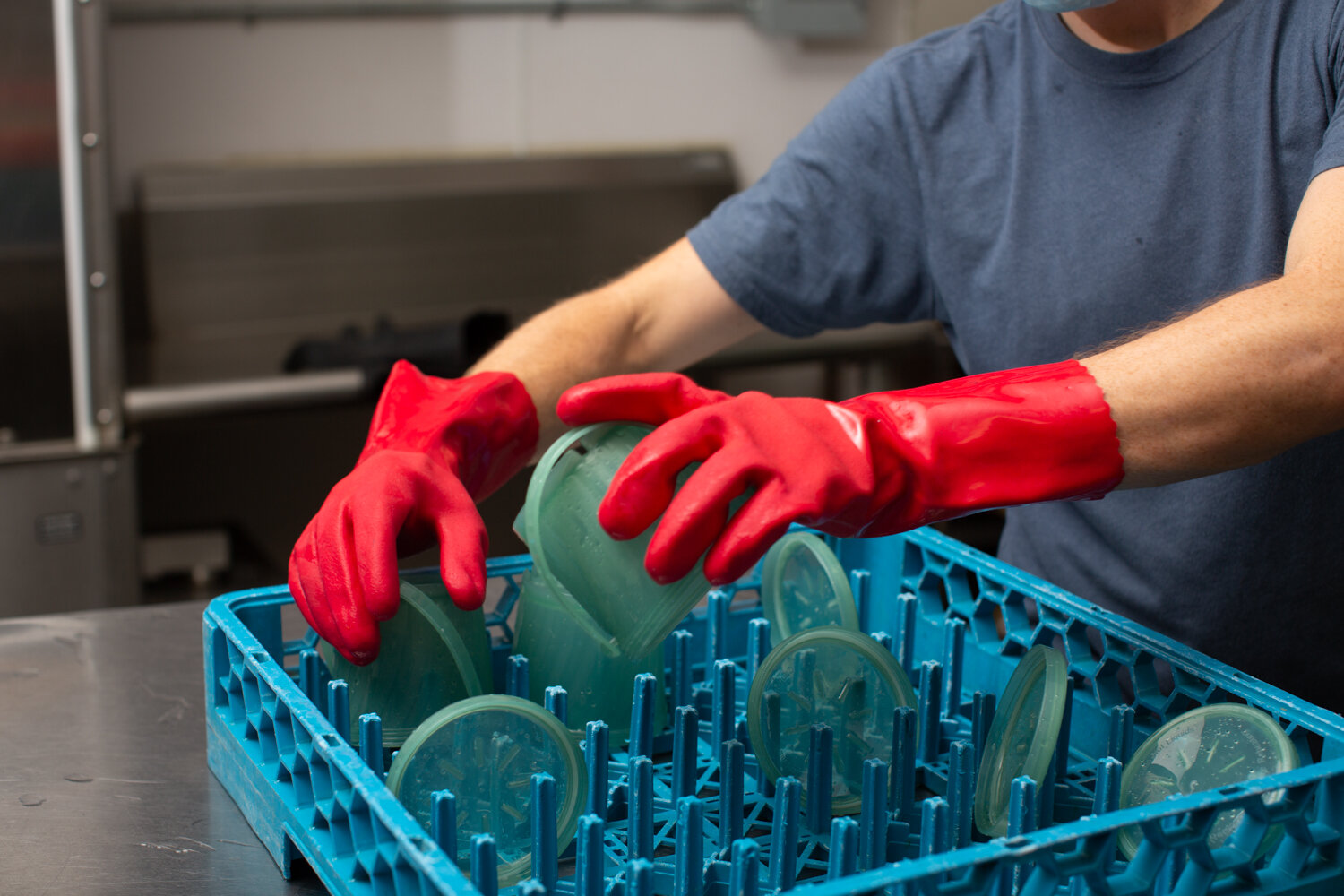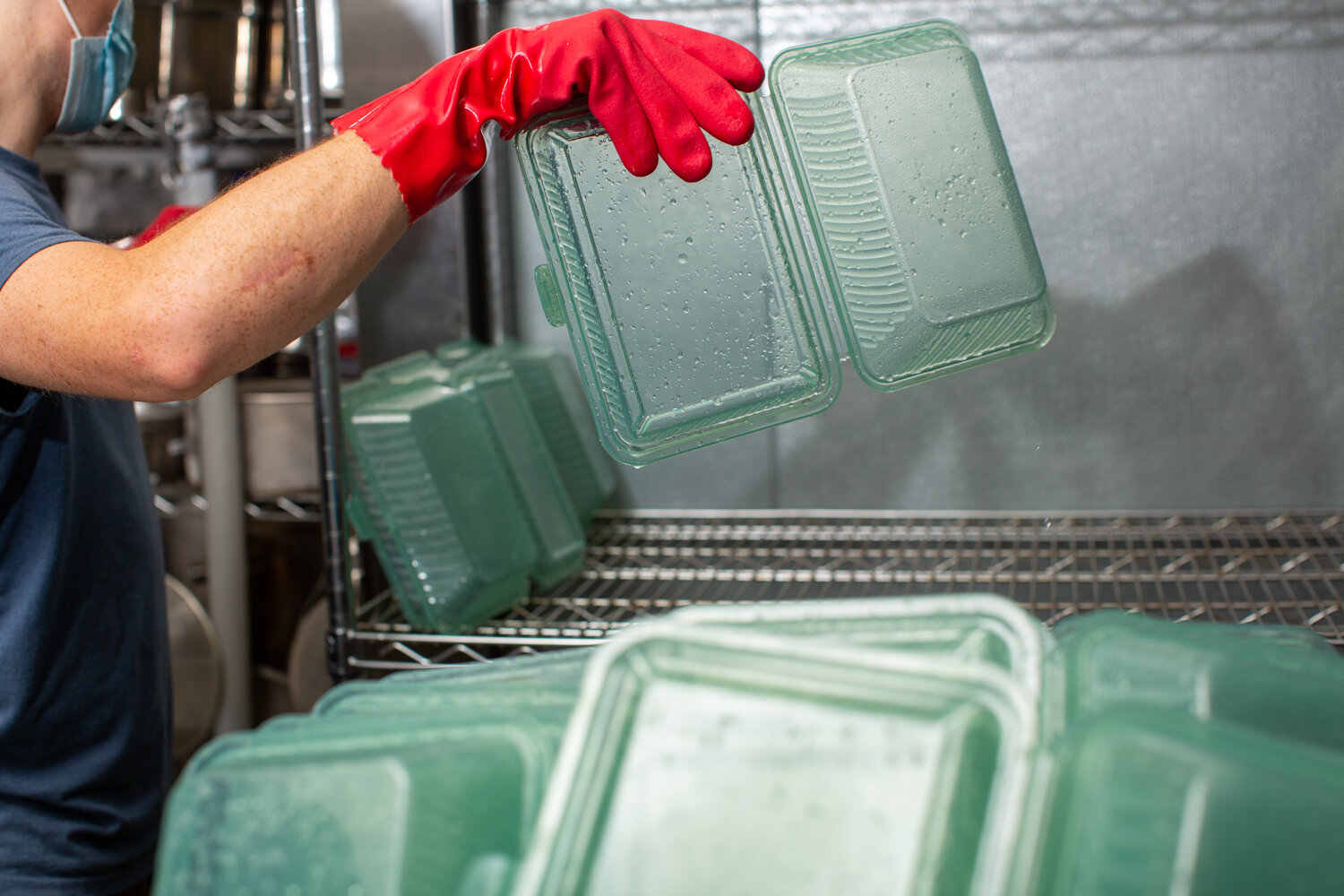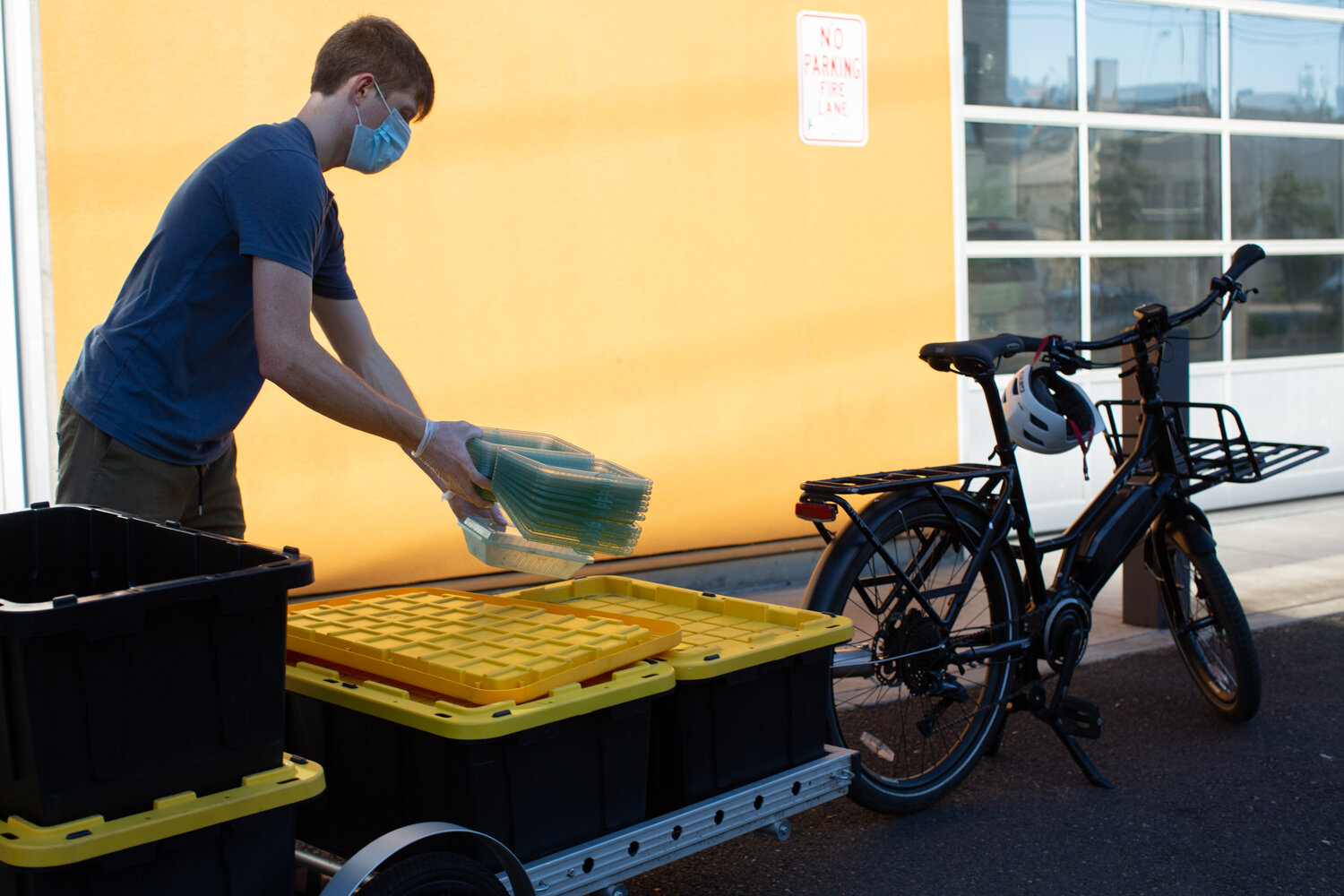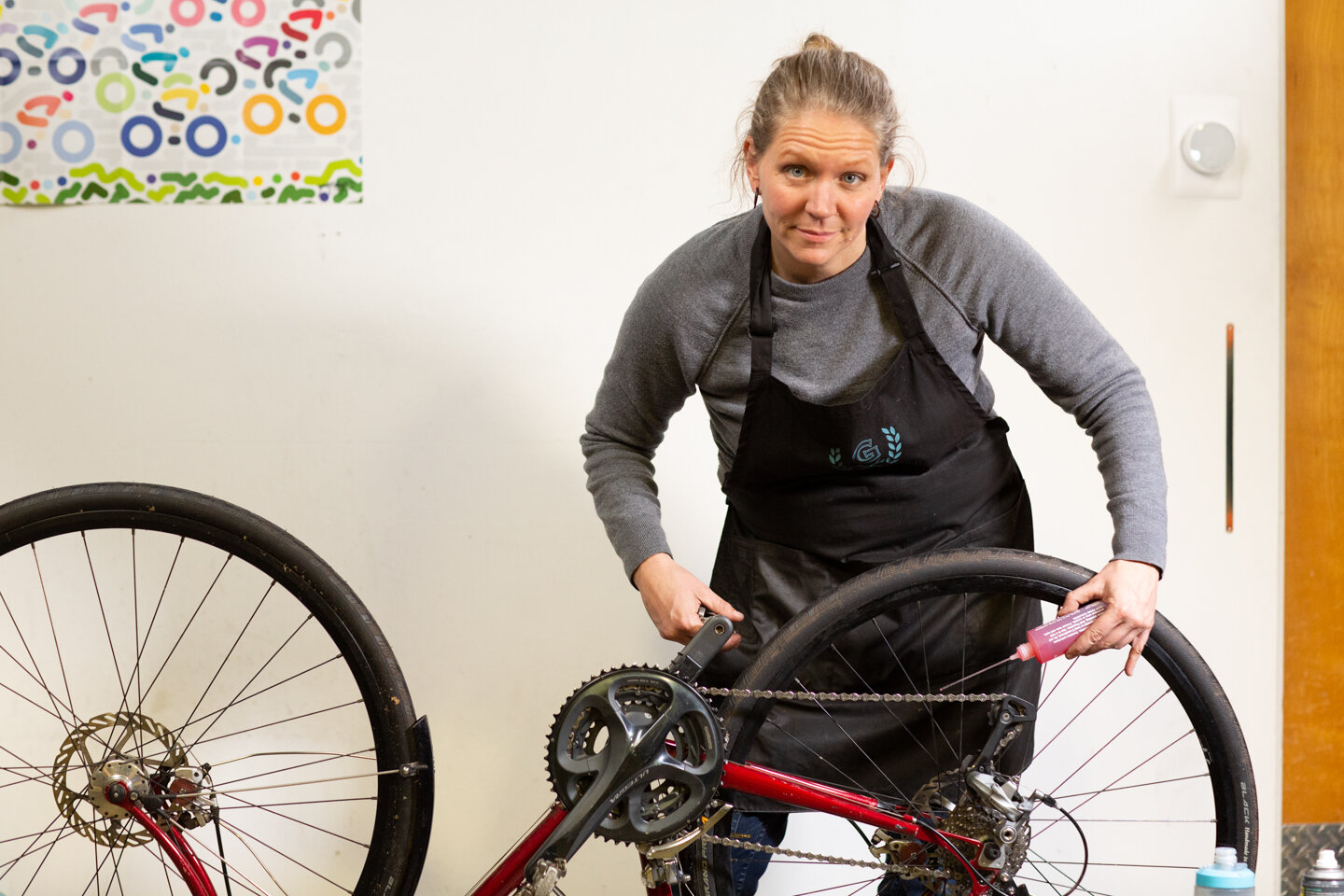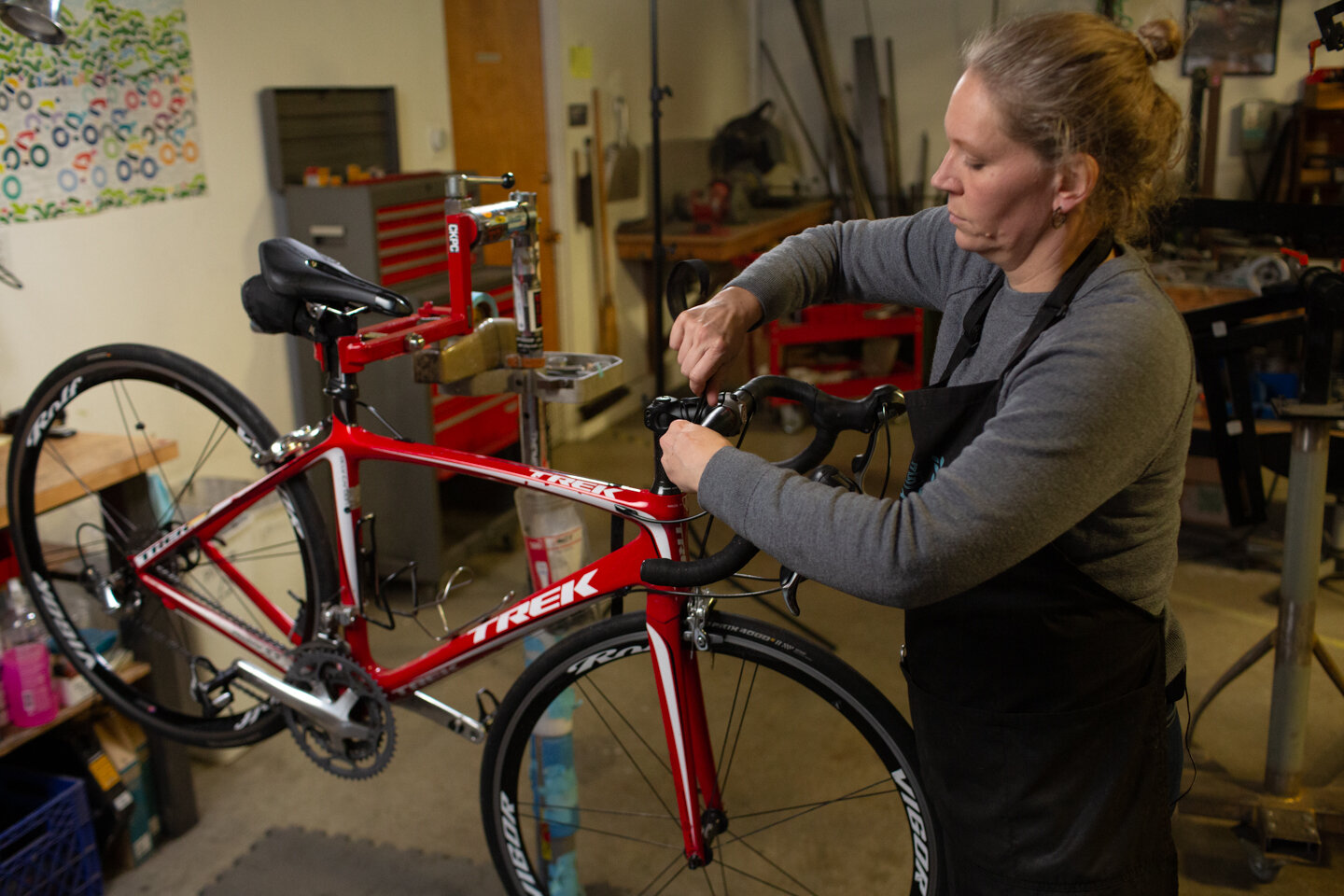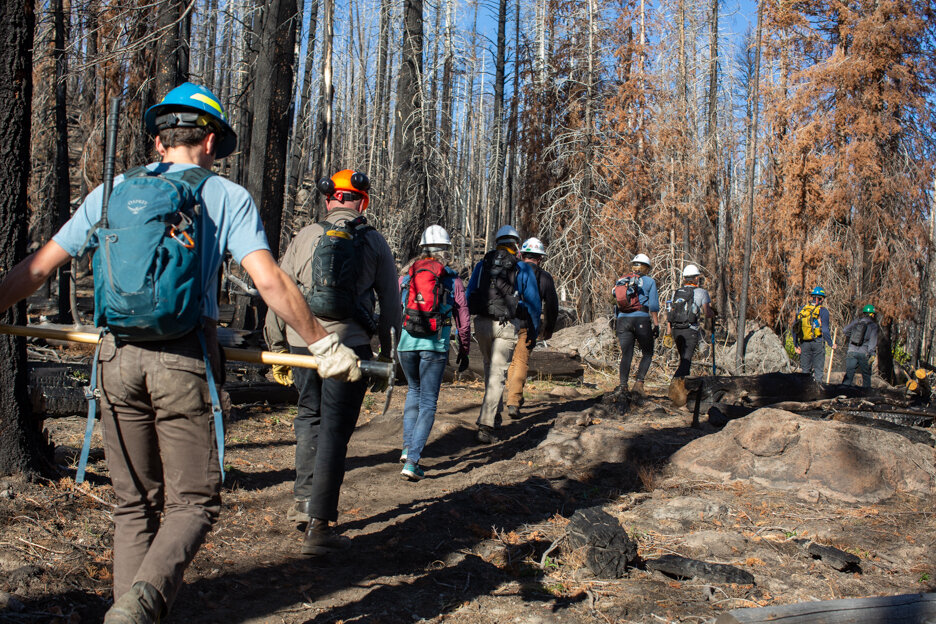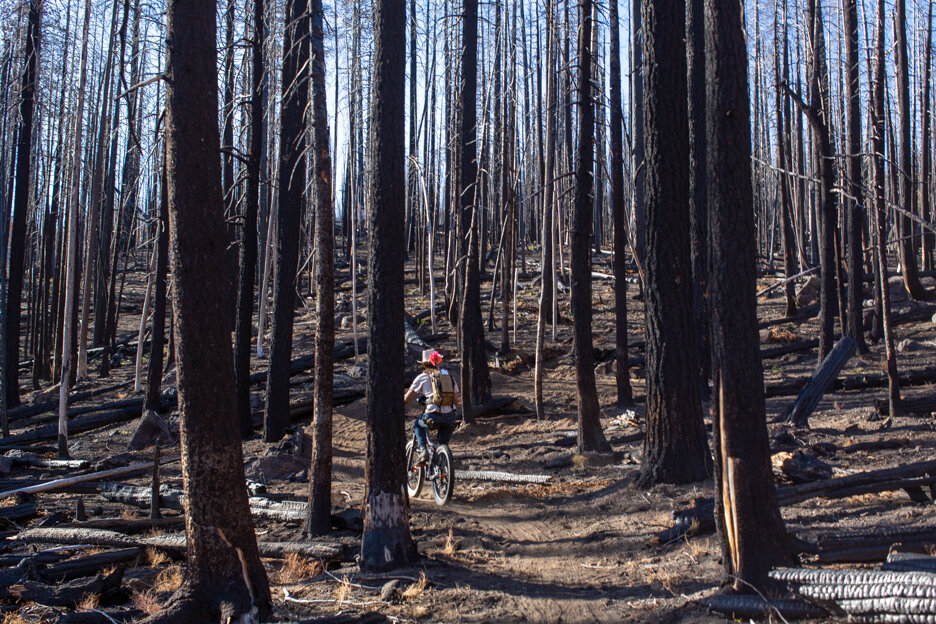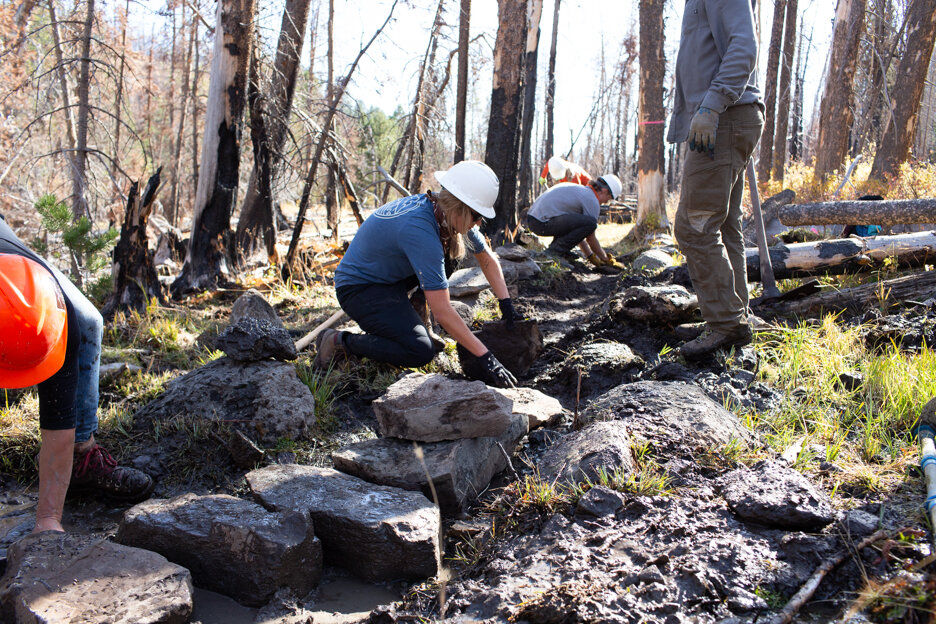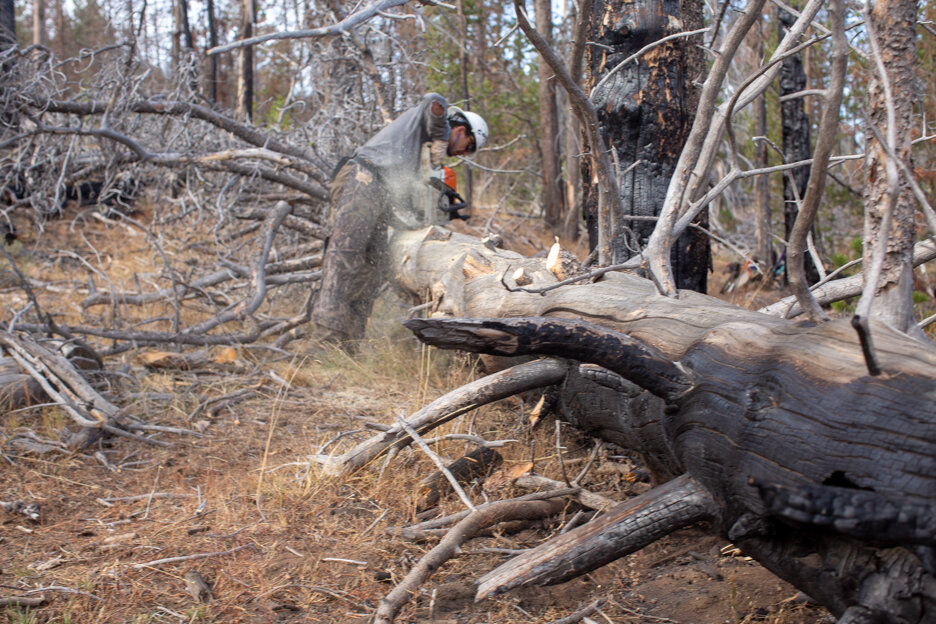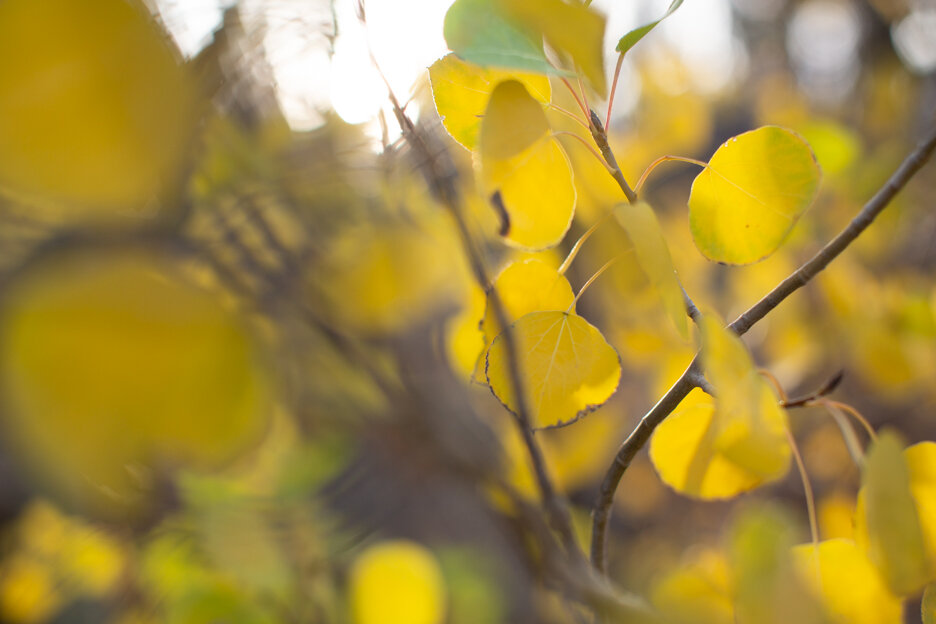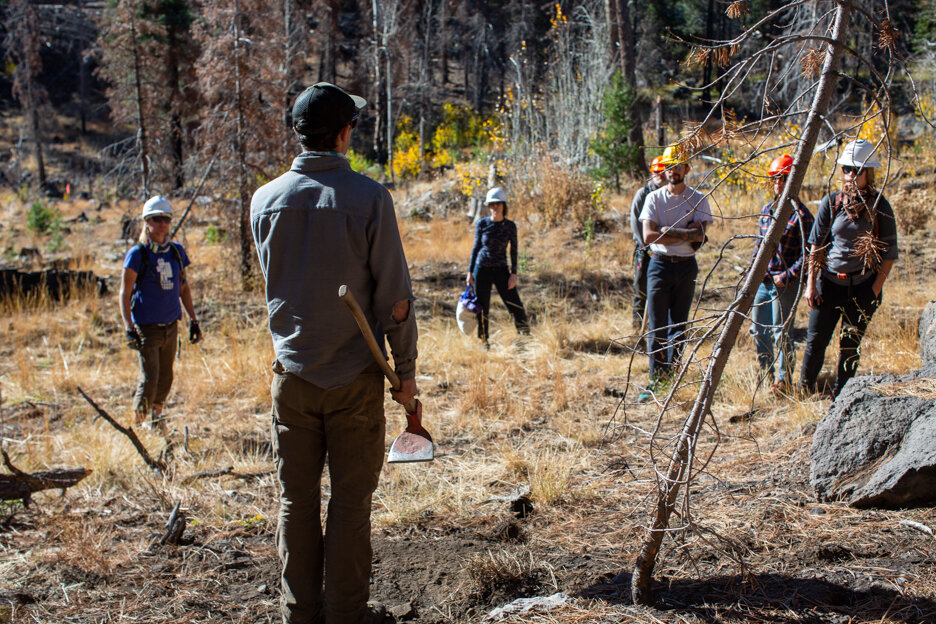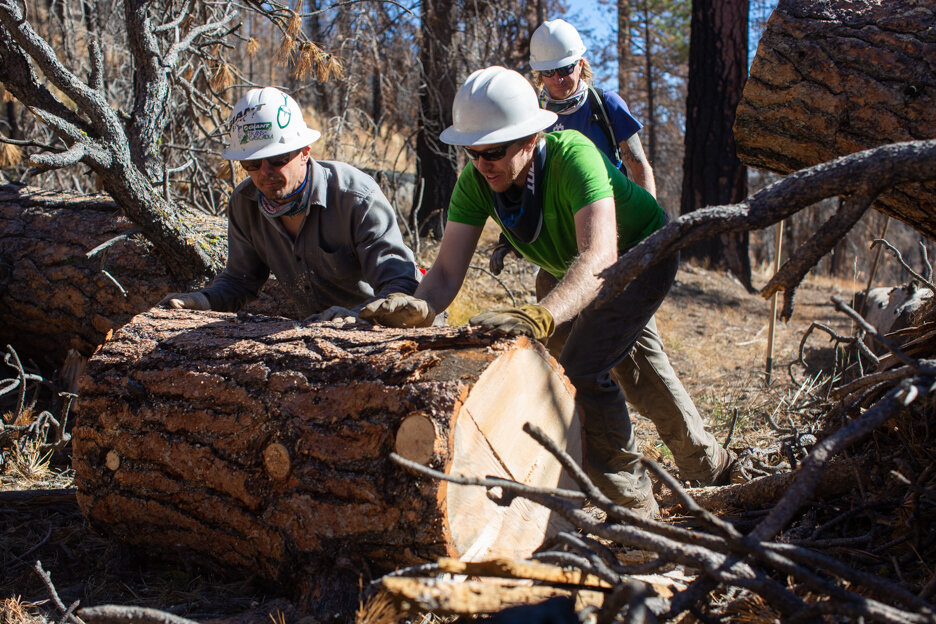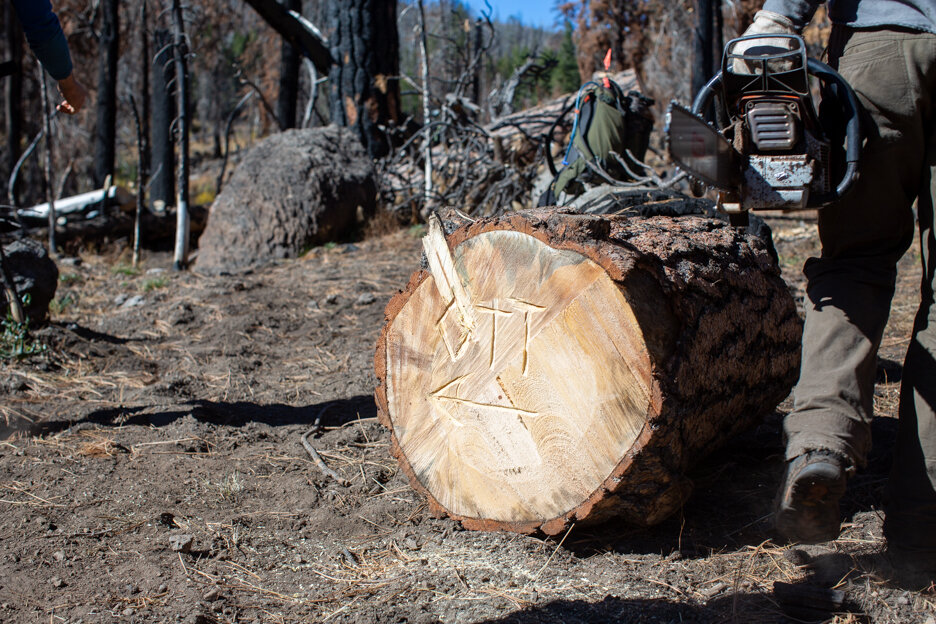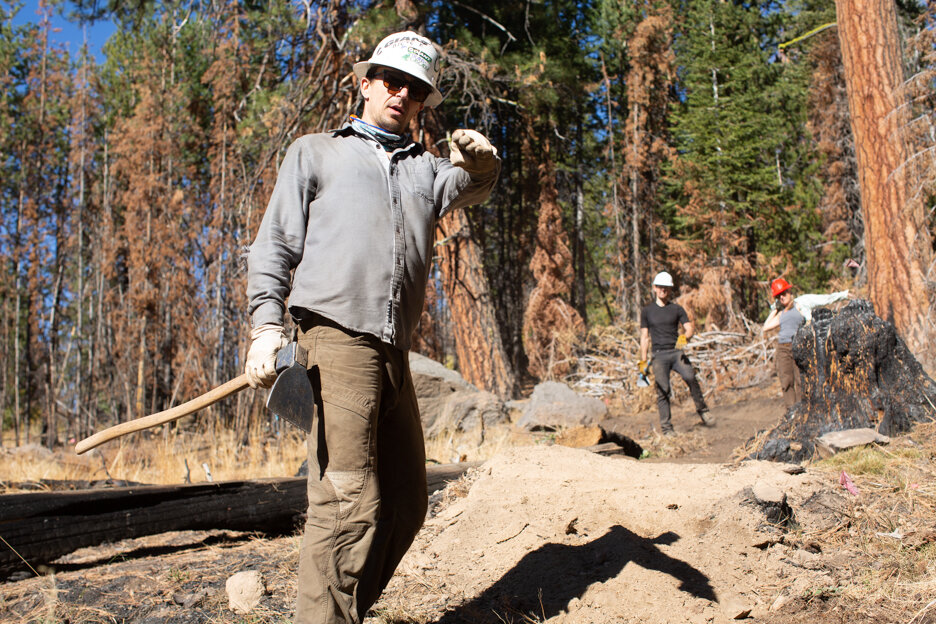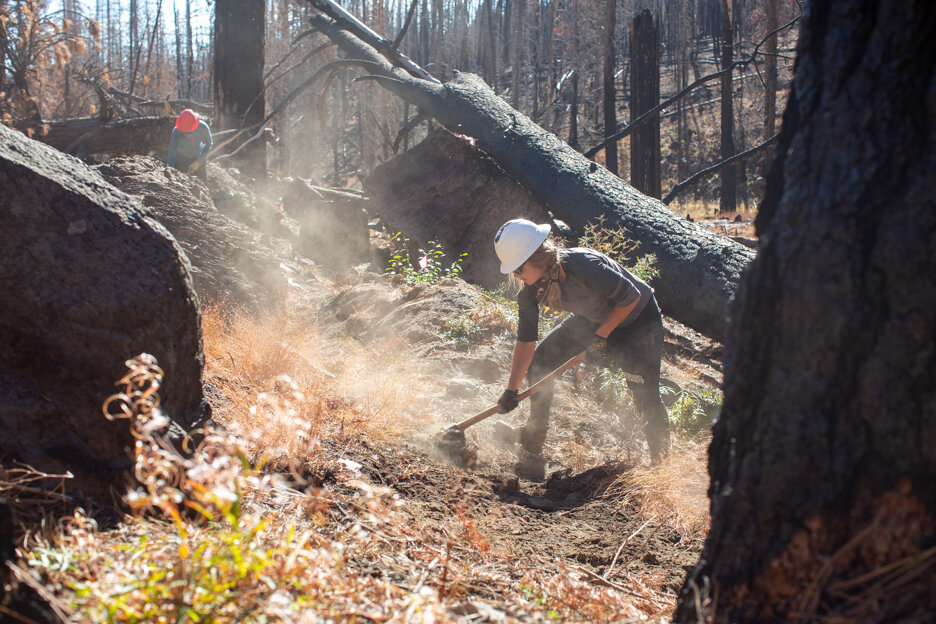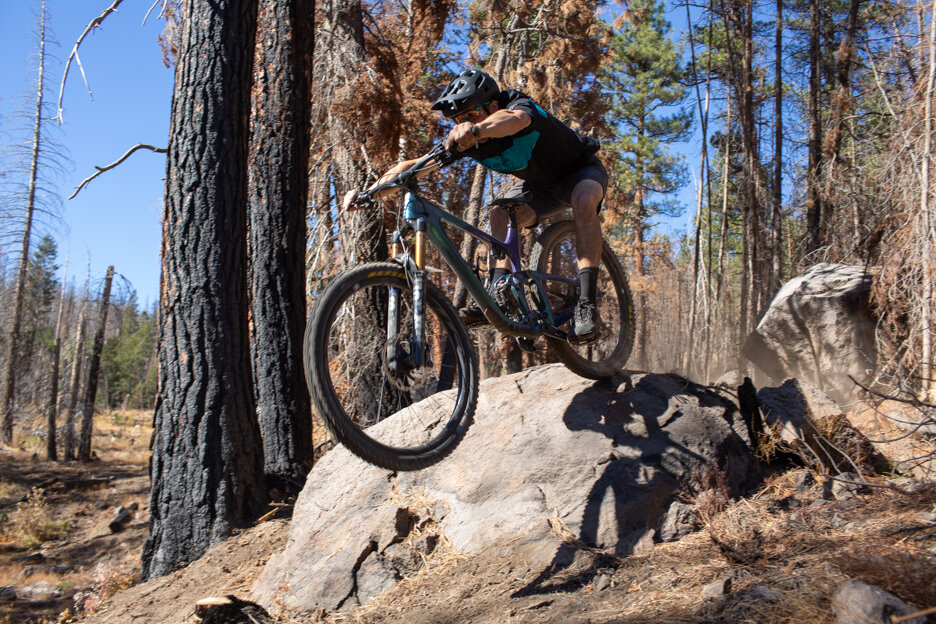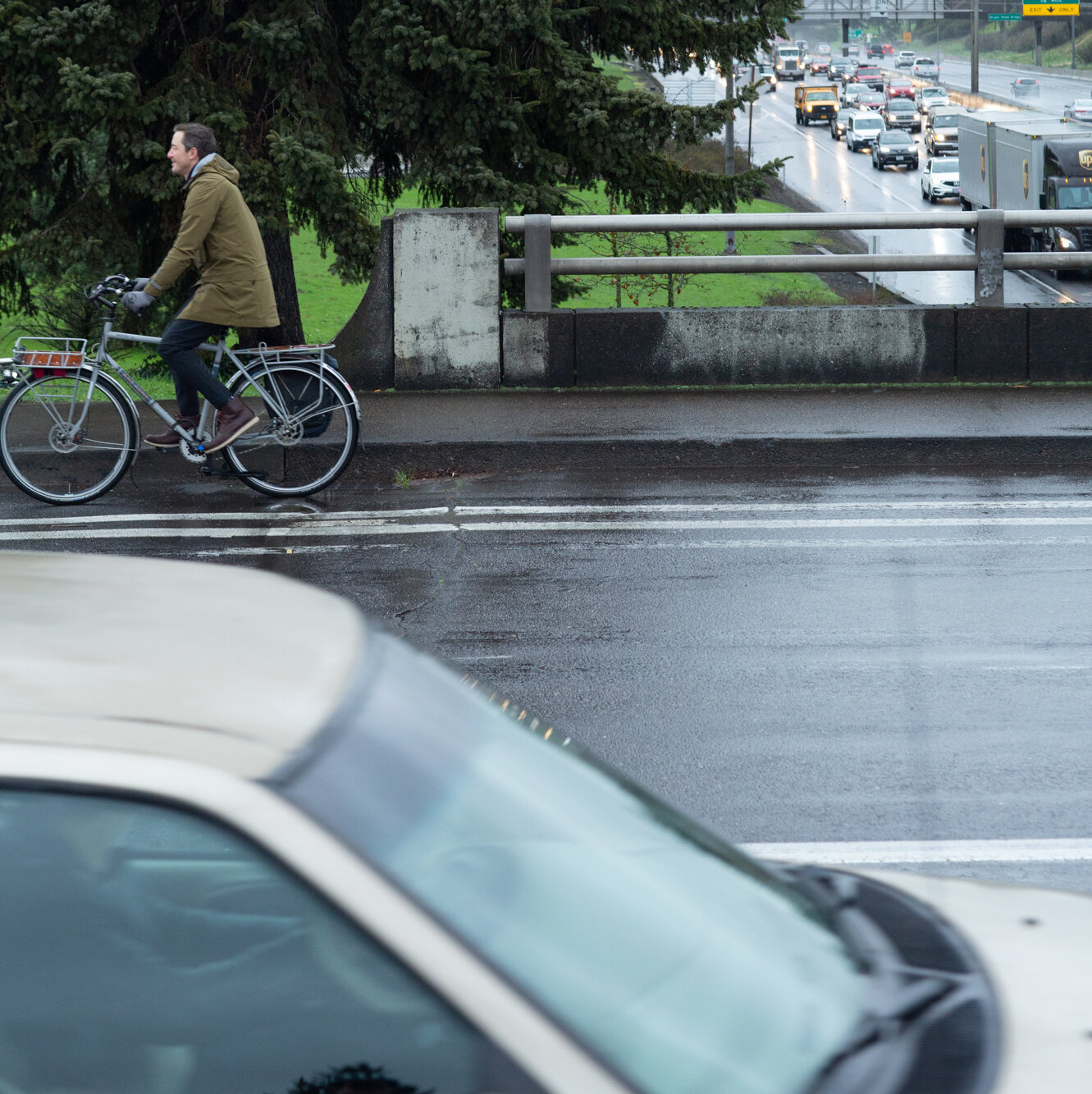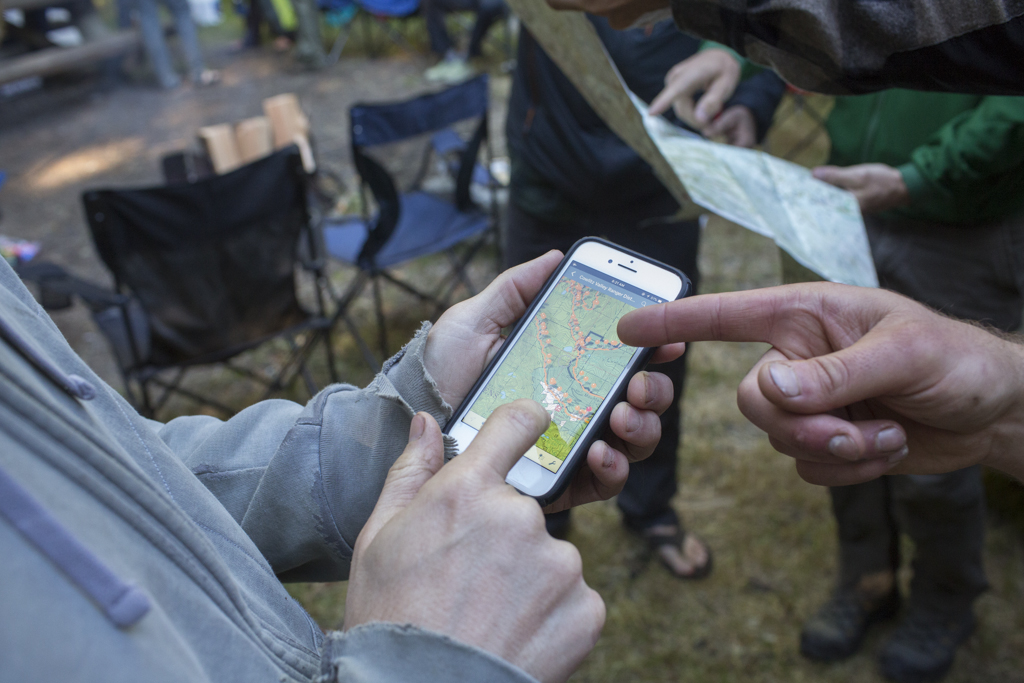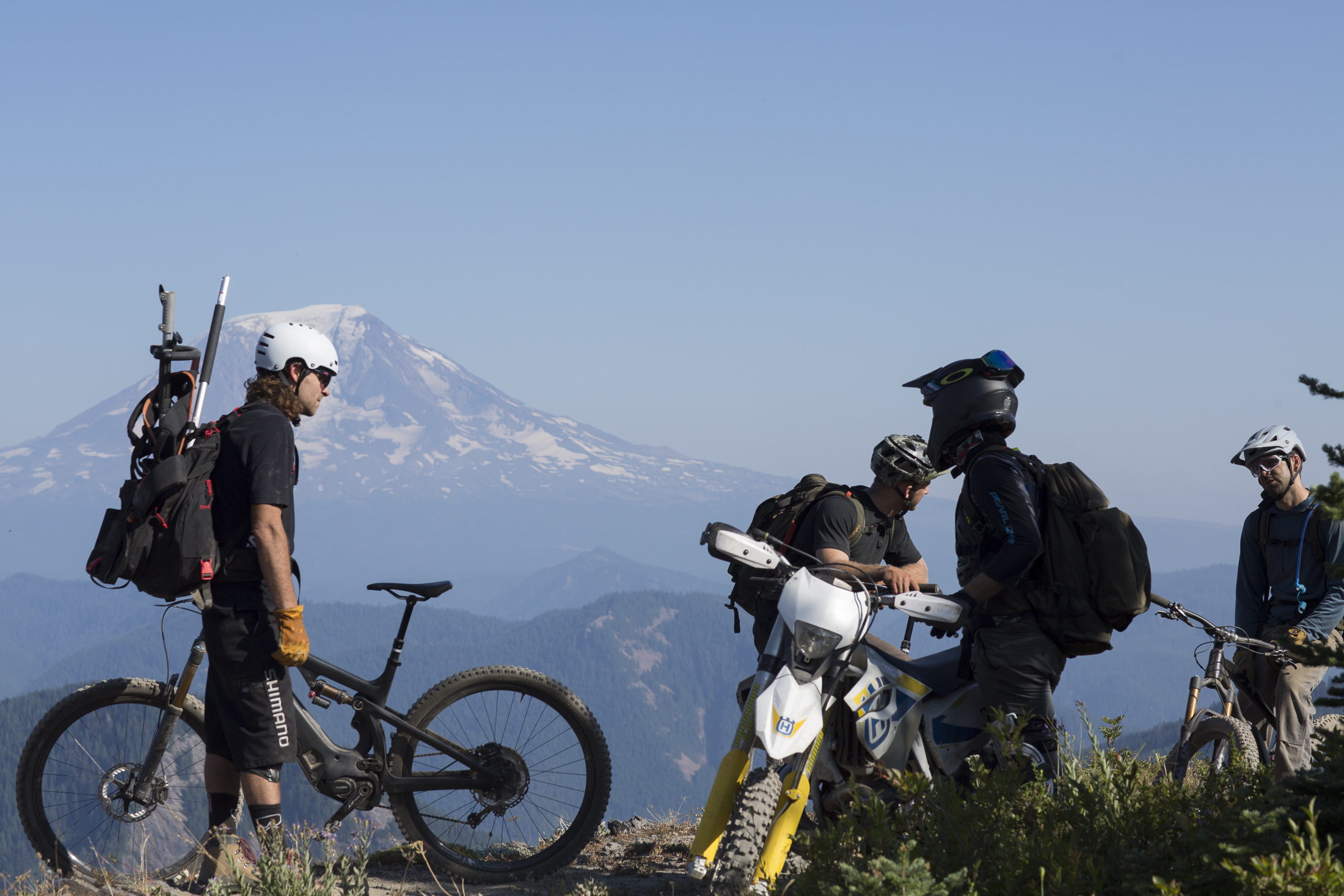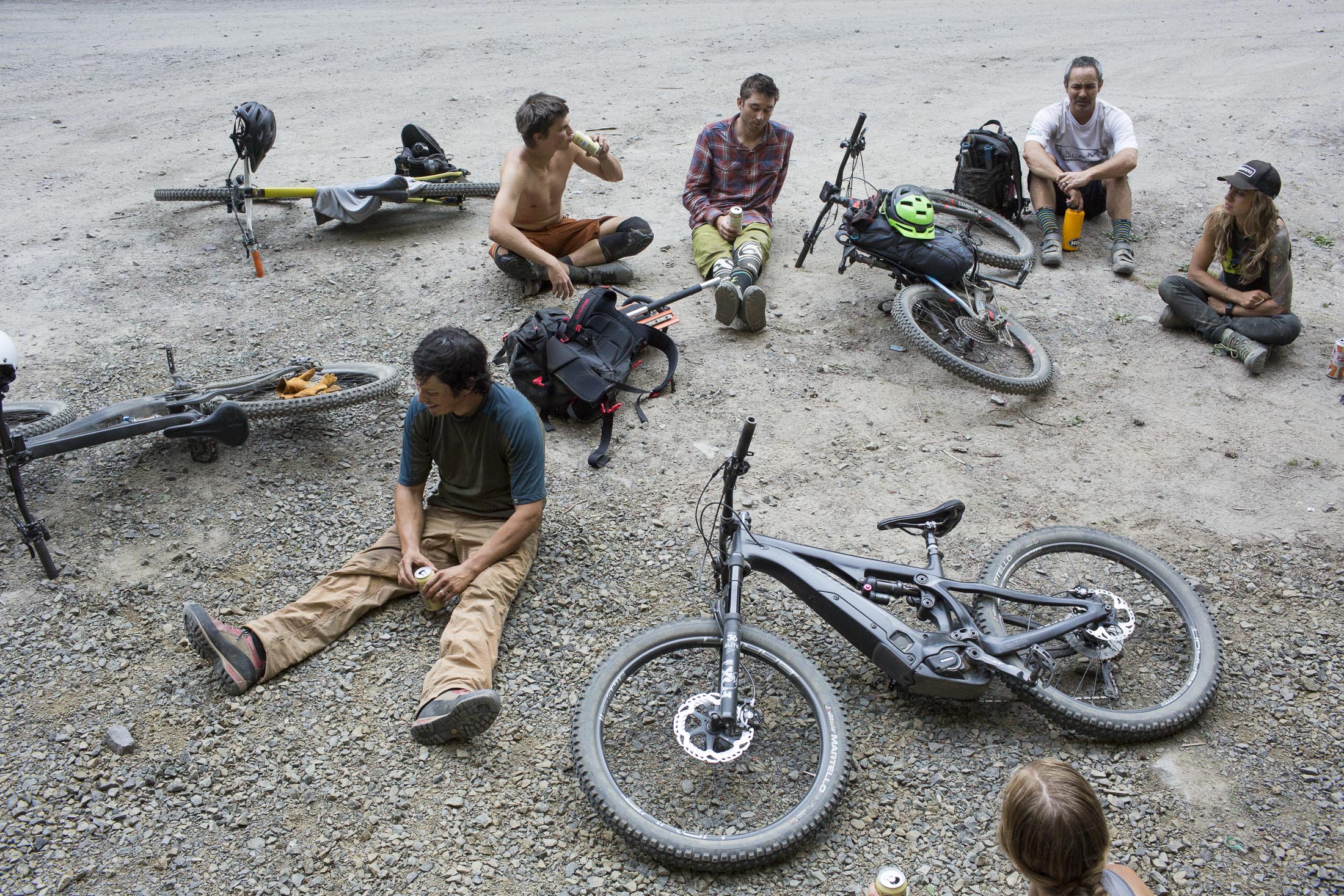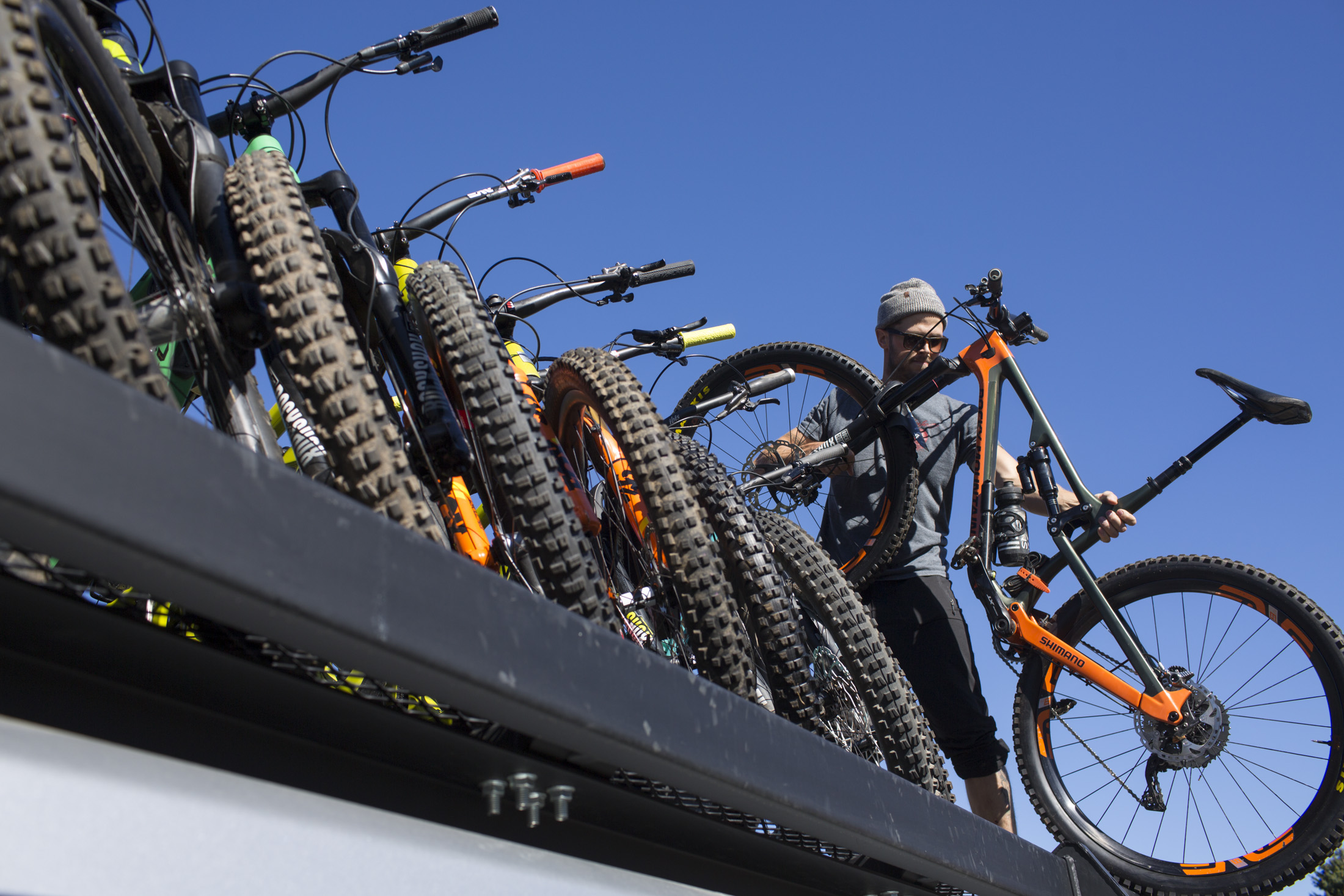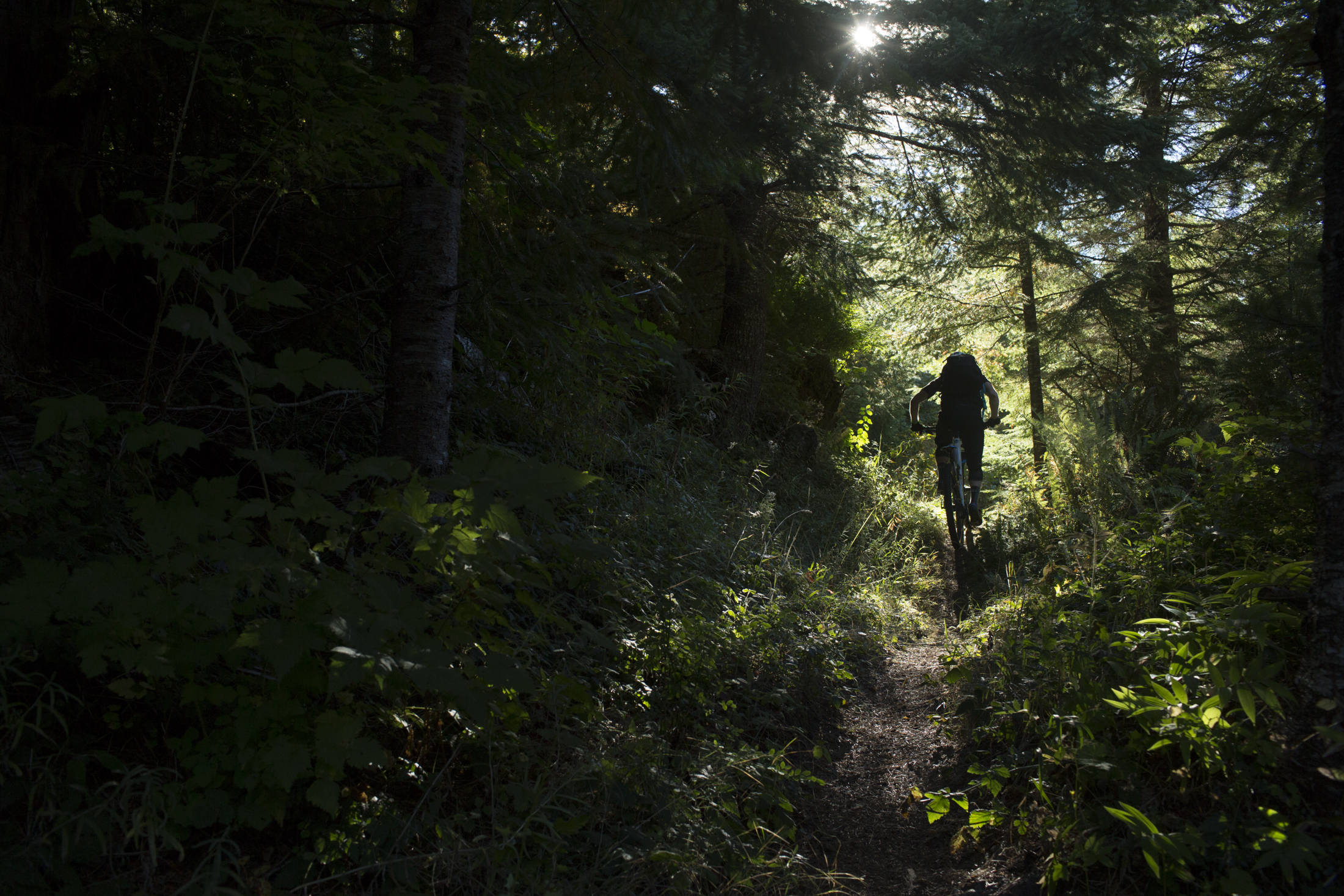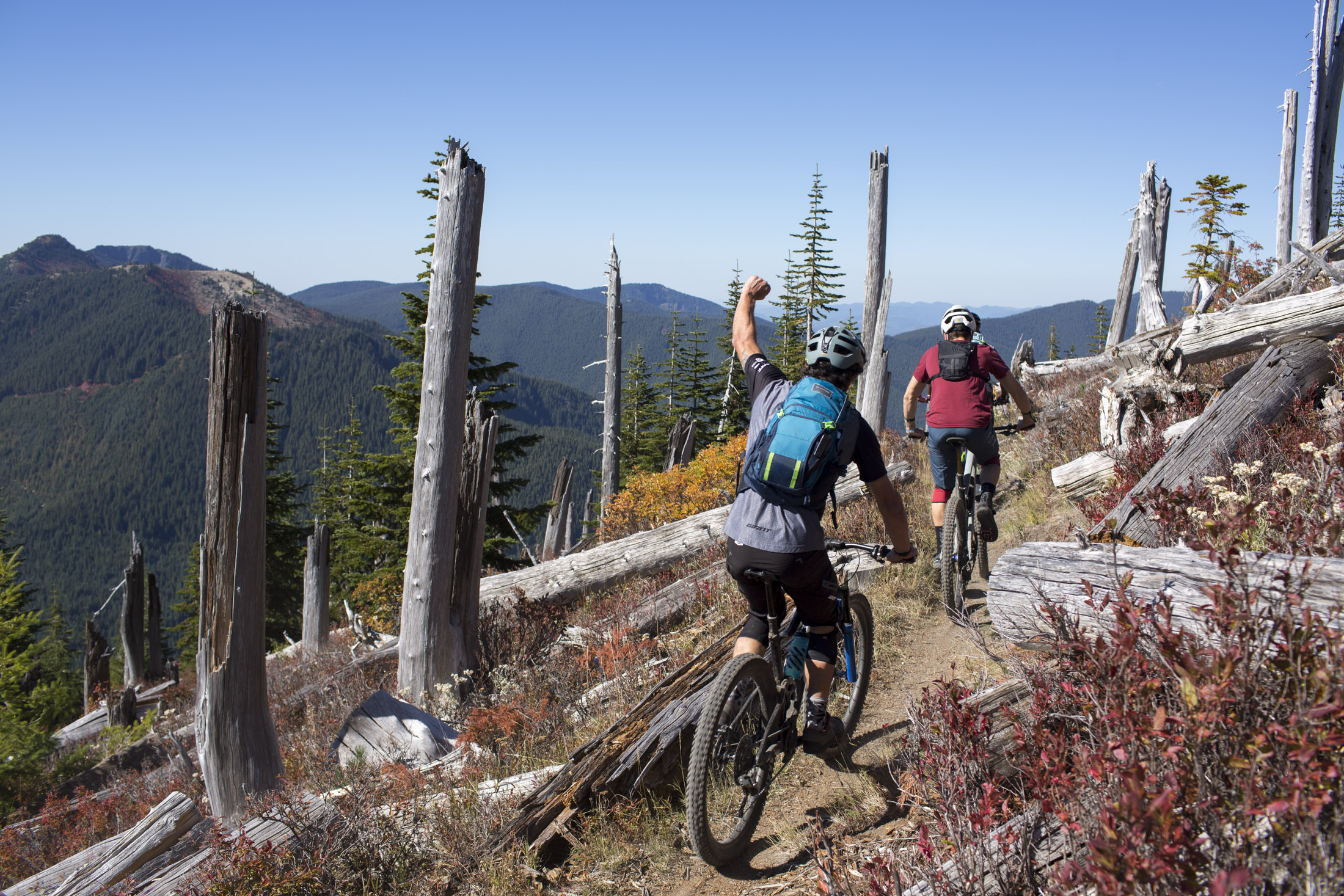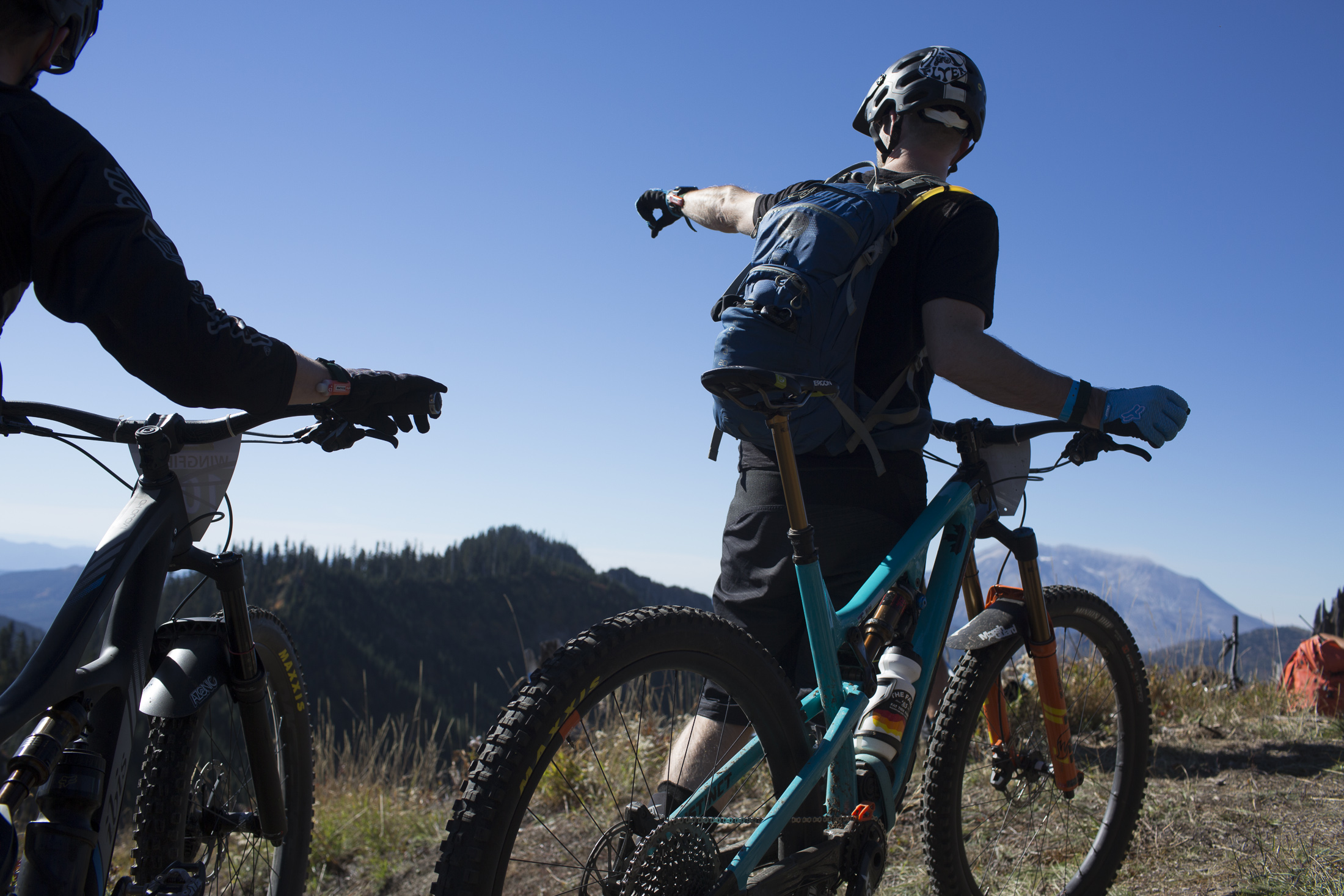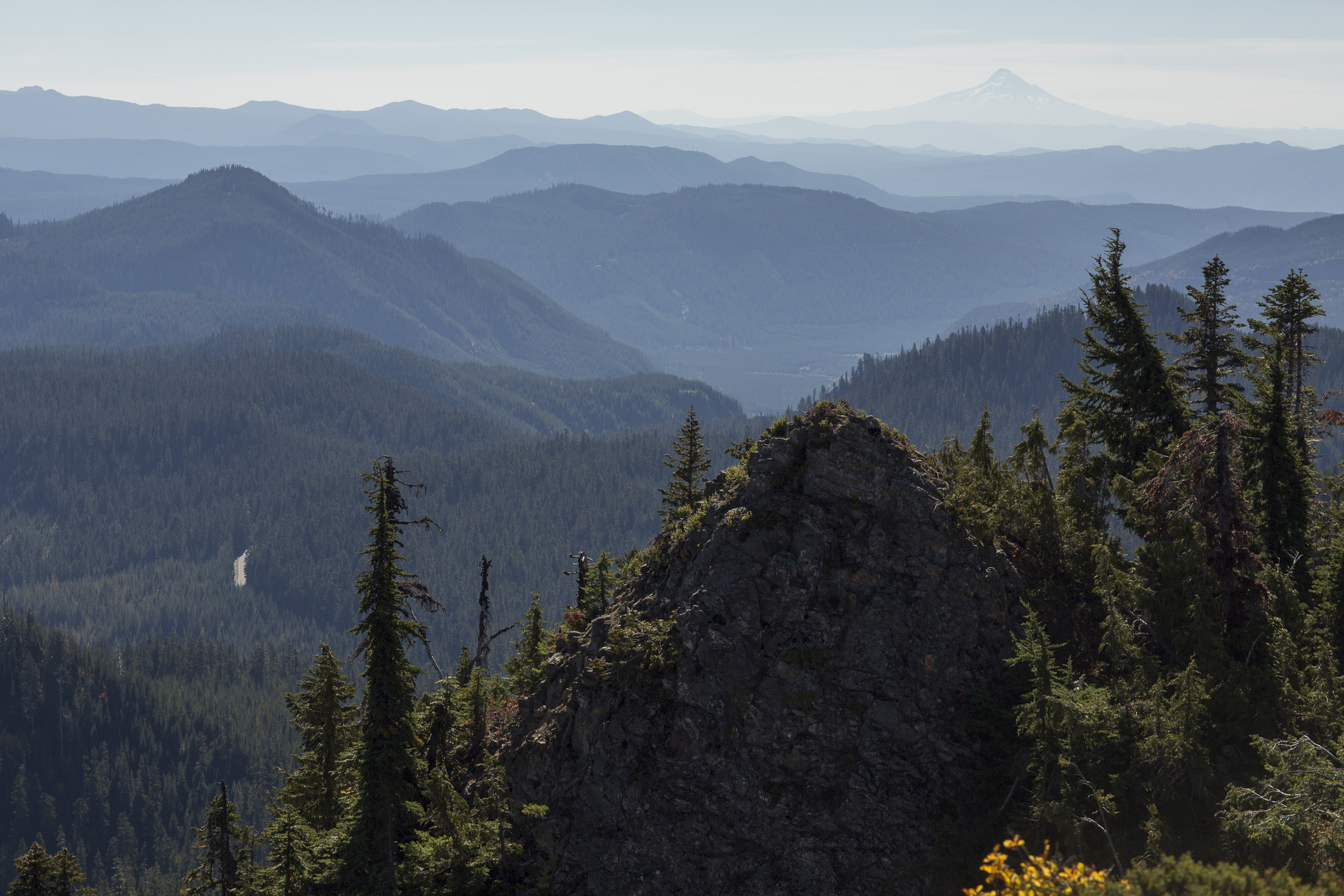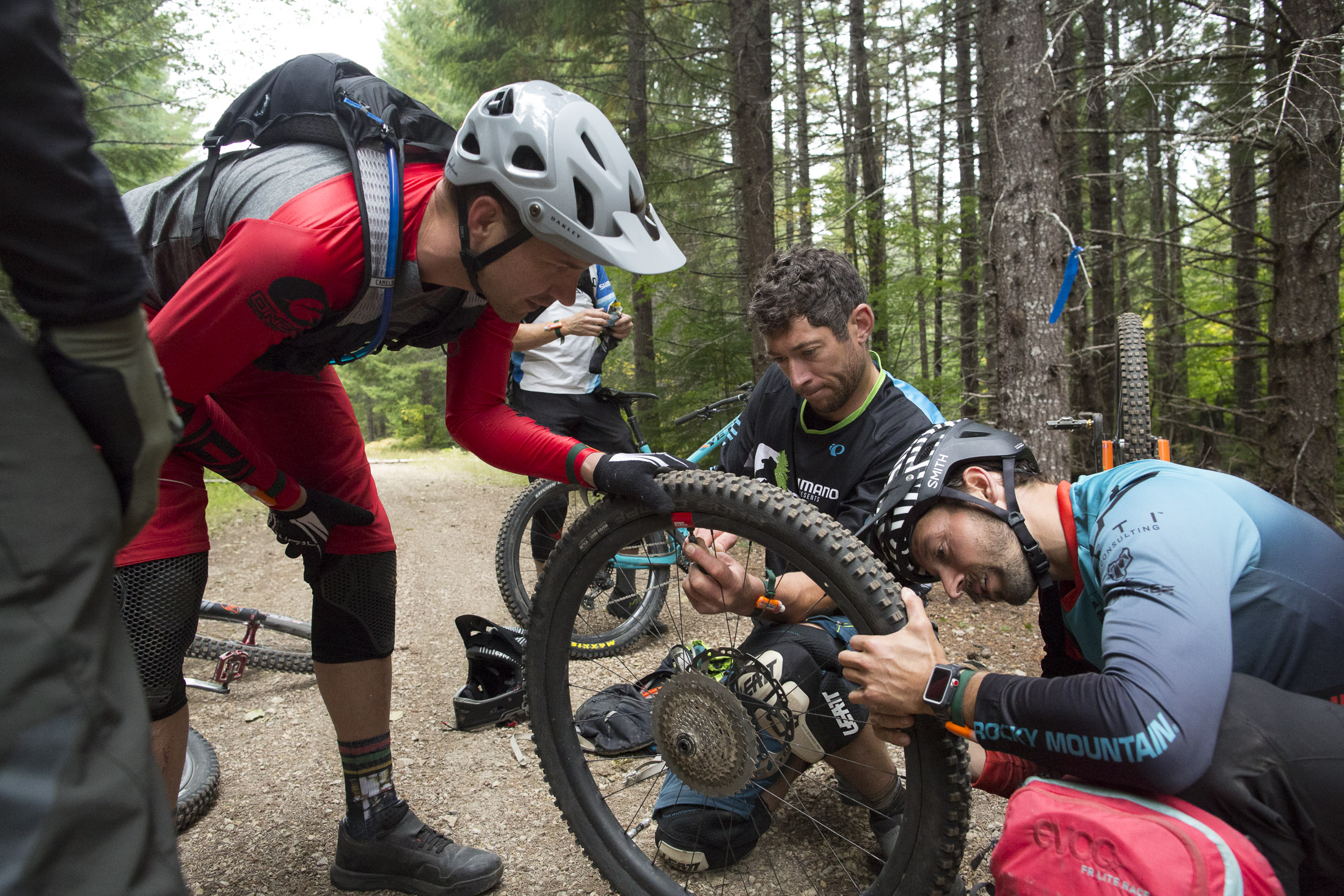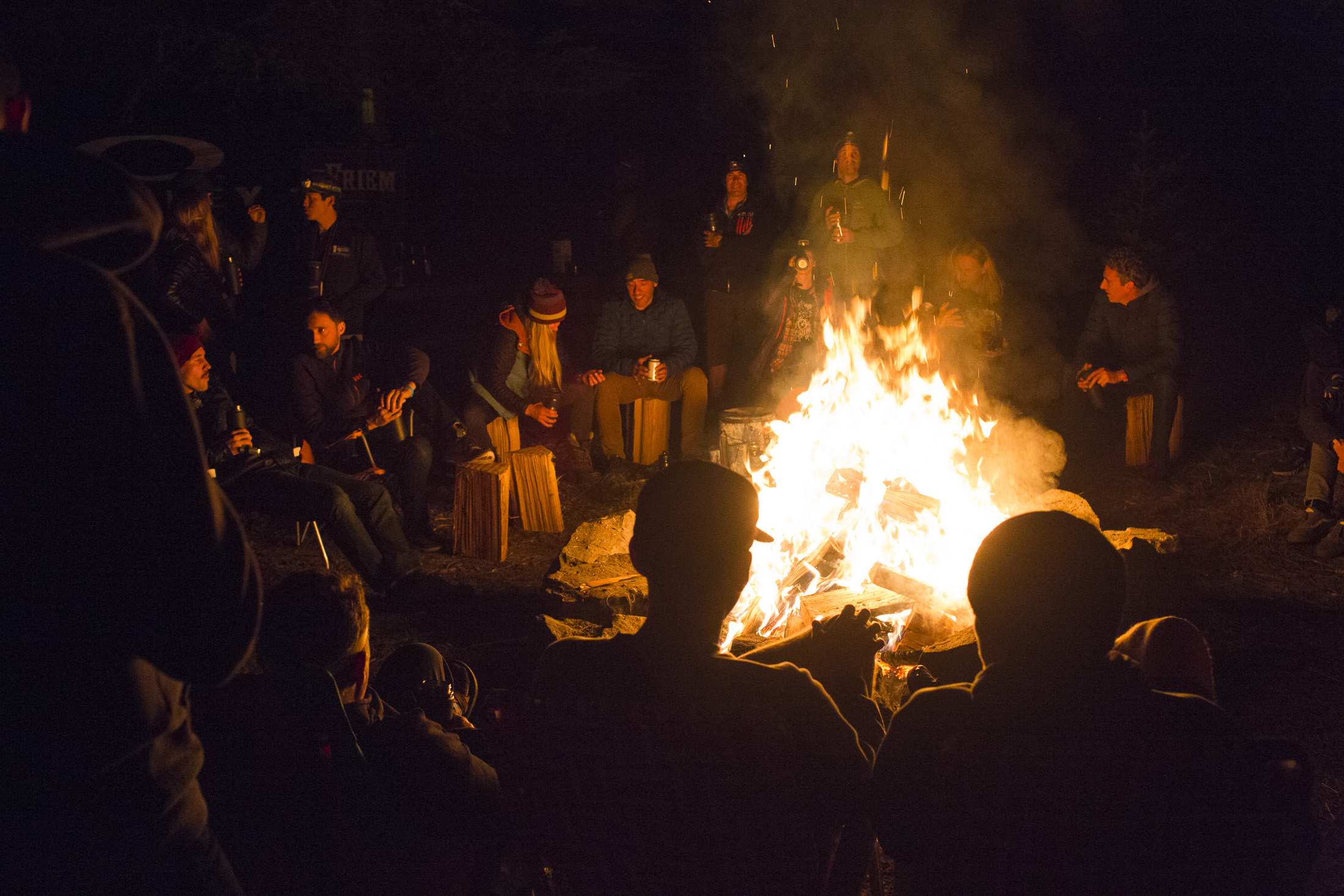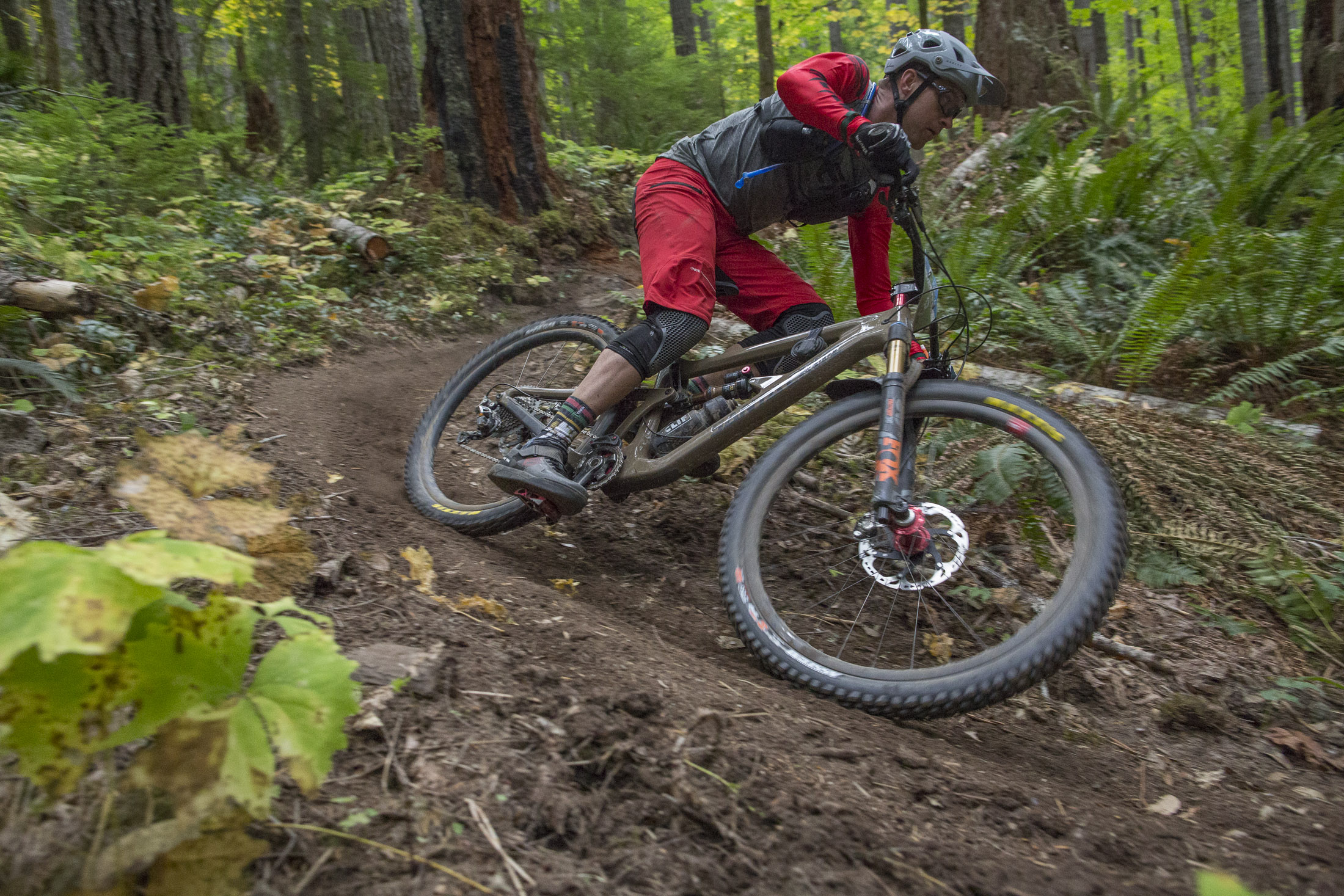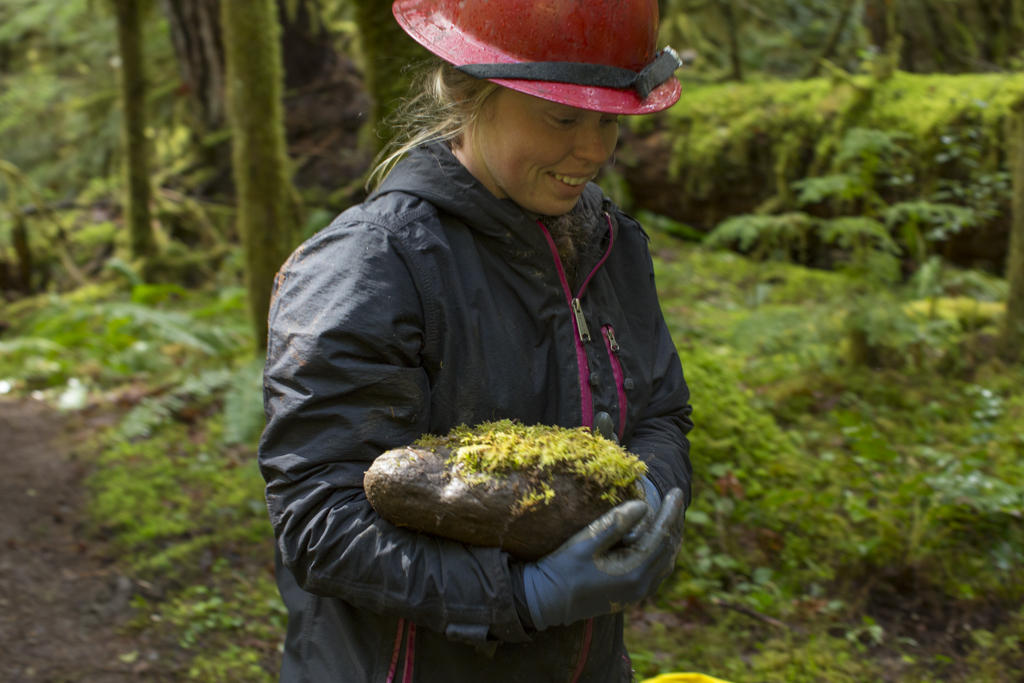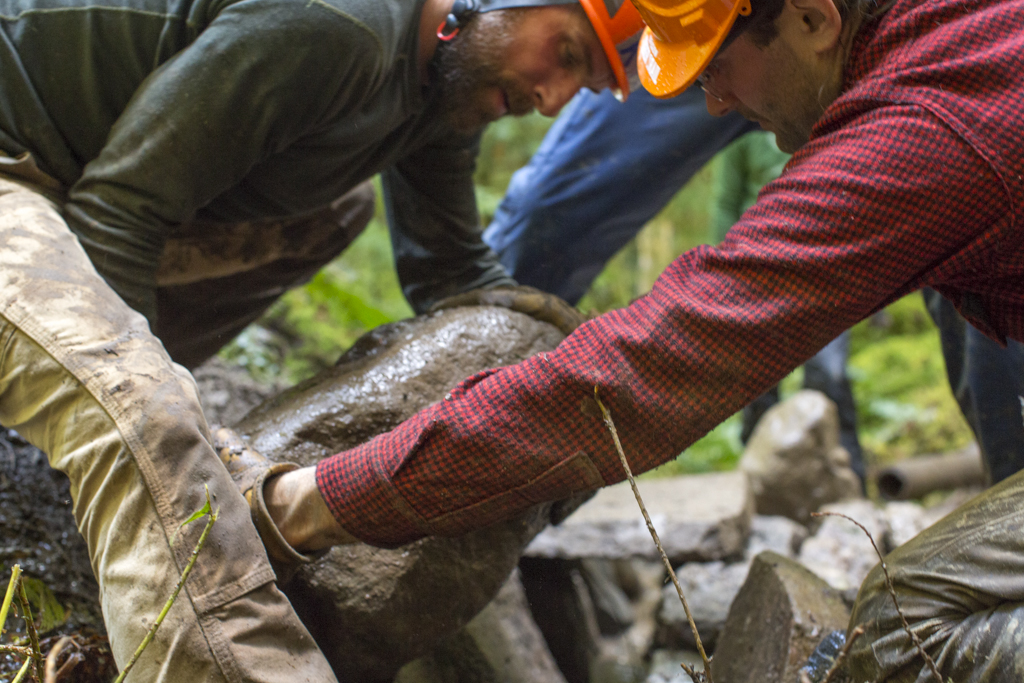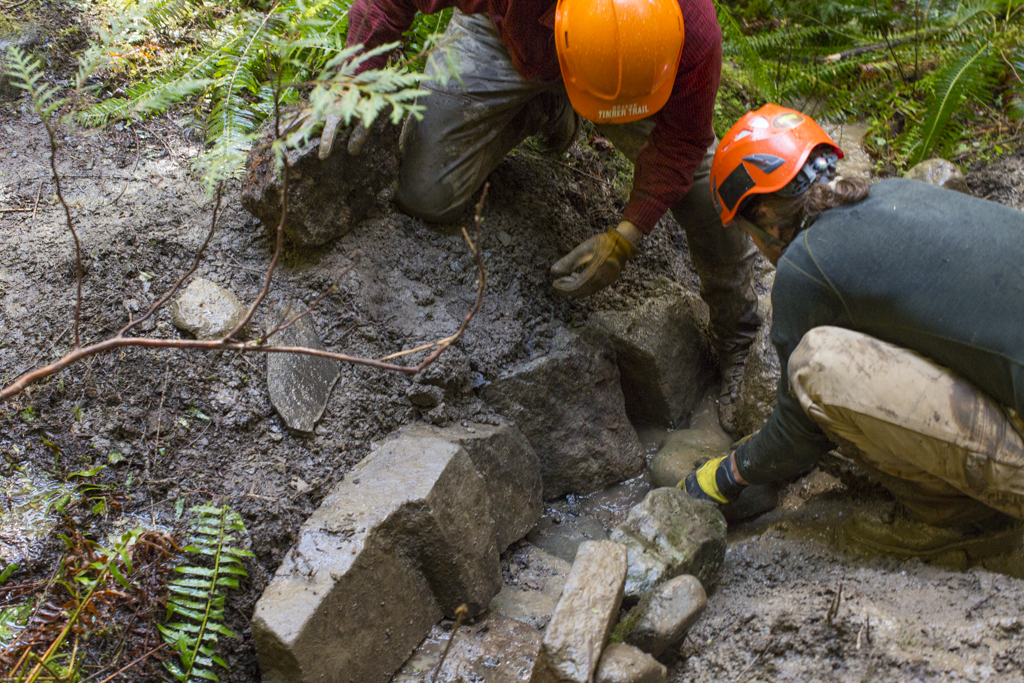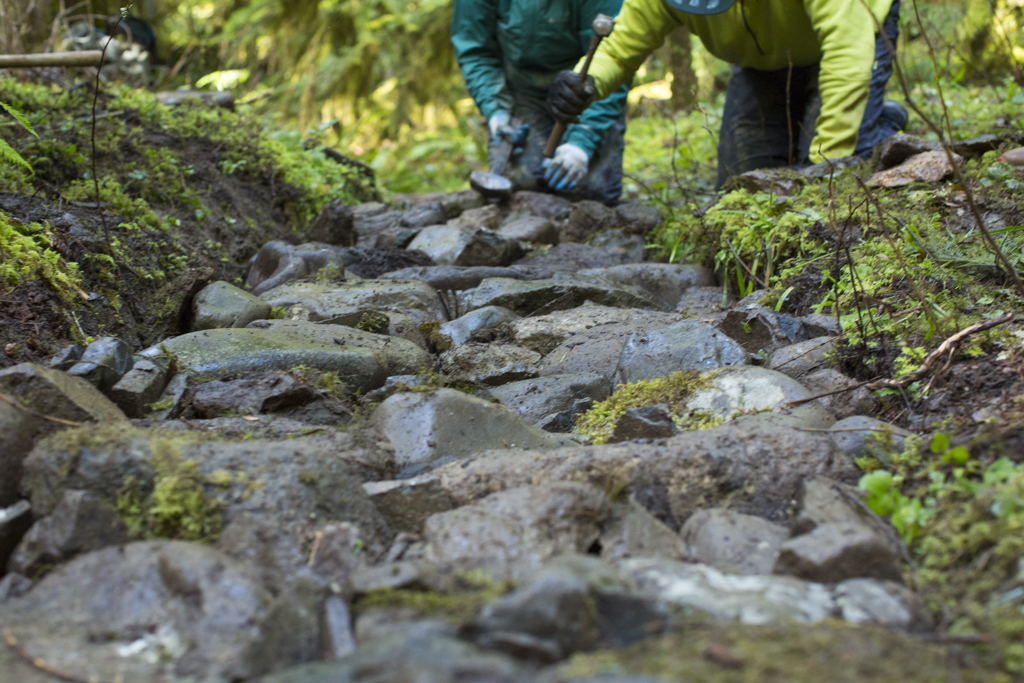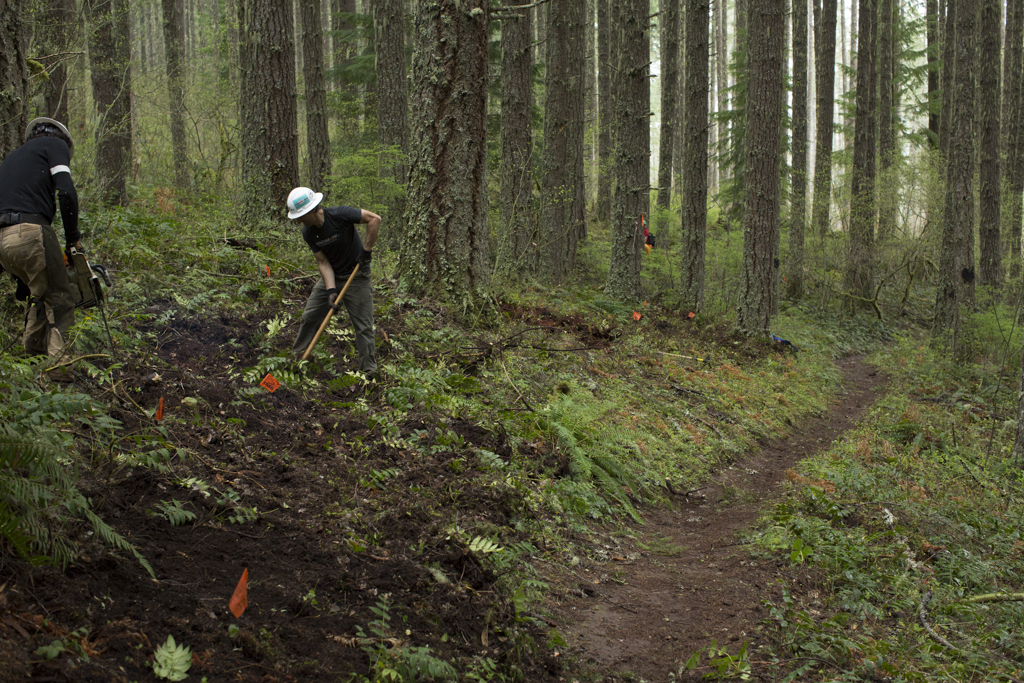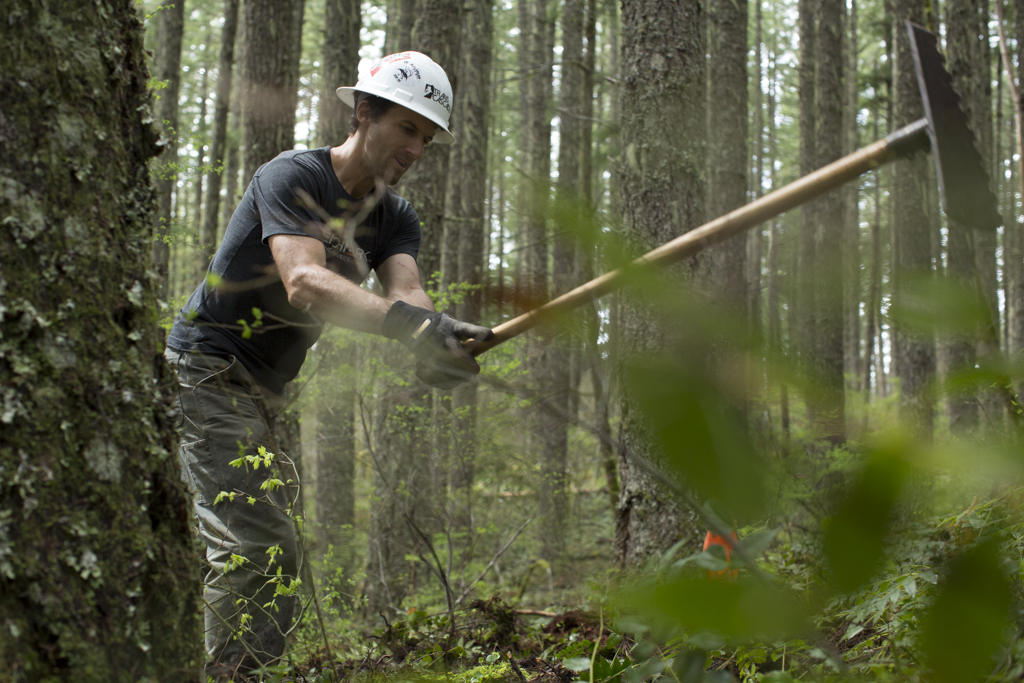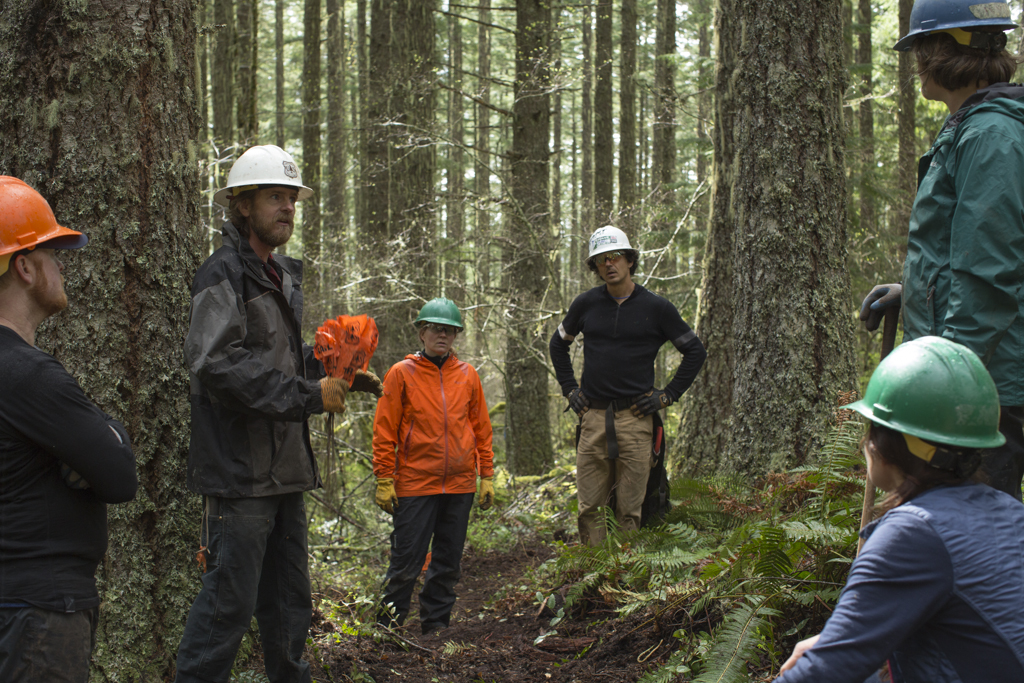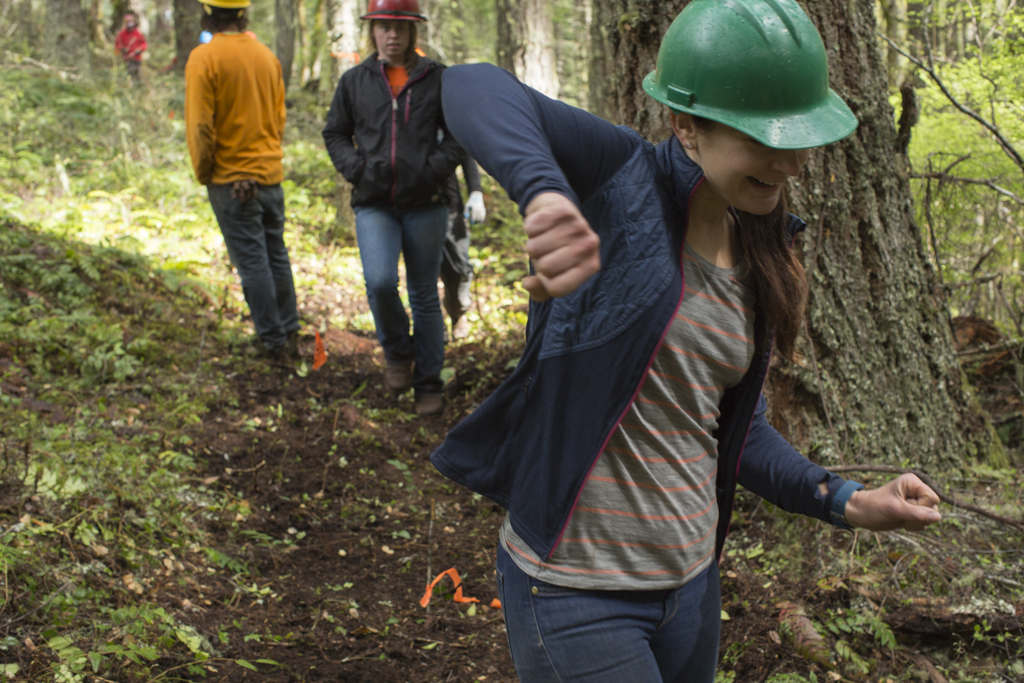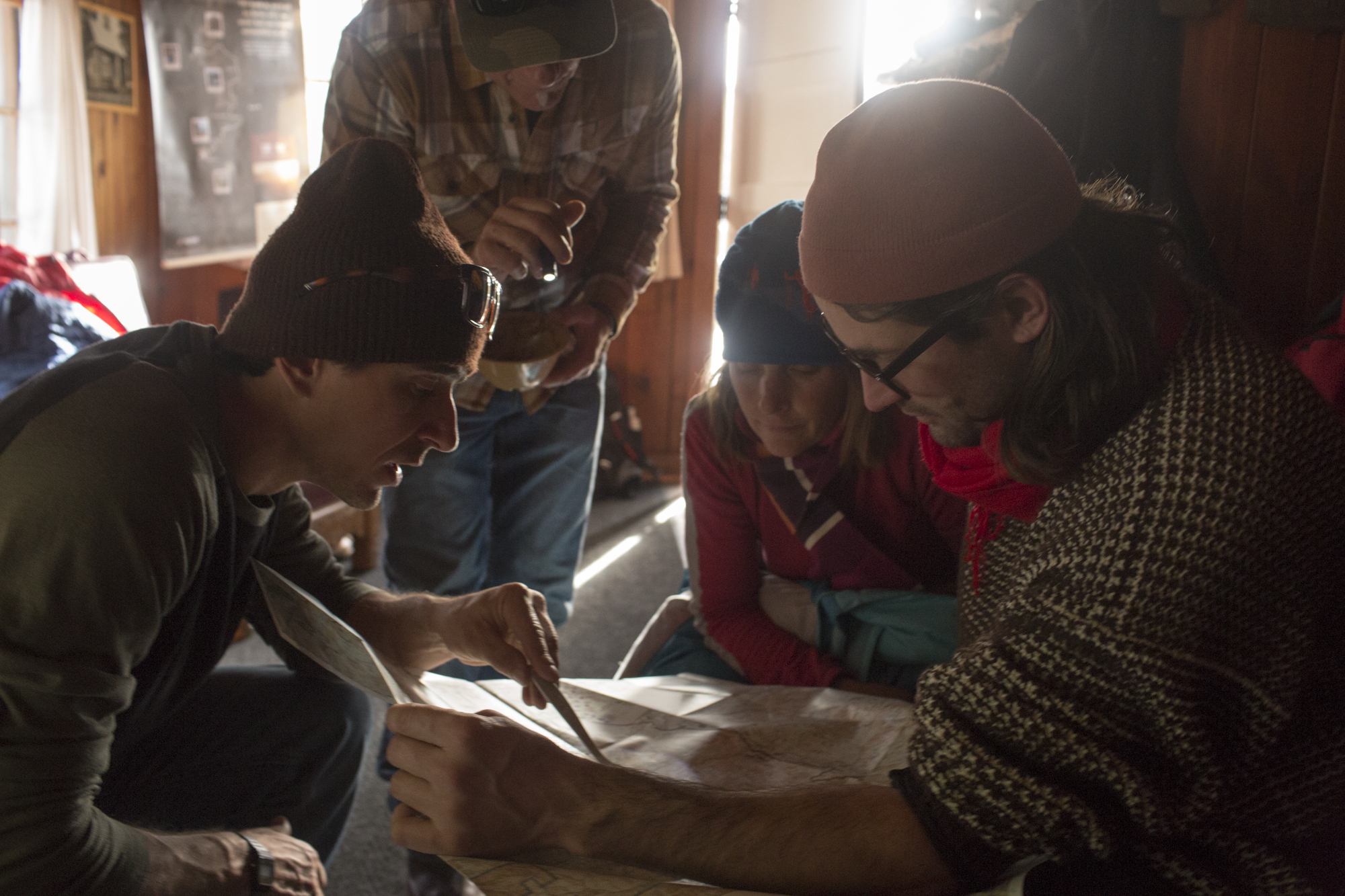Personally, I got tired with just “using” trails. I’ve been riding mountain bikes on and off for 30 years. It was time to give back a little more. Luckily for all of us, the Oregon Timber Trail is 670 miles long and much of it is remote and in certain sections are in disrepair. The Forest Service does its best to maintain the trails that get constant use – but they have much more work than they can do every year and they rely heavily on volunteer labor. Also lucky for the Forest Service, is that mountain bikers are motivated and they’re usually pretty fit and have no problem doing the work – get this, they even see it as a fun challenge.
So, we all gathered at Tired Dog Ranch Friday night. Tired Dog has been an oasis in Oakridge for events like The Cascade Cream Puff and Trans-Cascadia. Sally Harmon is the owner and she very much goes out of her way to make sure her guests are happy. We rented the Cascadian cottage, which turned out to be a perfect place for our group meals. Hannah Carlos, who will be preparing food for upcoming OTT trail work parties kept everyone well fed with delicious dinners.Base Camp, 10 Barrel and Humm Kombucha were kind enough to provide liquid refreshment. Friday night everyone gathered at the cottage, and got to know each other a bit.
Saturday morning we awoke to a beautiful spread of oatmeal, yogurt, fruit, and all the fixings, and of course mugs of Stumptown coffee. We love our morning coffee! Sandwiches were prepared to go, and we all made our way down the road to Greenwaters Park where we would start the day with a classroom session led by Kevin. I think we were all blown away by sheer depth of what Kevin got into. USFS is always very focused on safety, so Kevin got into details of situational awareness, communication with dispatch (Eugene if you’re working in Oakridge) and how to communicate in an emergency situation. We learned about trail alignment, how to shape climbing turns, and stone pitching among other things. Ultimately we learned about a trail building and maintenance philosophy that is light-handed and creates a backcountry feel.
We learned the three basics, which are: 1. Log-out specs – those bucking logs should consider if there is a need to “corral” the trail, meaning you don’t necessarily cut out a down tree to the maximum width – maybe you want to reduce riding speeds at this point in the trail, so you have the option to leave the trail a bit narrower. The rule of thumb is when you are standing on the ride line with your arms outstretched, whatever you can touch should be cut. We also learned to ride the line in your mind – imagine where you might be leaning your bike and possibly need more room on a log cut to avoid broken knuckles. Finally, get your rounds at least five feet off the trail. 2. What are the brushing specs? You need to consider the sight lines on corners. Do you want to brush the fill slope or not?
Just when our minds were about to explode and we were no longer to retain any more information, it was time for lunch. After lunch we loaded up and went to one particular trail that had some drainage issues. In one spot, the trail was worn down and rutted, so one group harvested rocks to fill in the low spot, with rocks laid on end, with sand poured in between the rocks to provide the cement. A second group rebuilt a culvert – the man made metal culvert that had been in use was too small and had become clogged, so our group dug it out and built a new, larger culvert from found rocks. We were all amazed watching it come together, digging out, scavenging for suitable stones, and carefully placing for maximum effect. It’s time-intensive work, but it all came together relatively quickly as jackets and Rubbermaid bins were put into use to carry rocks from the streambed and adjacent hill. In the end, we stood back and admired our new-found skills and realized the power we had to reshape and armor certain parts of these well worn trails.

